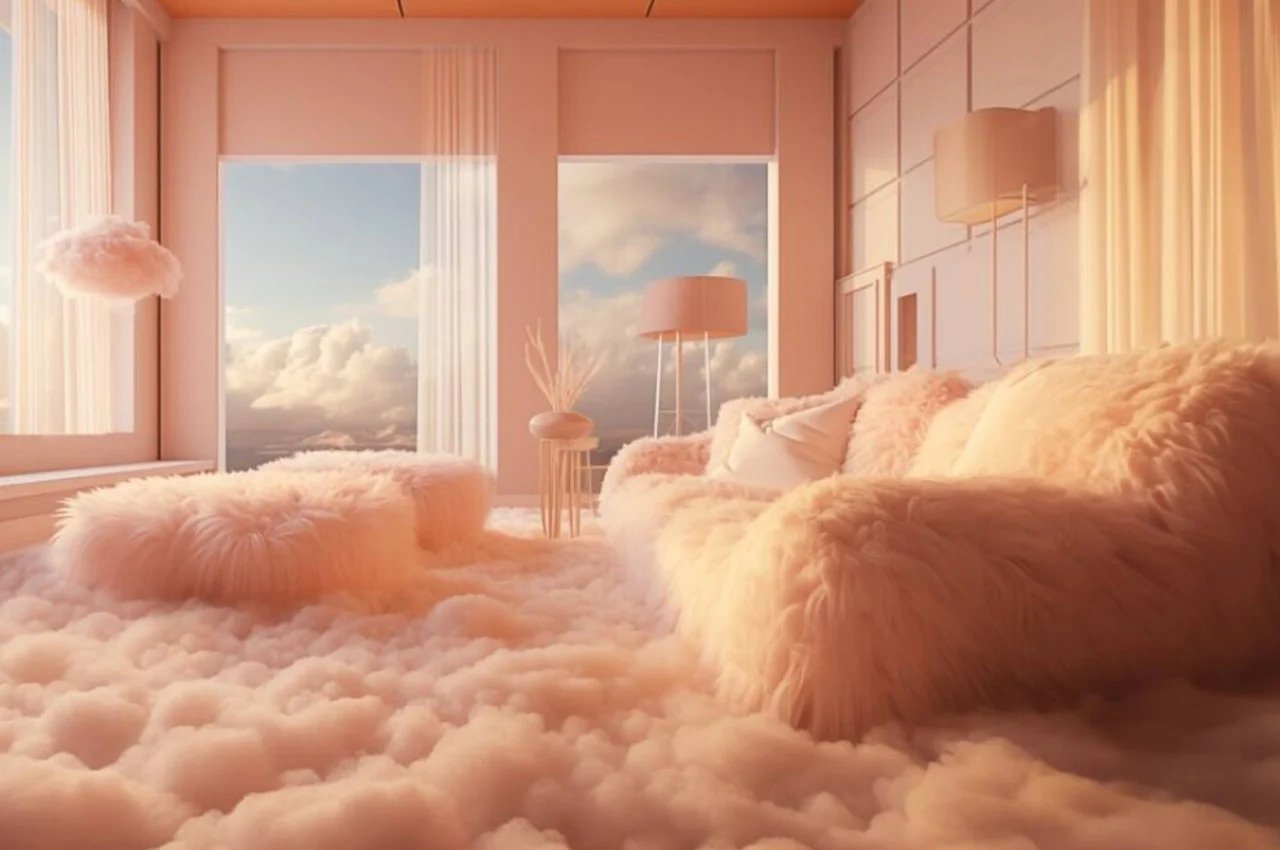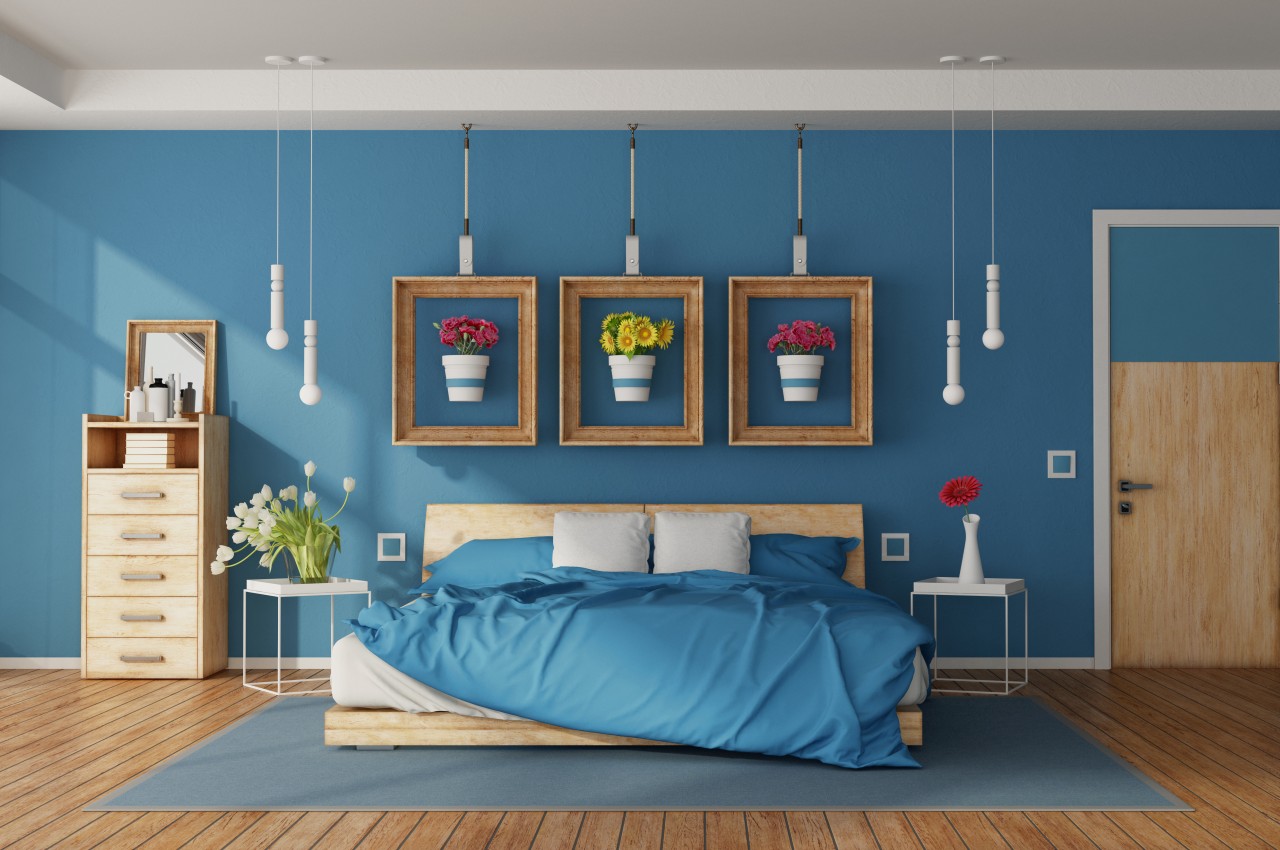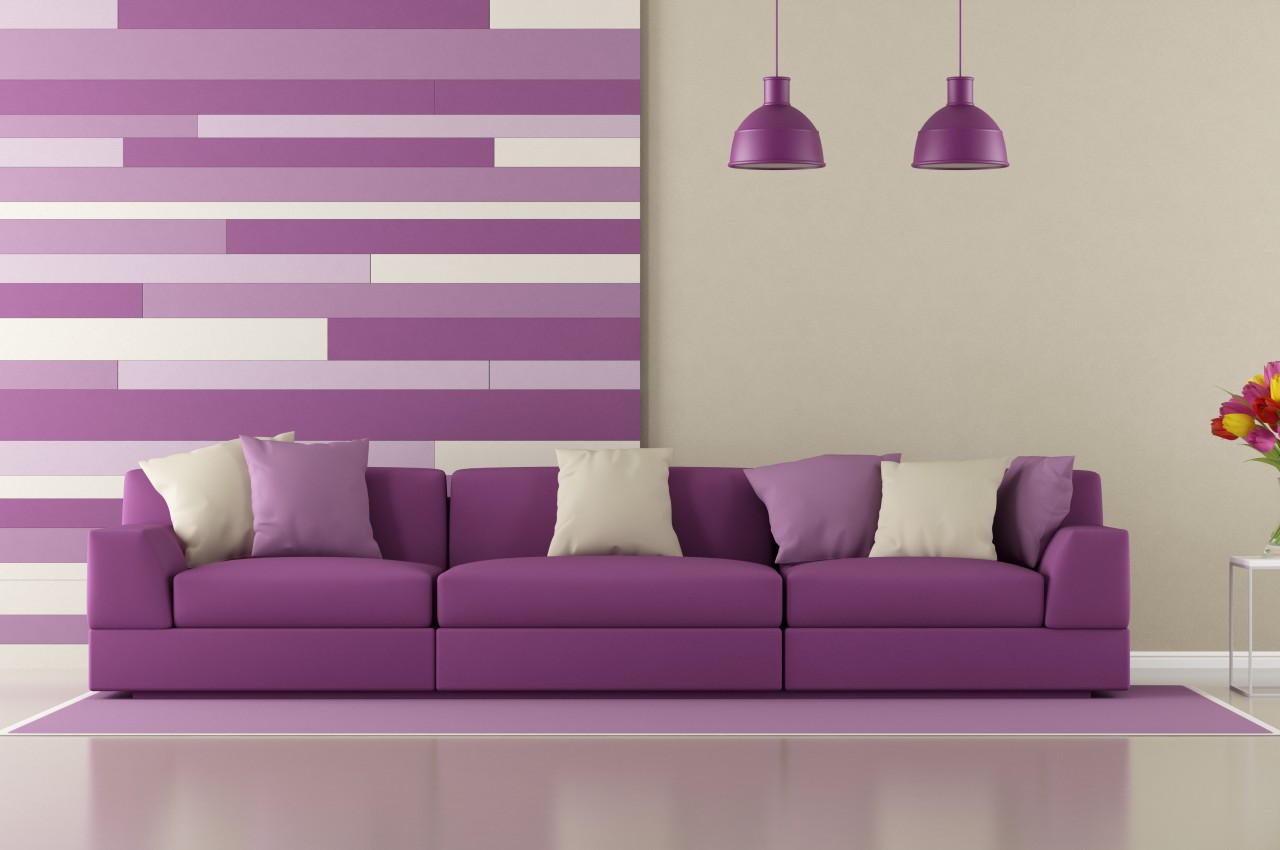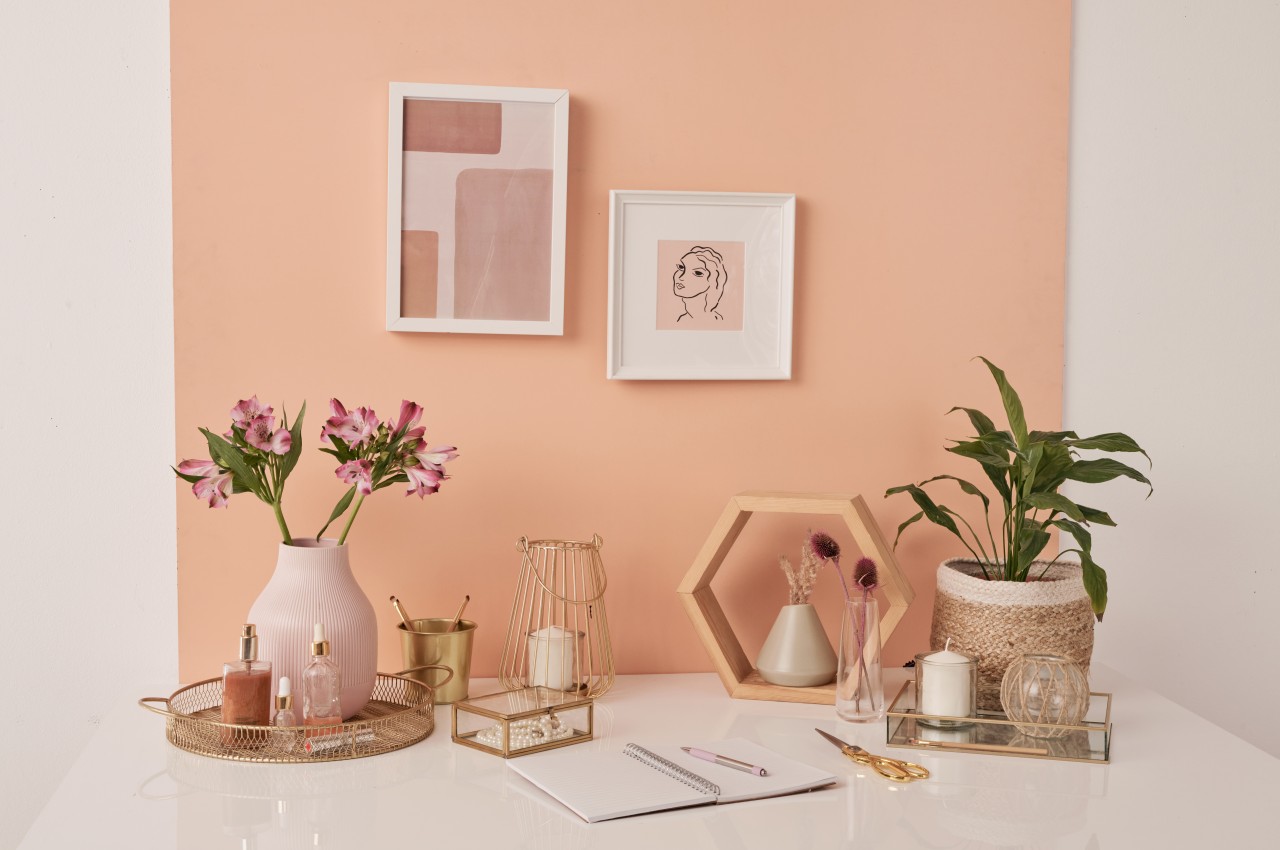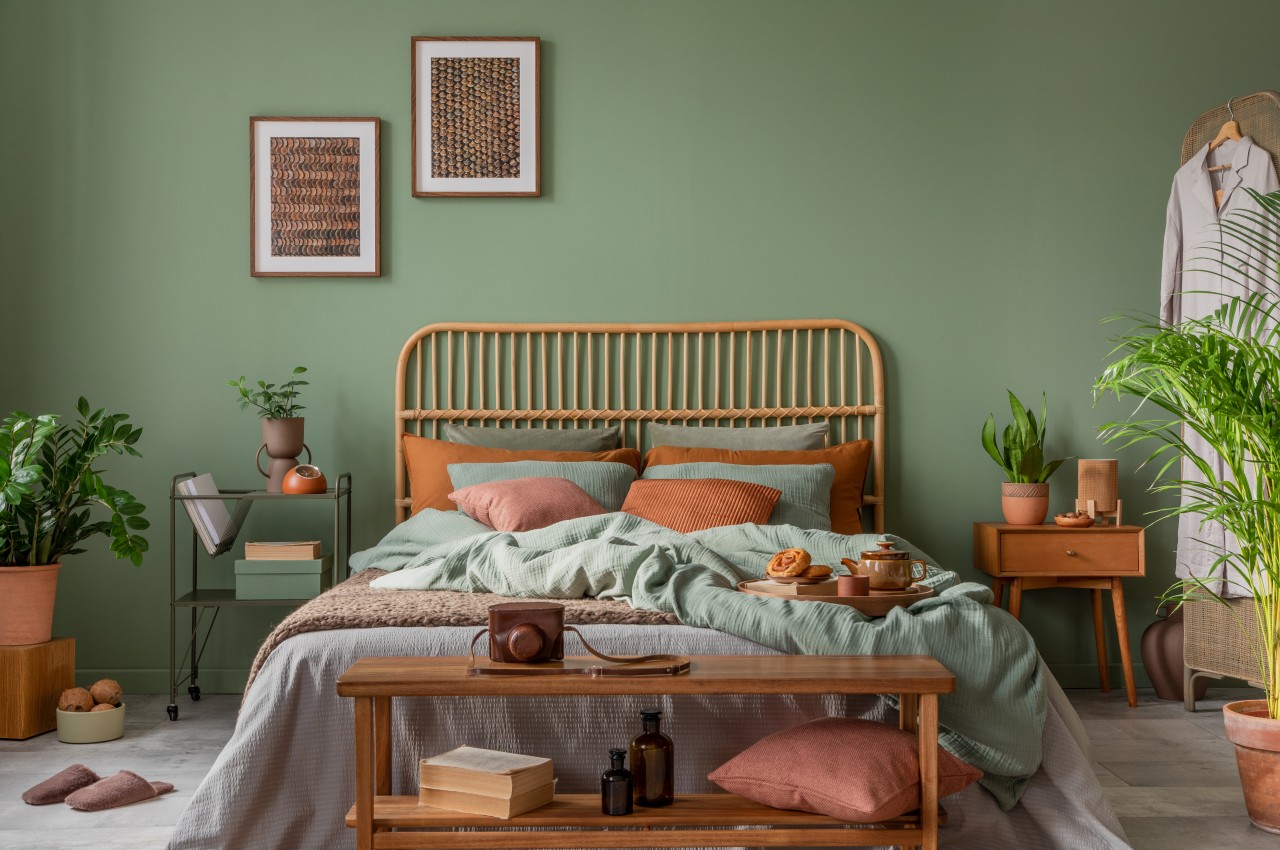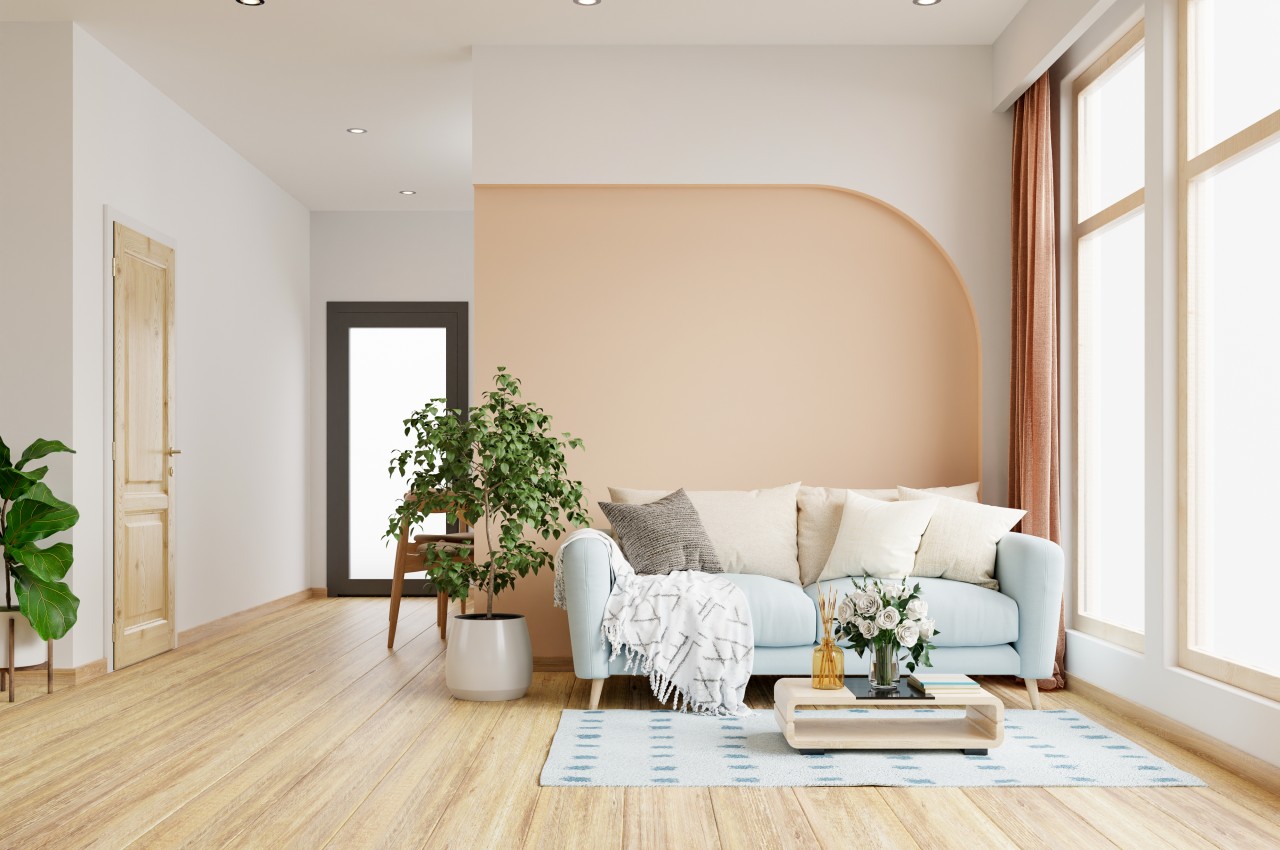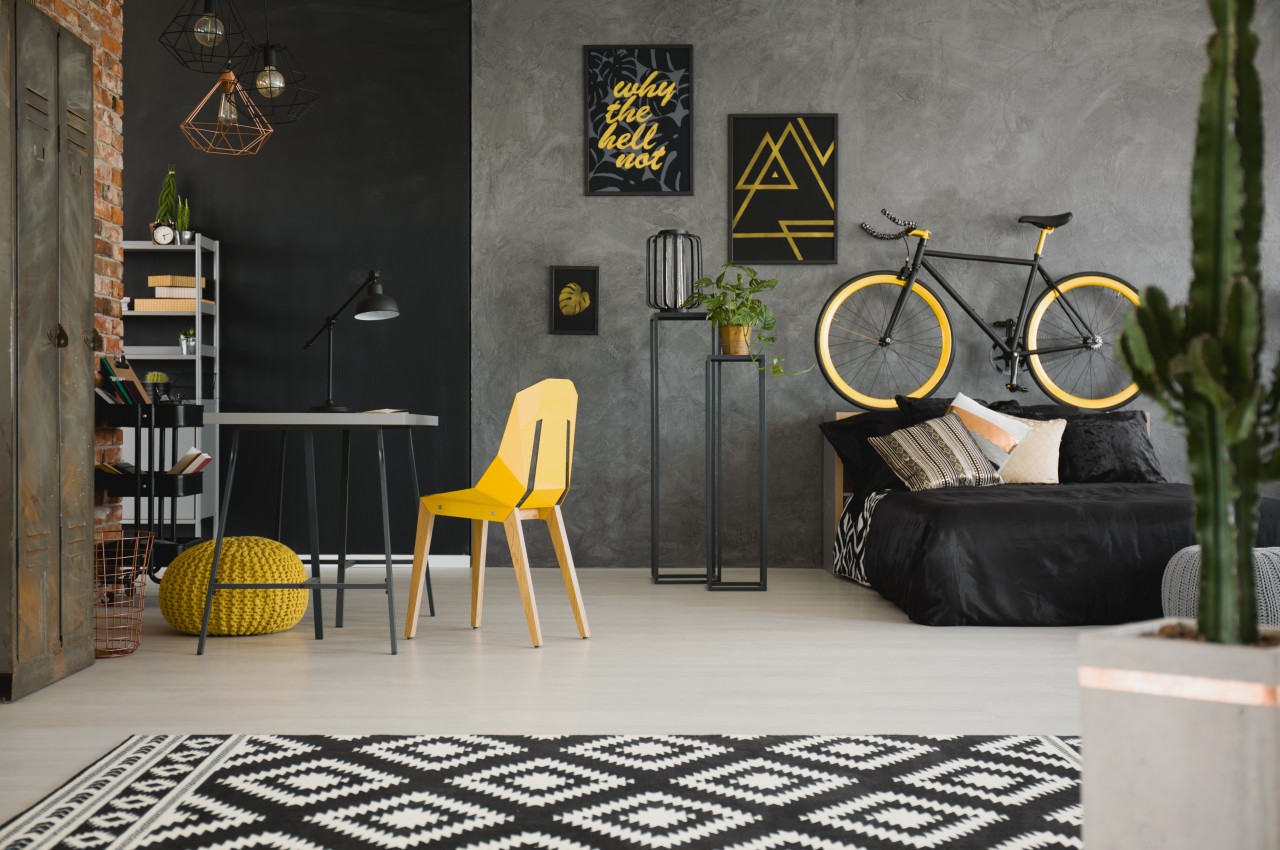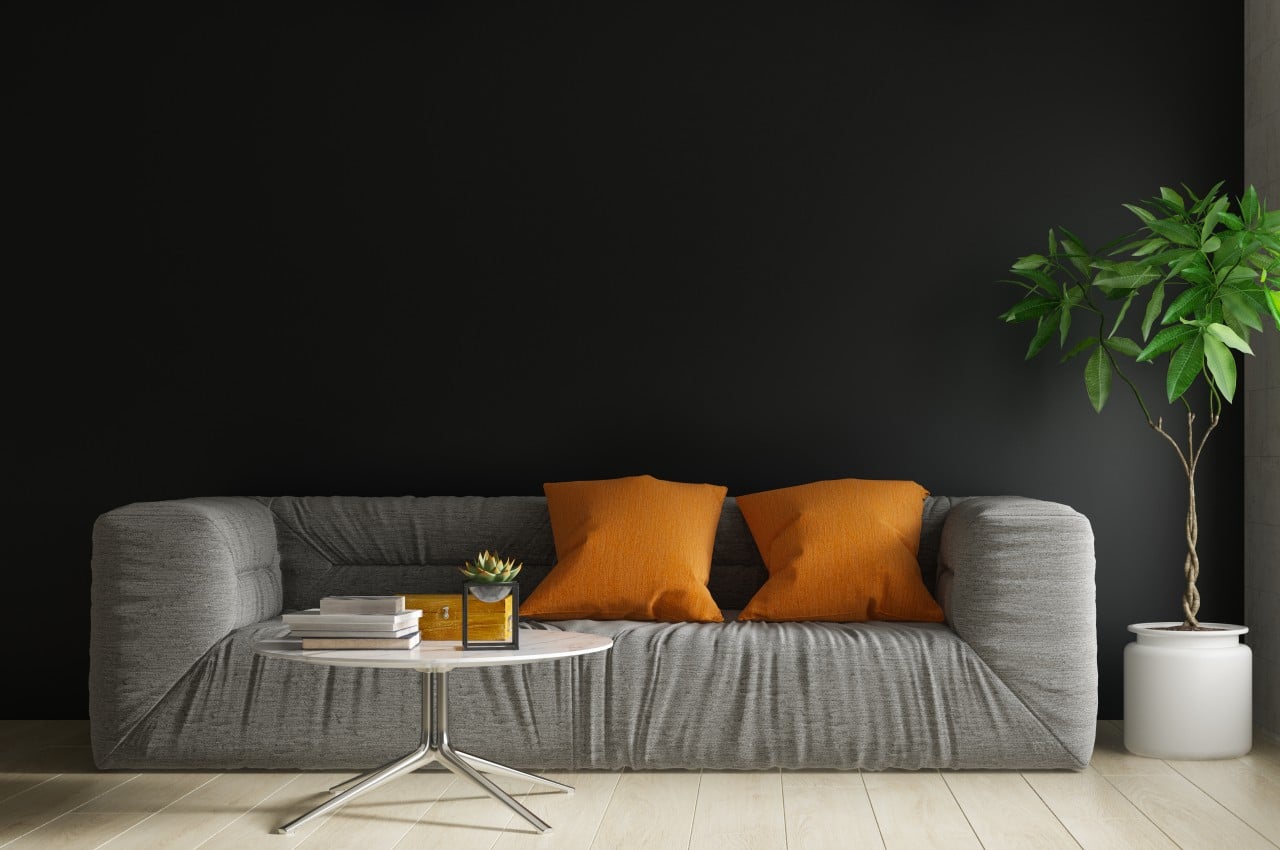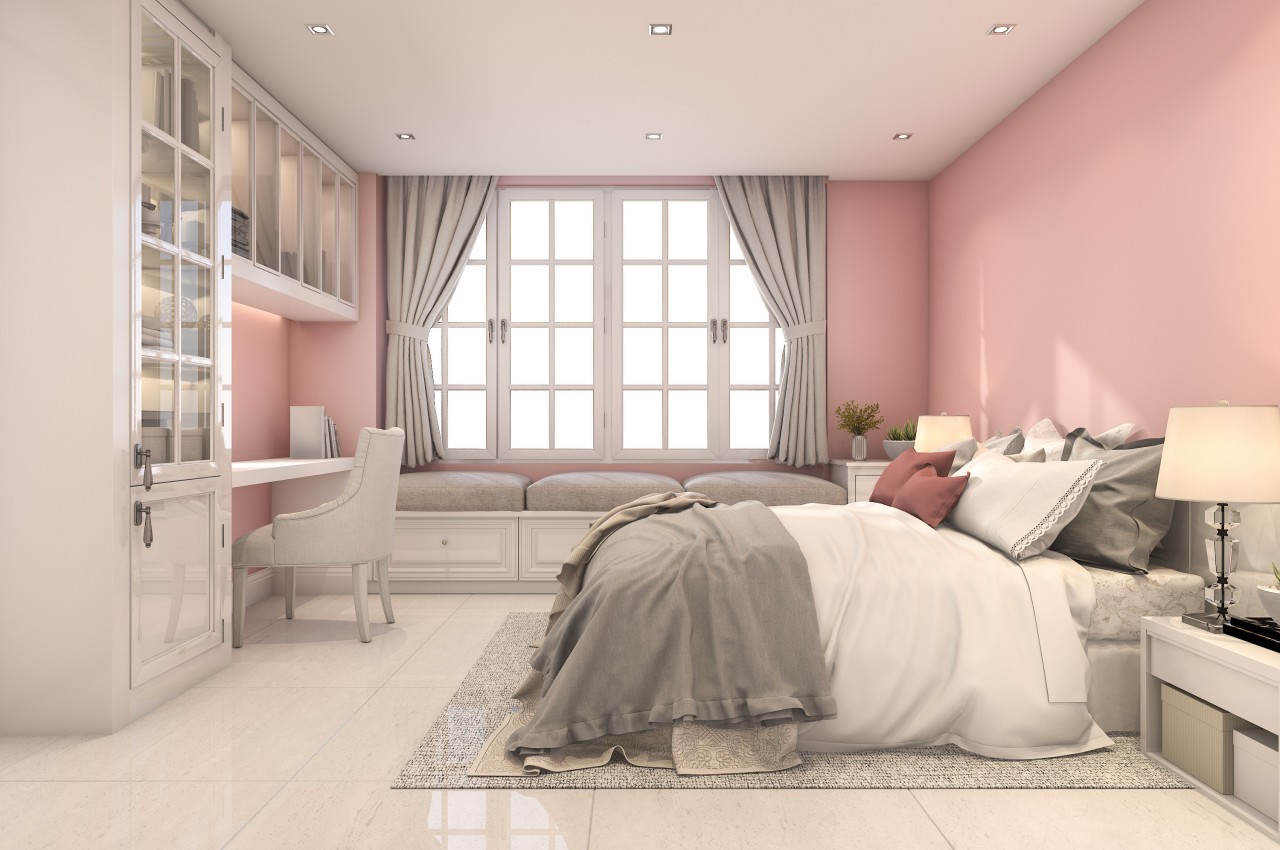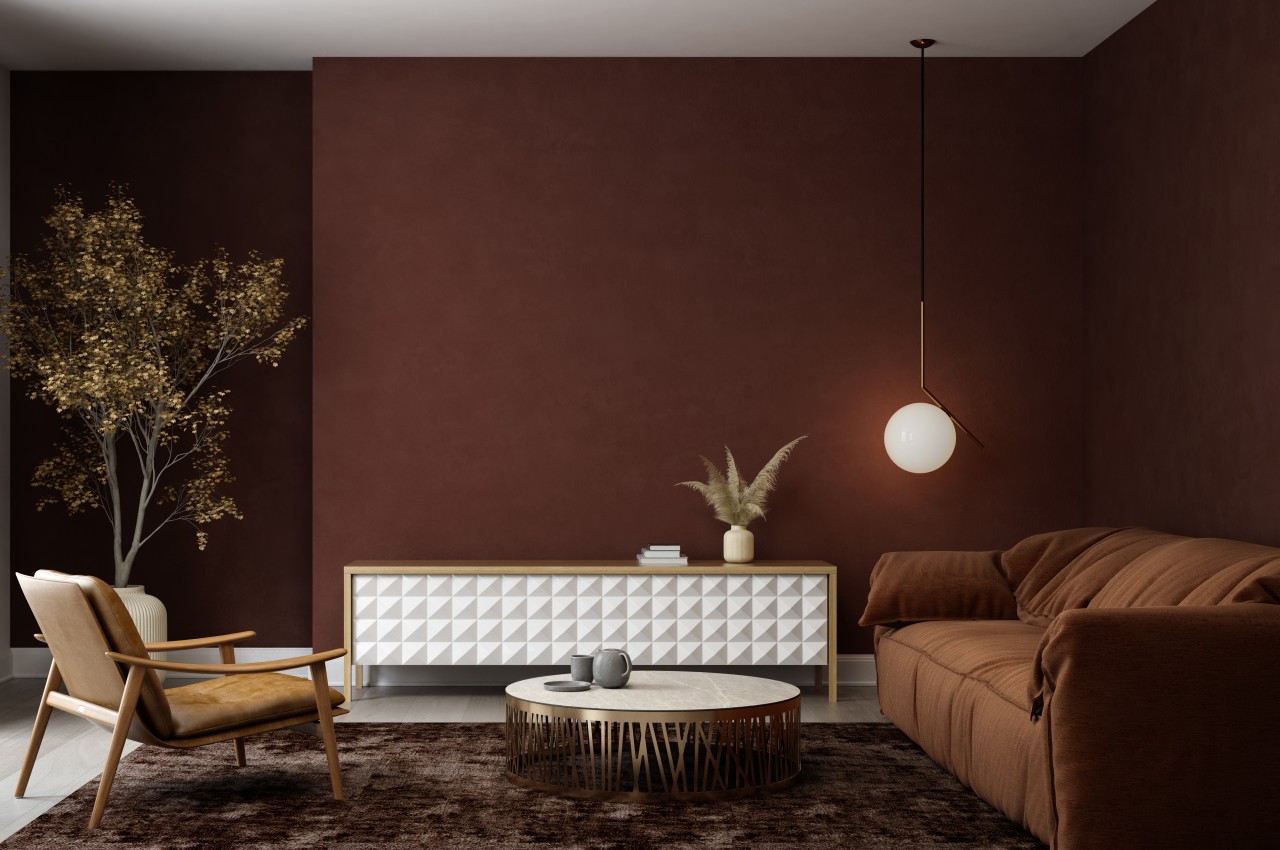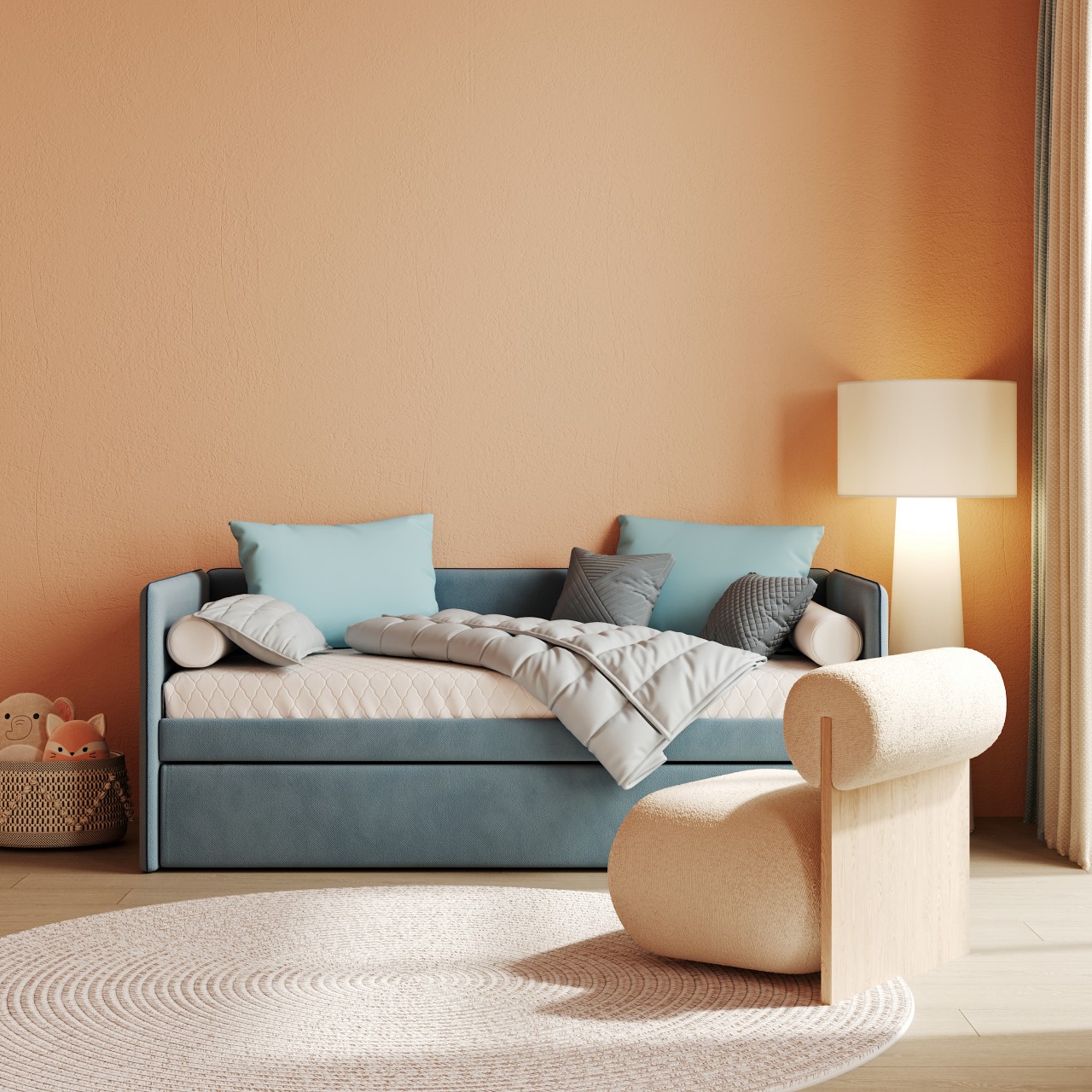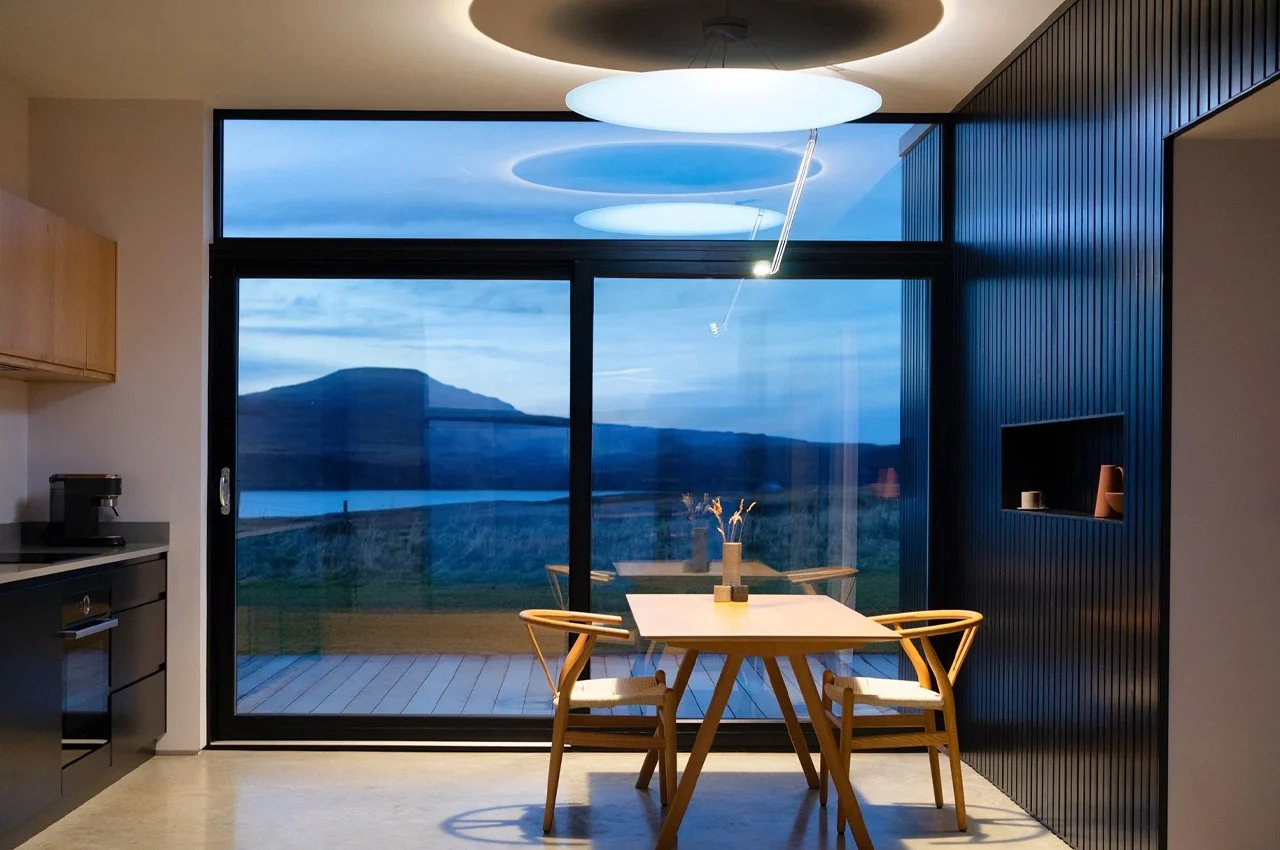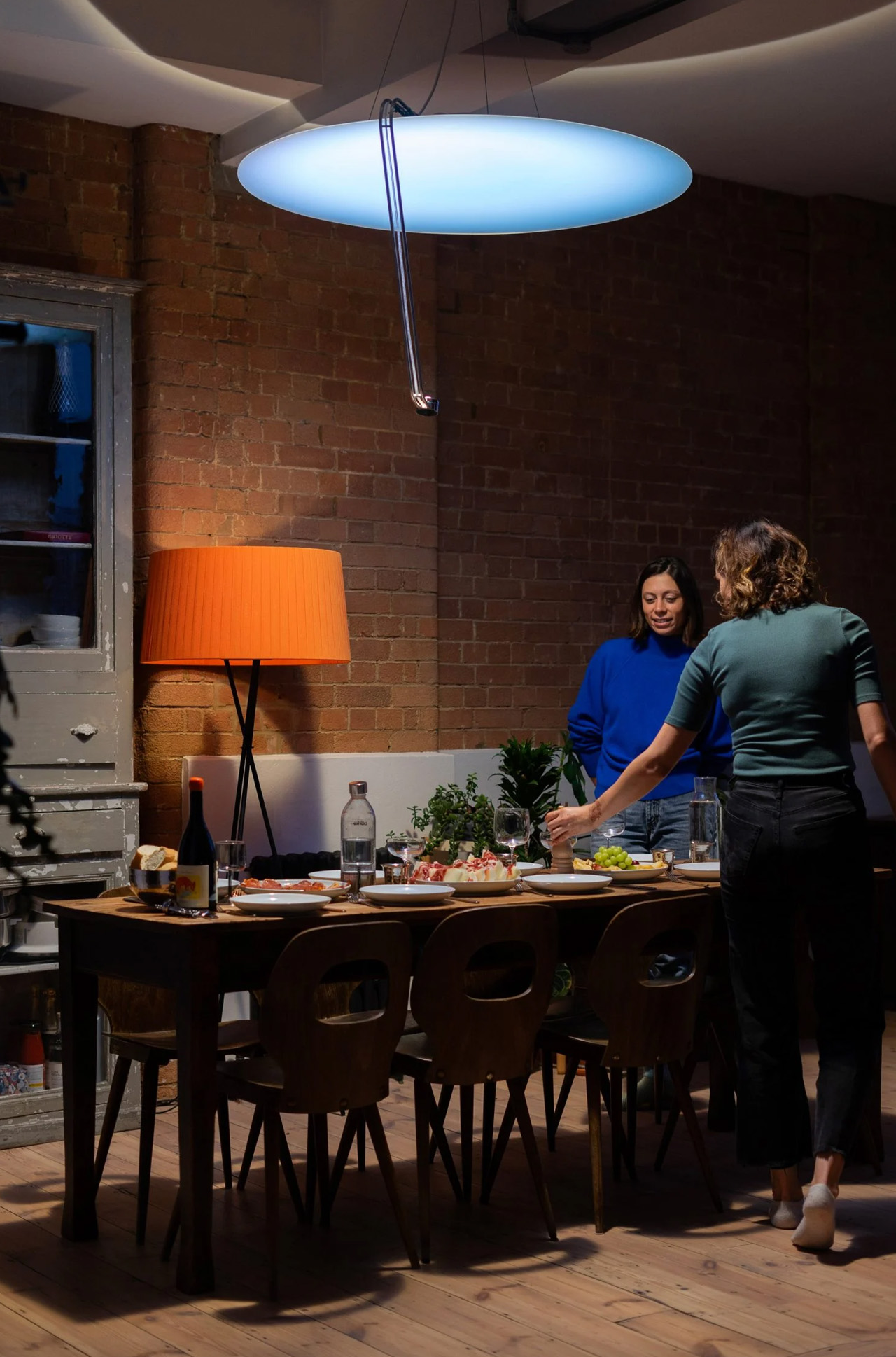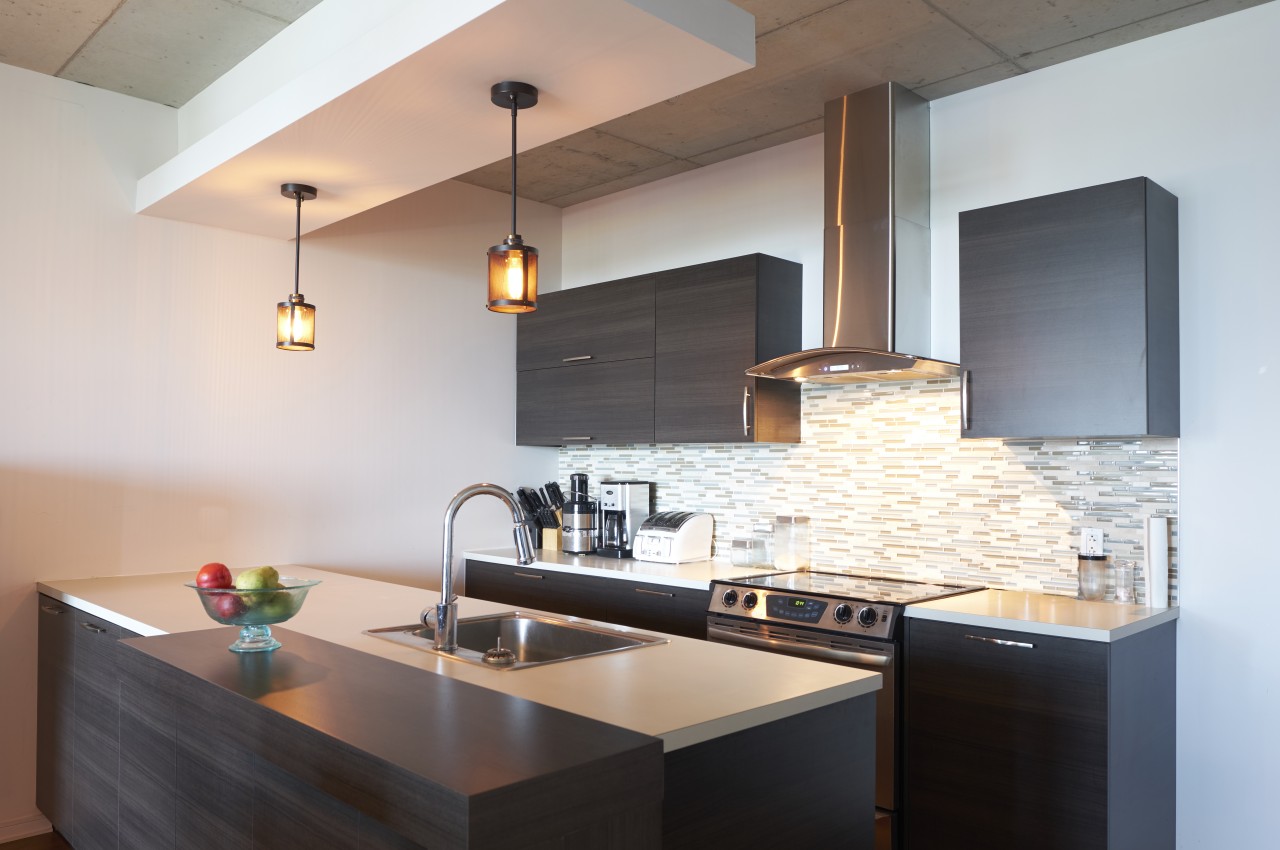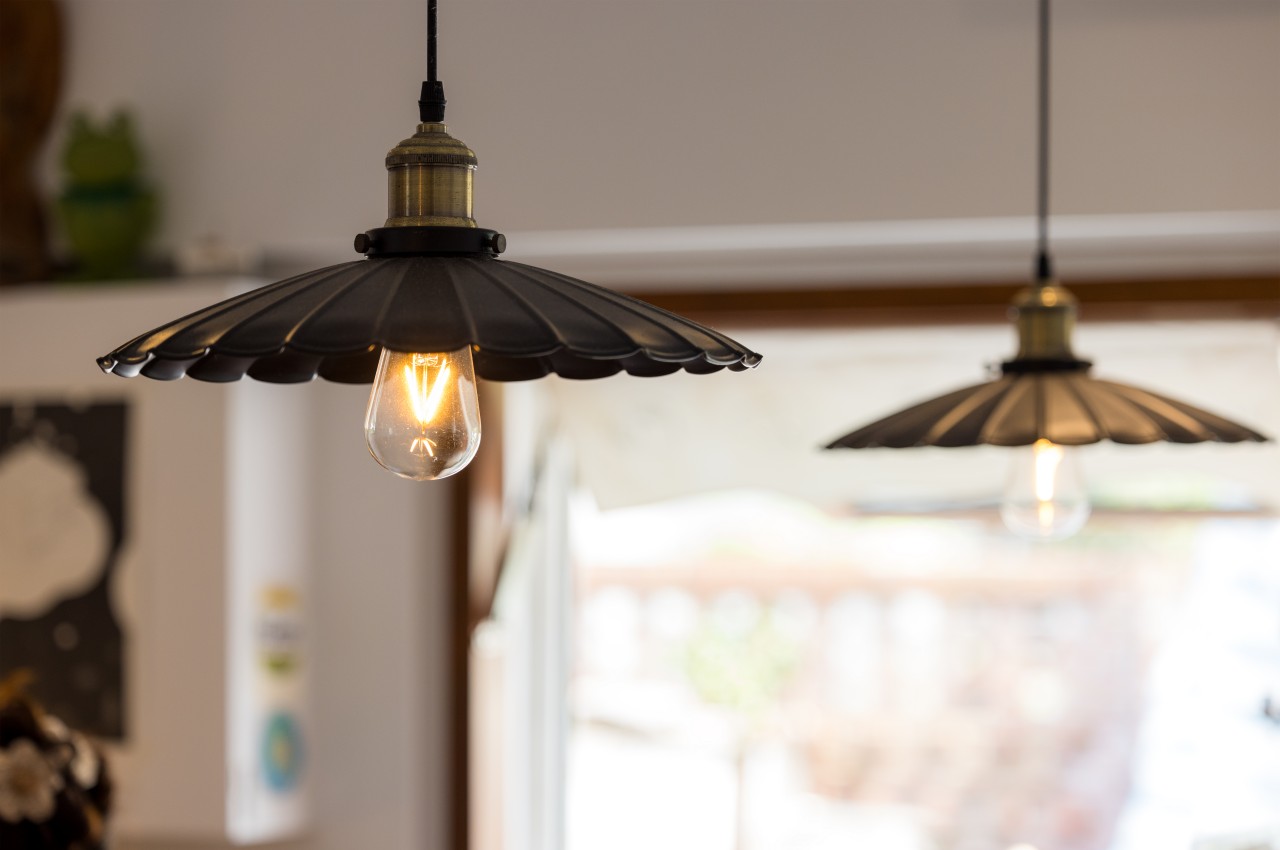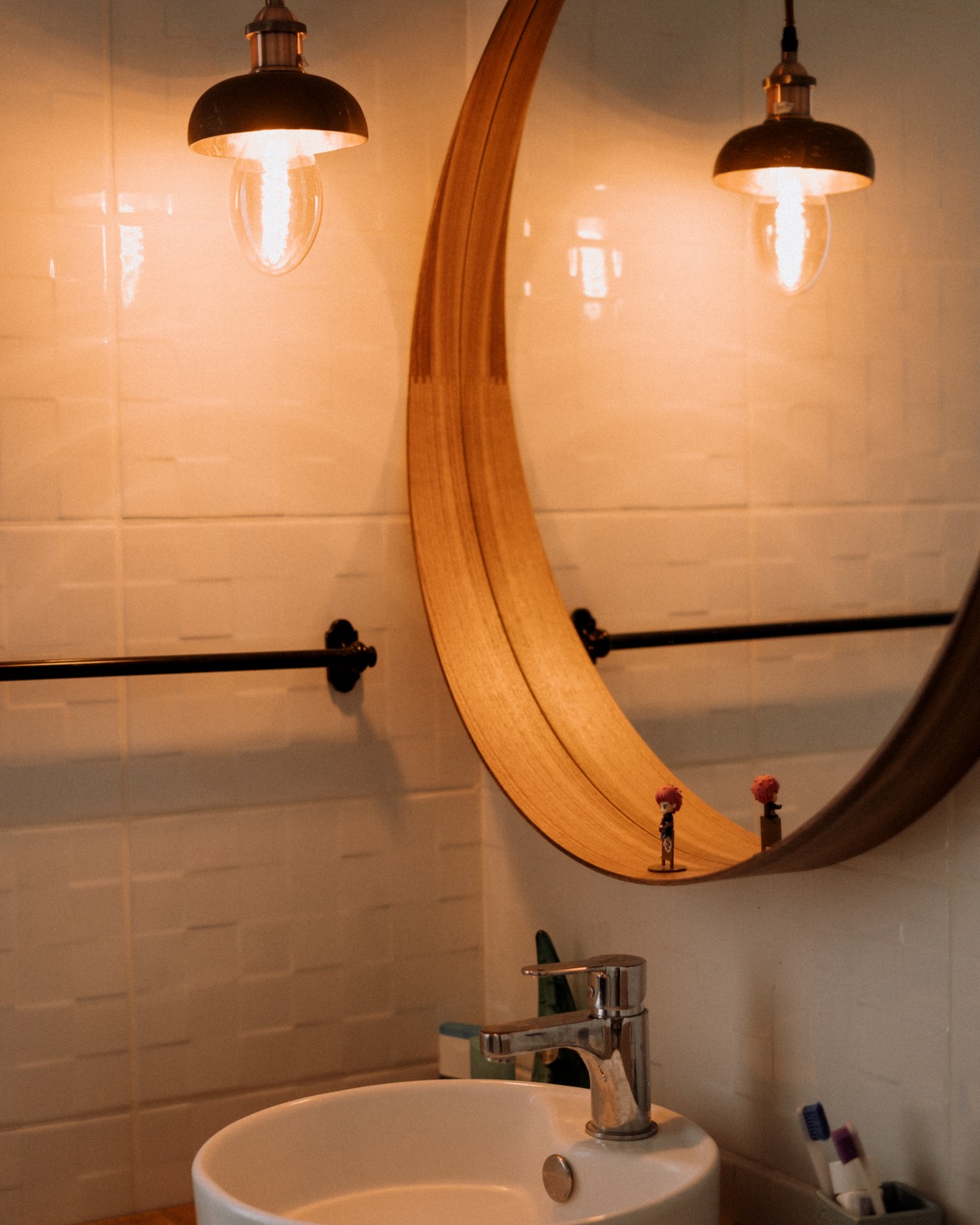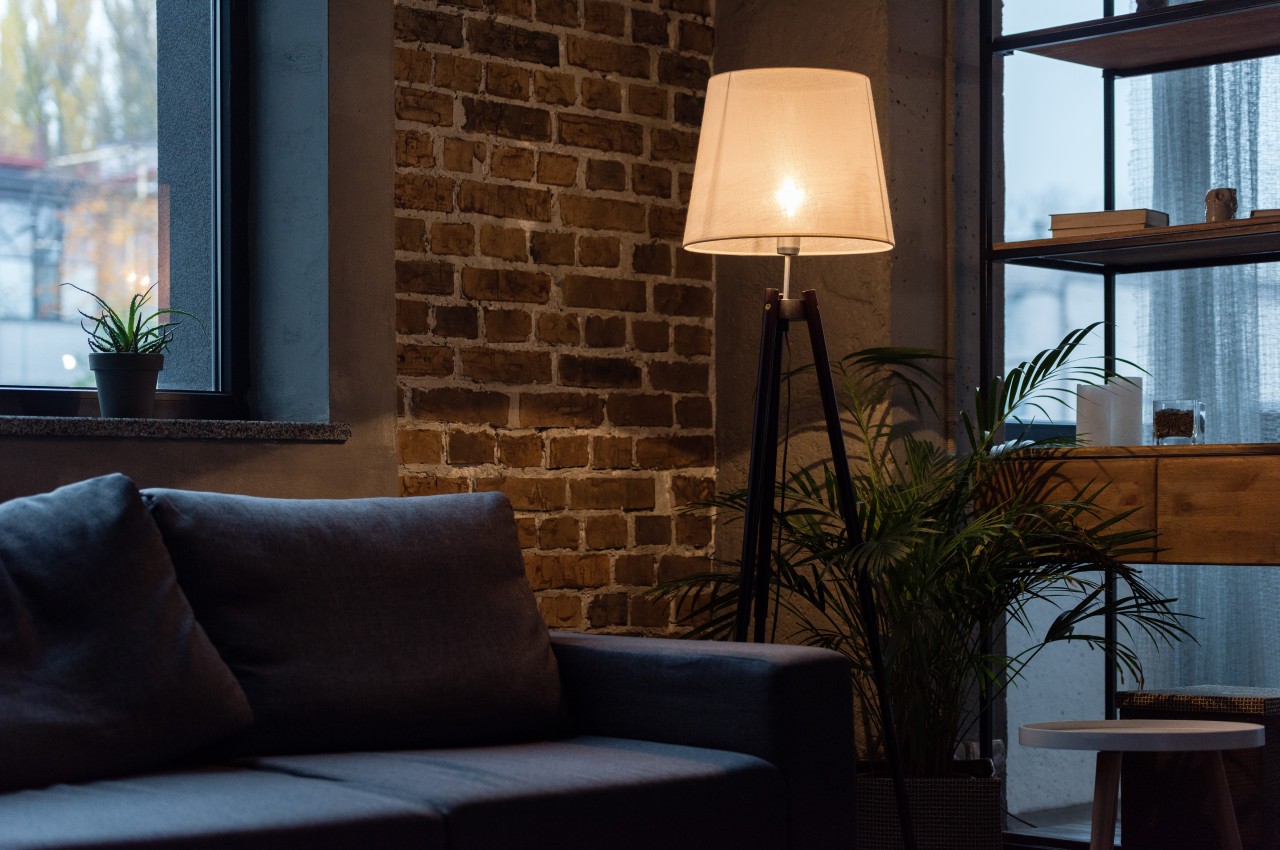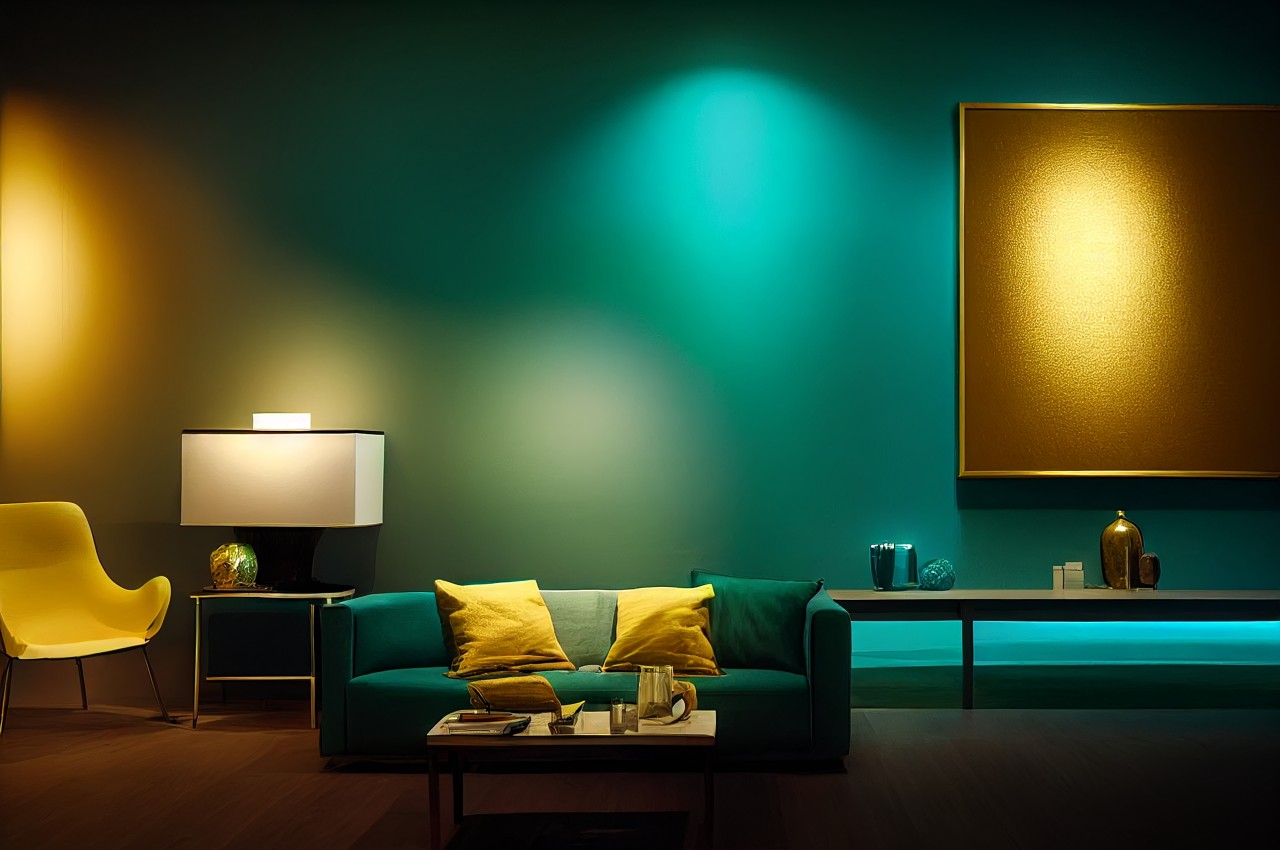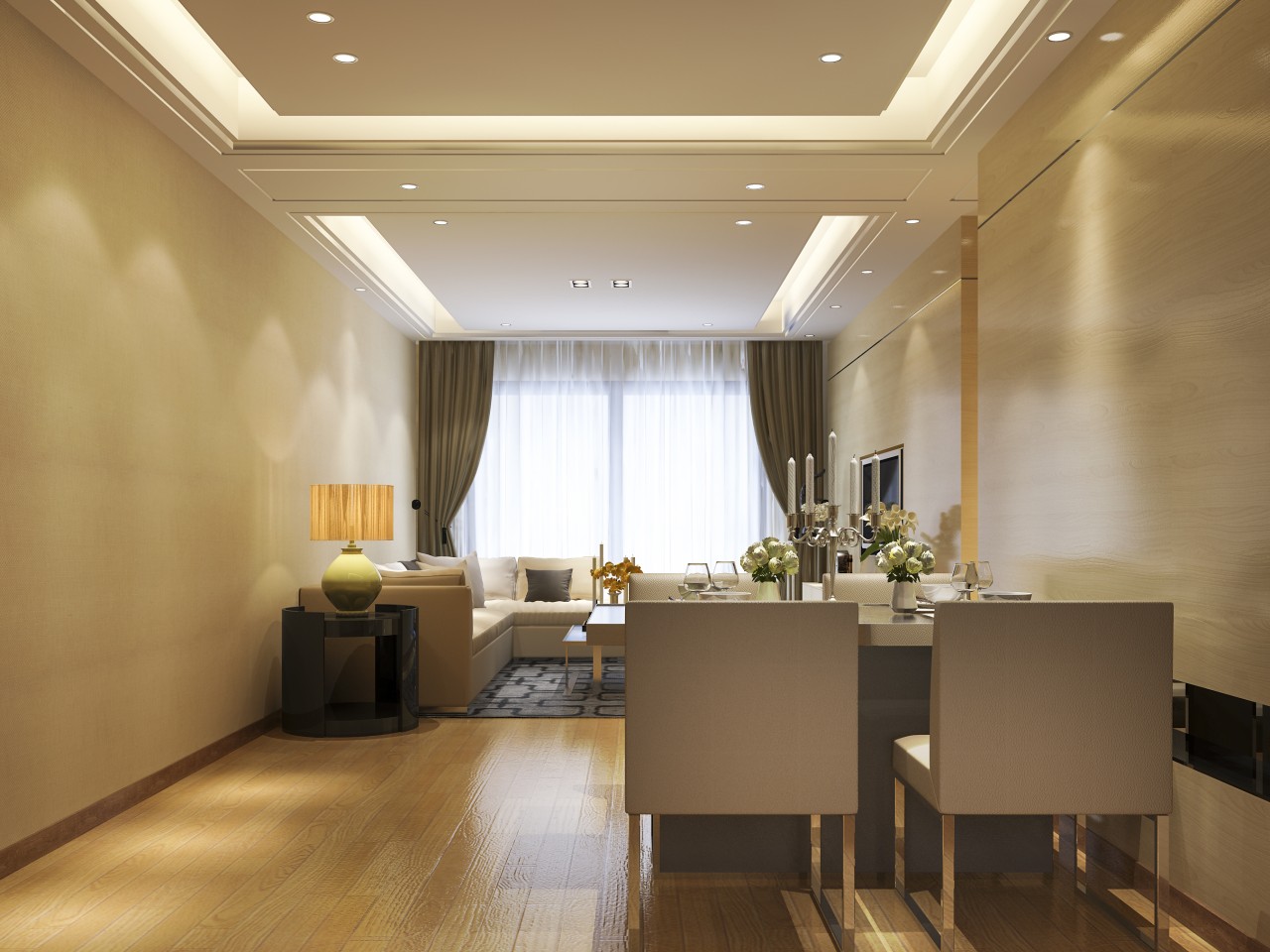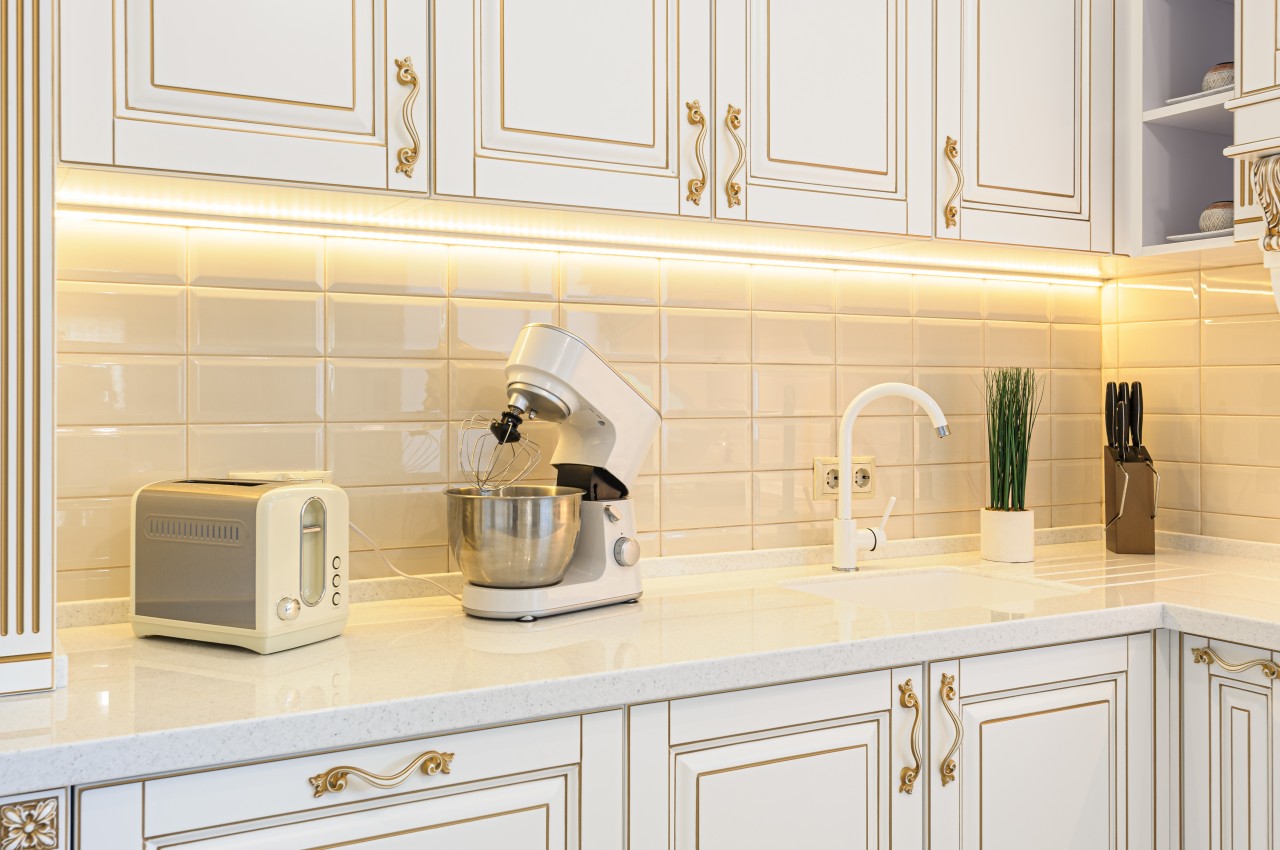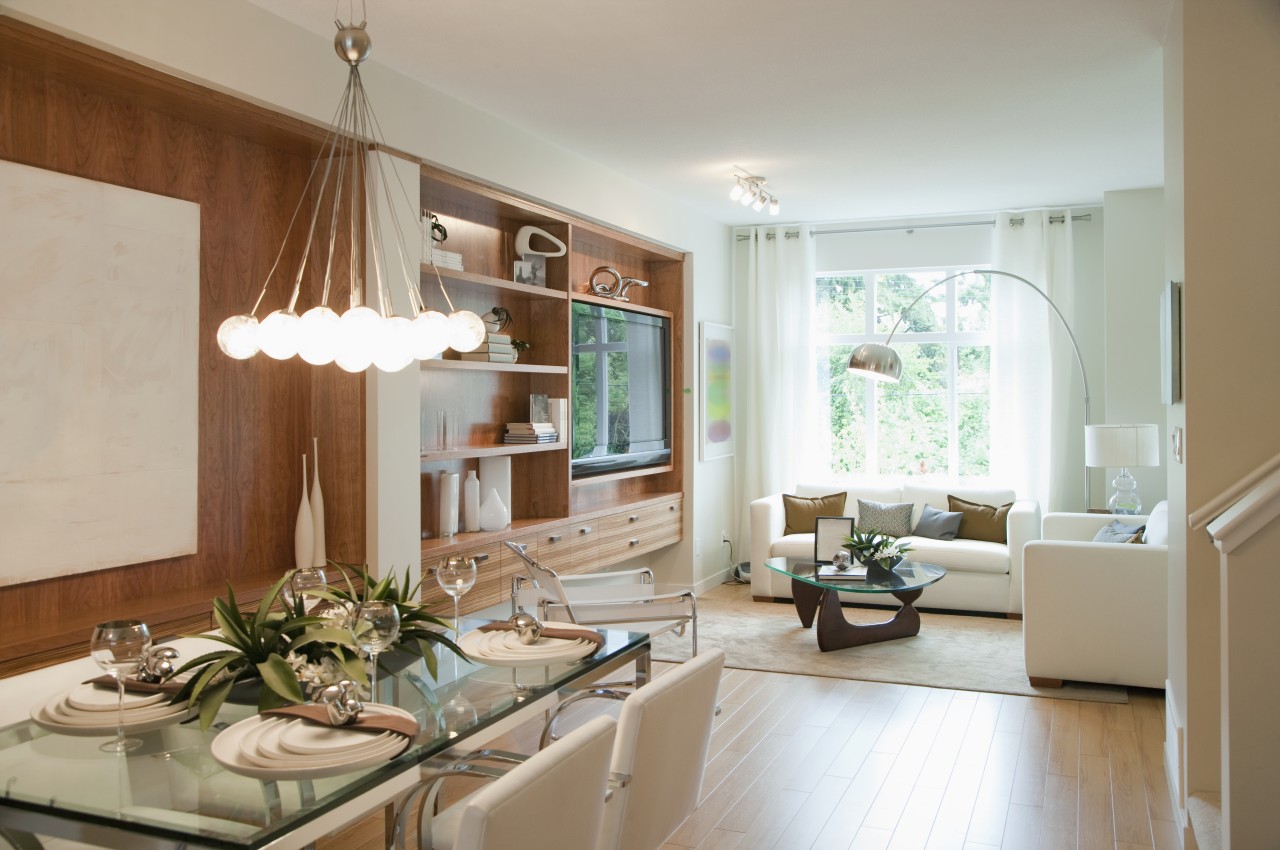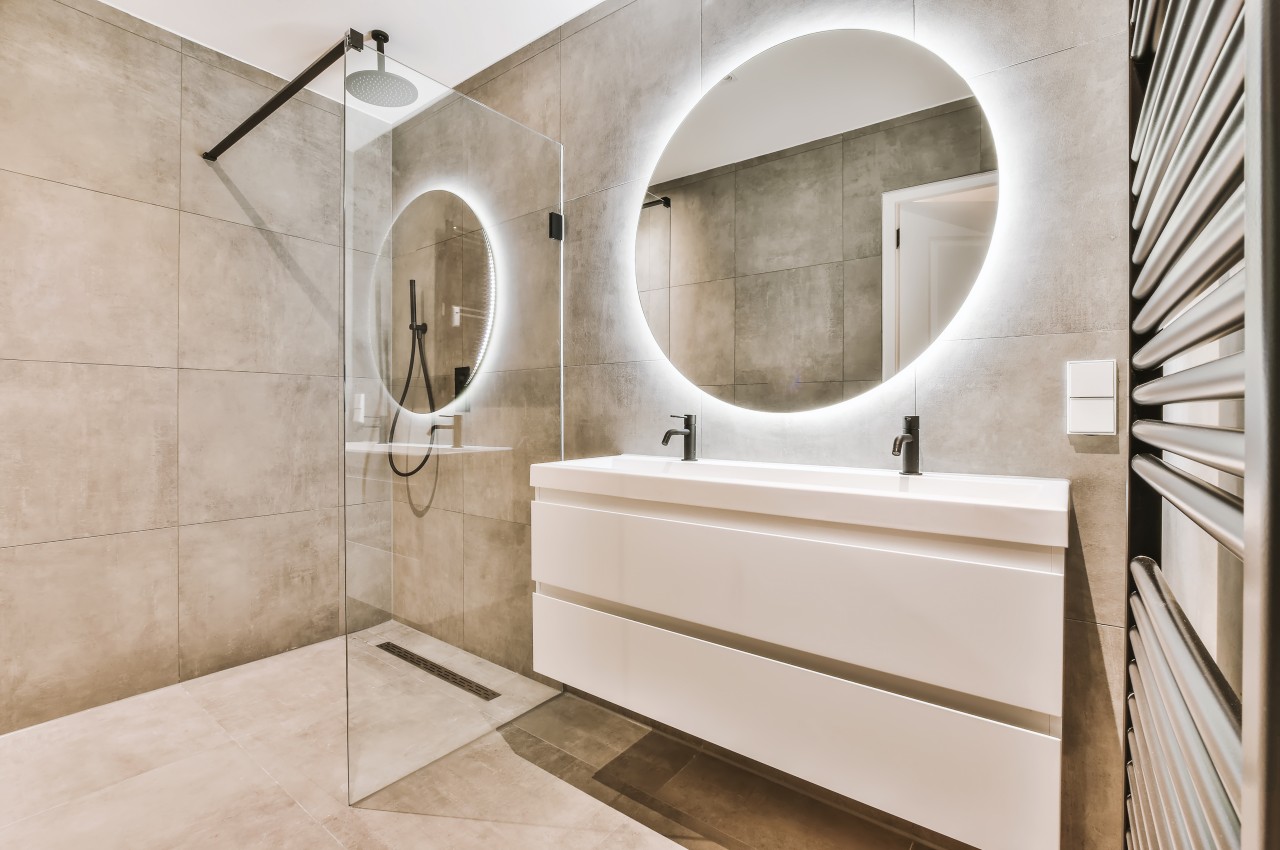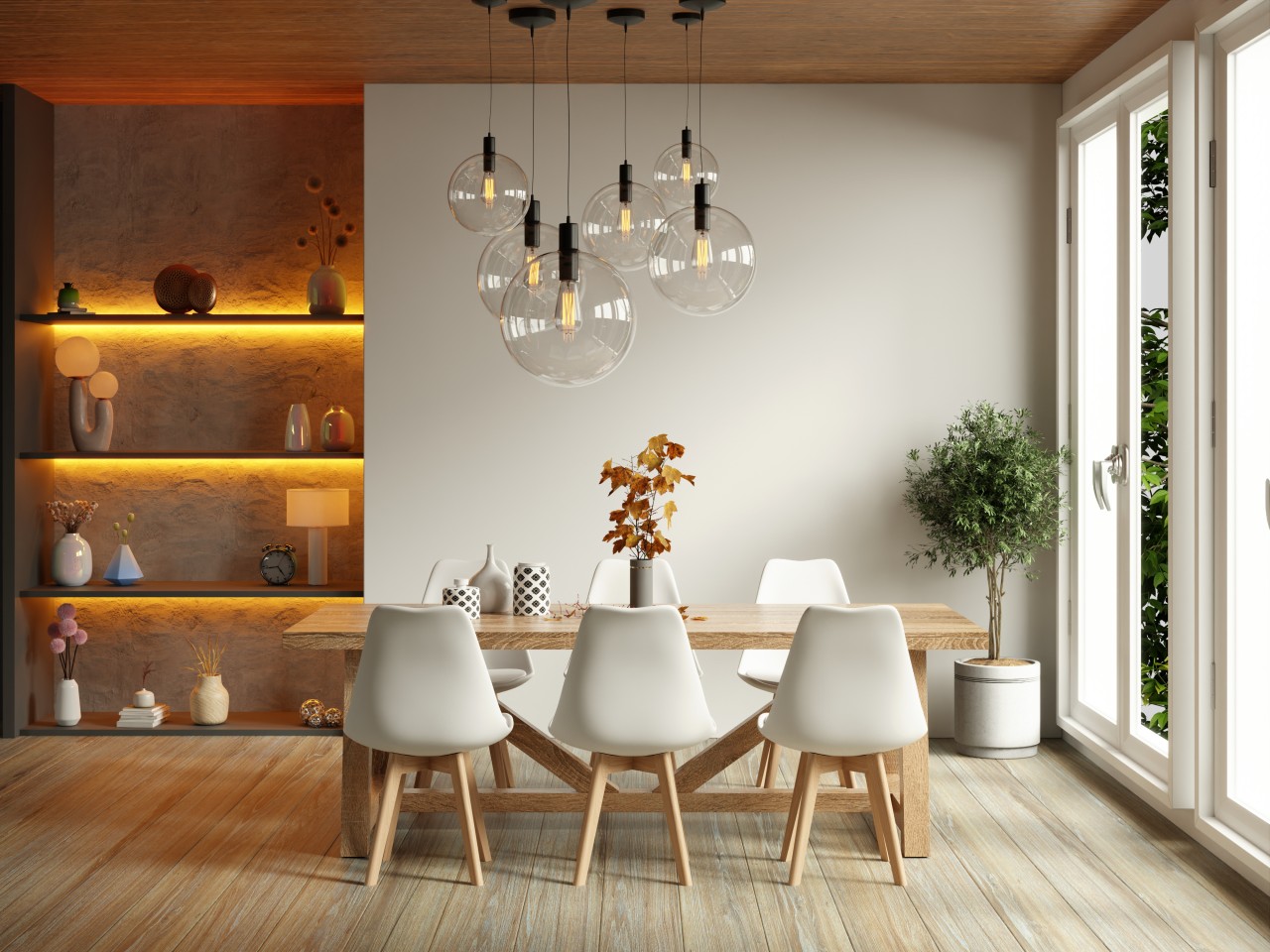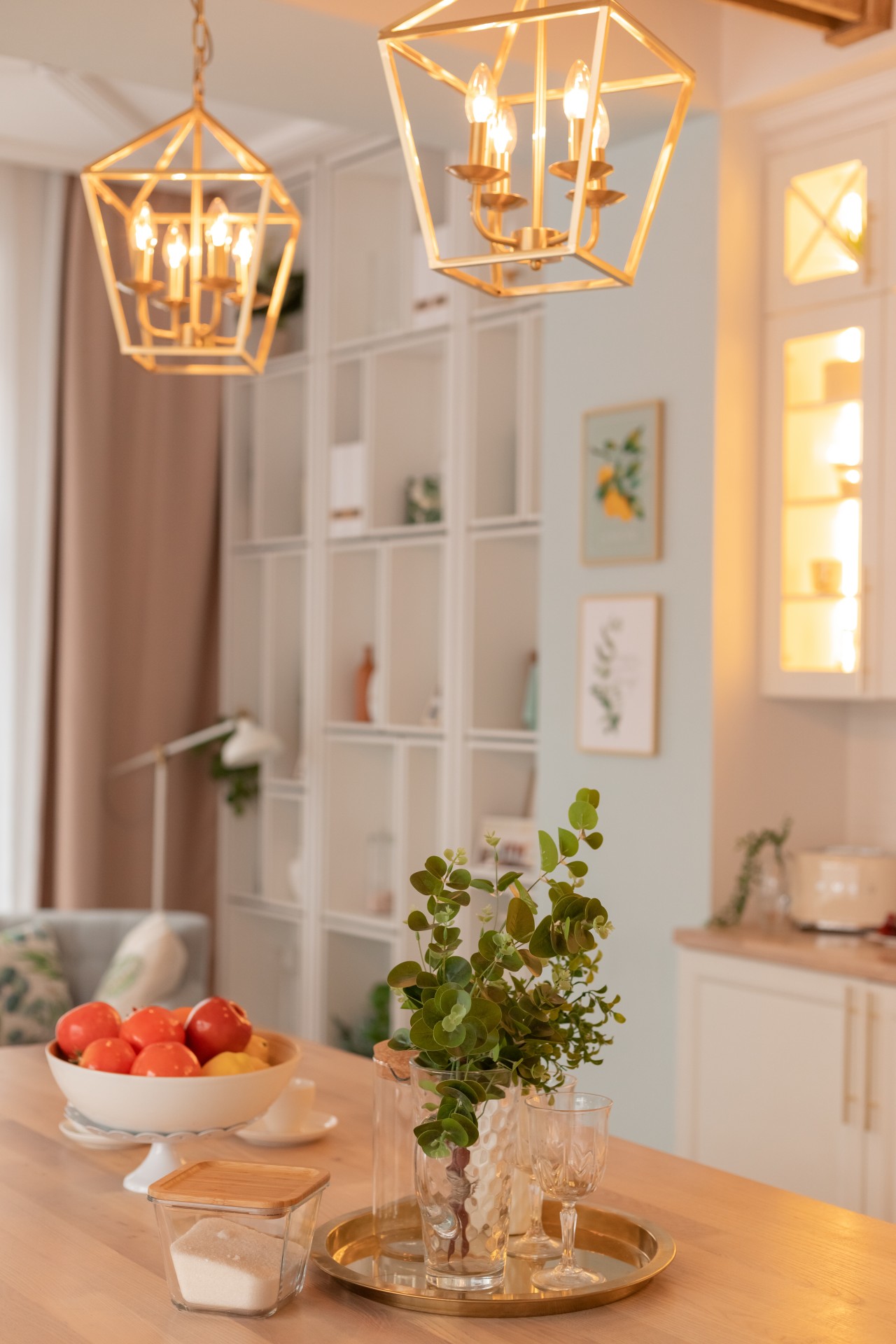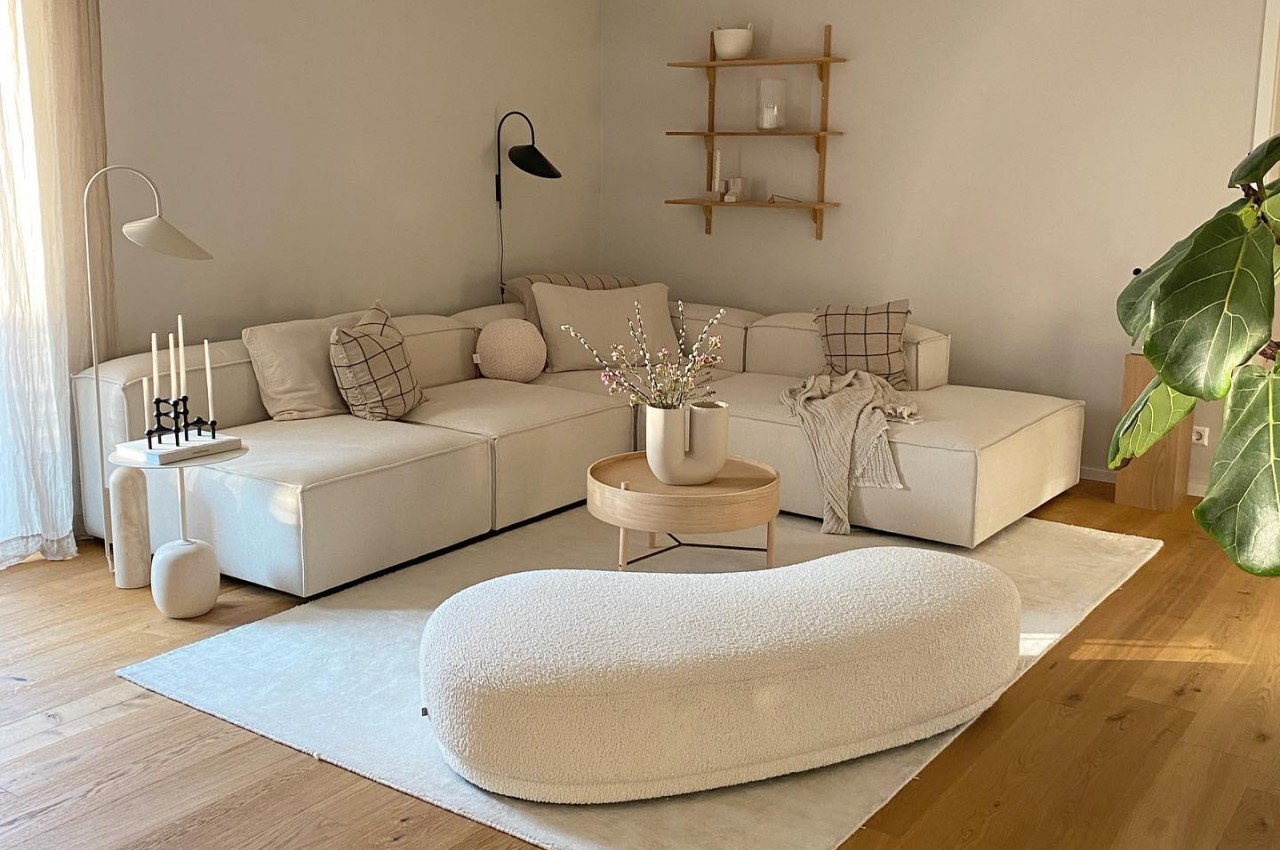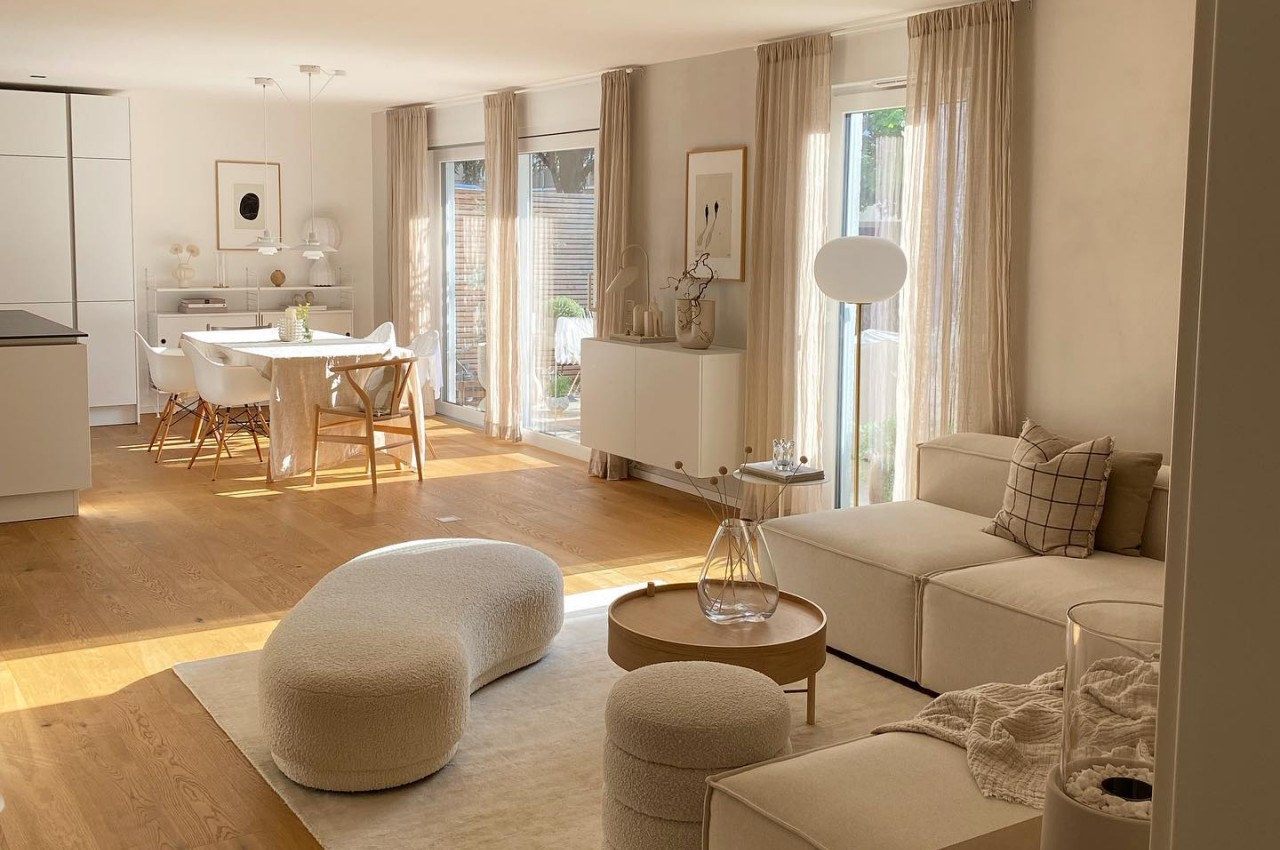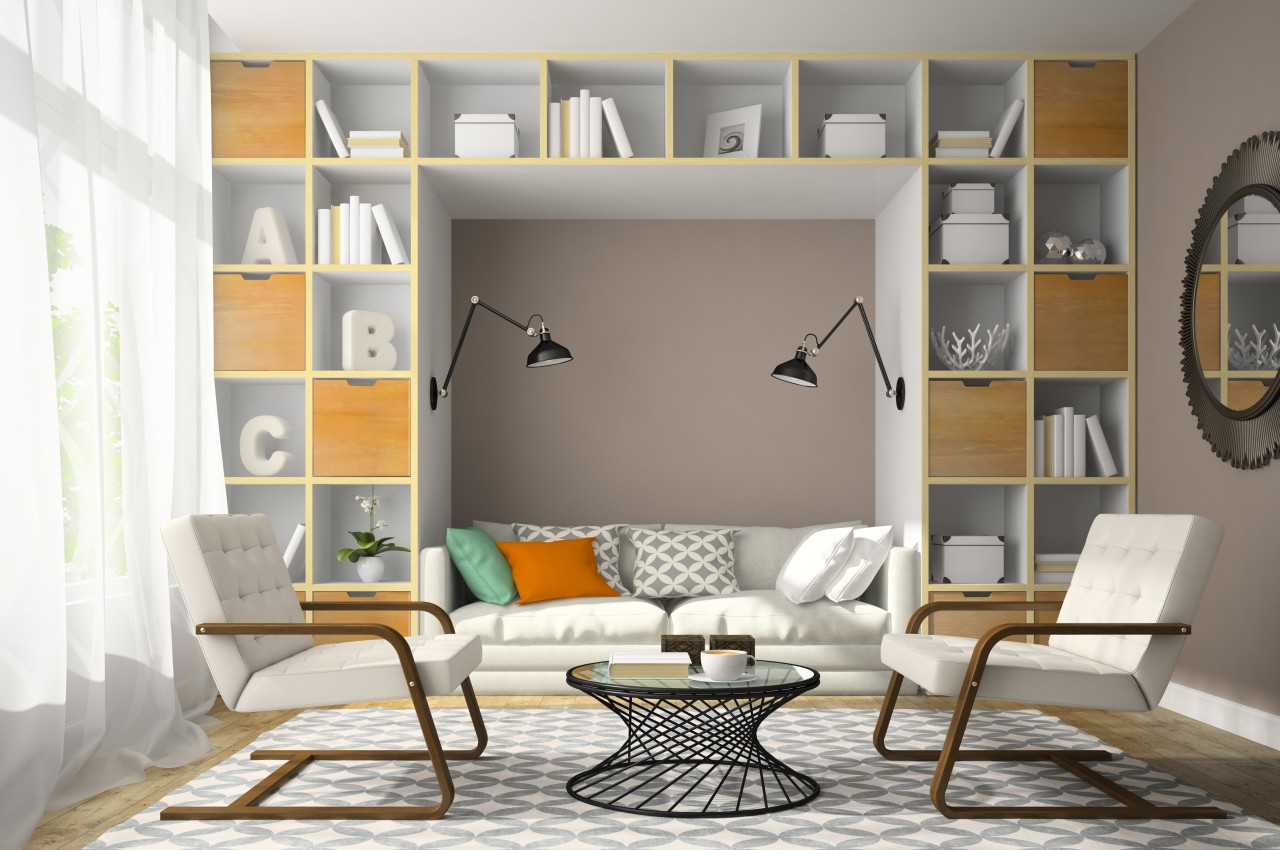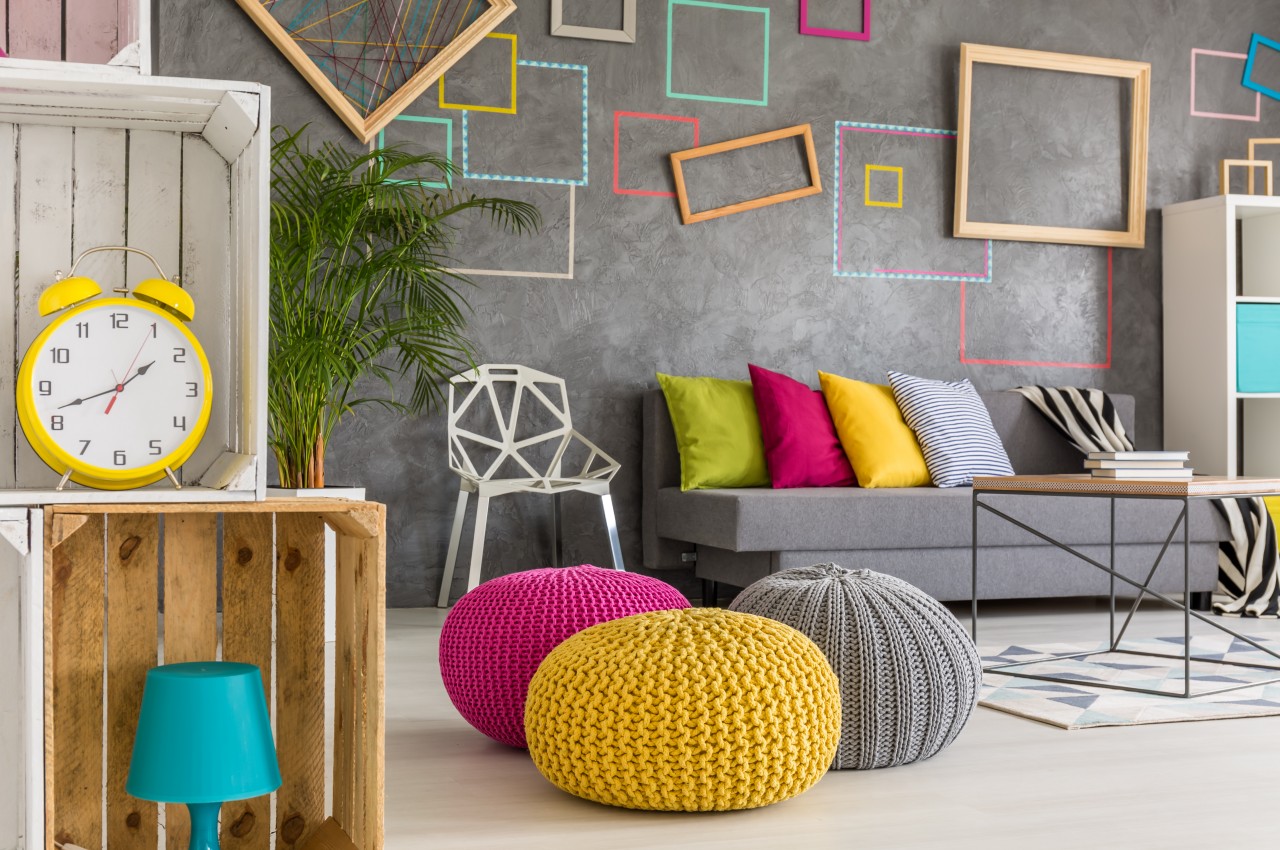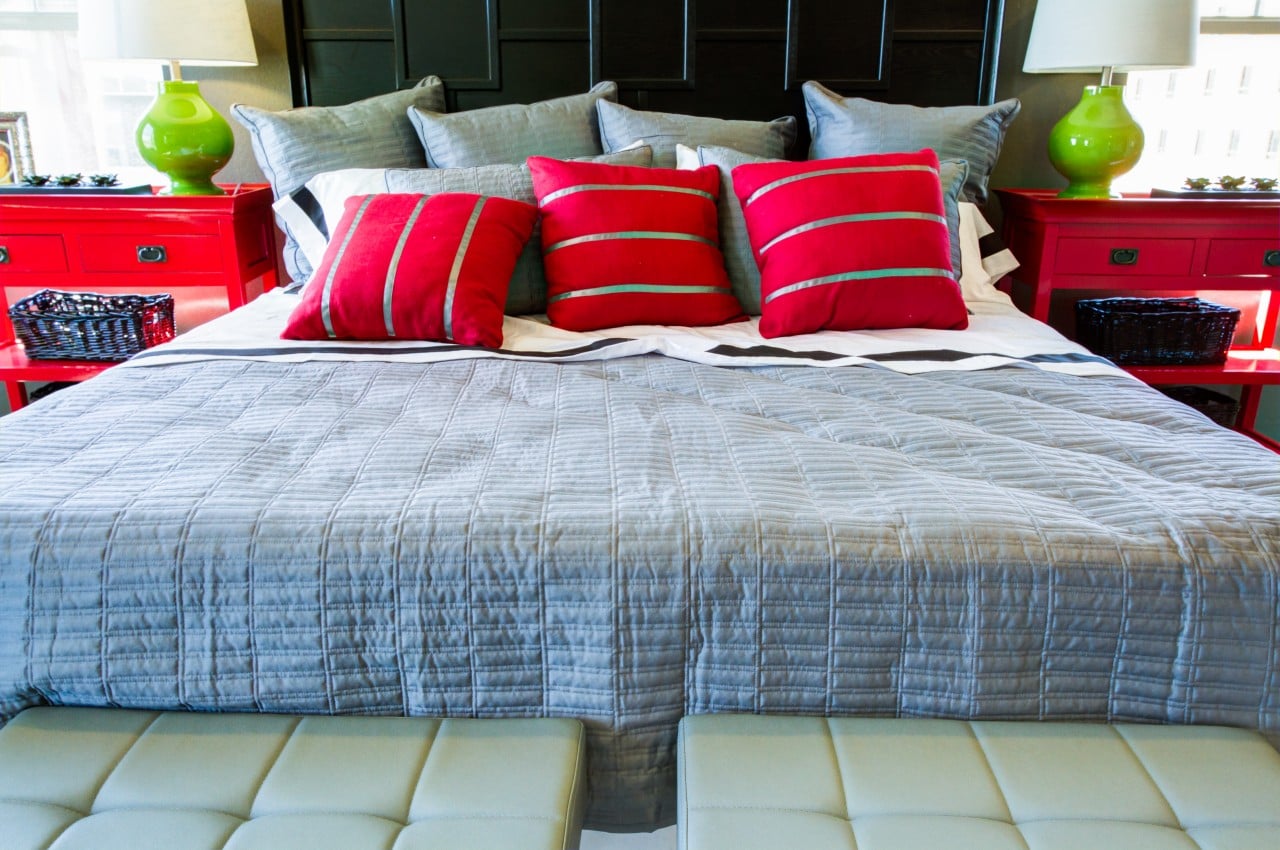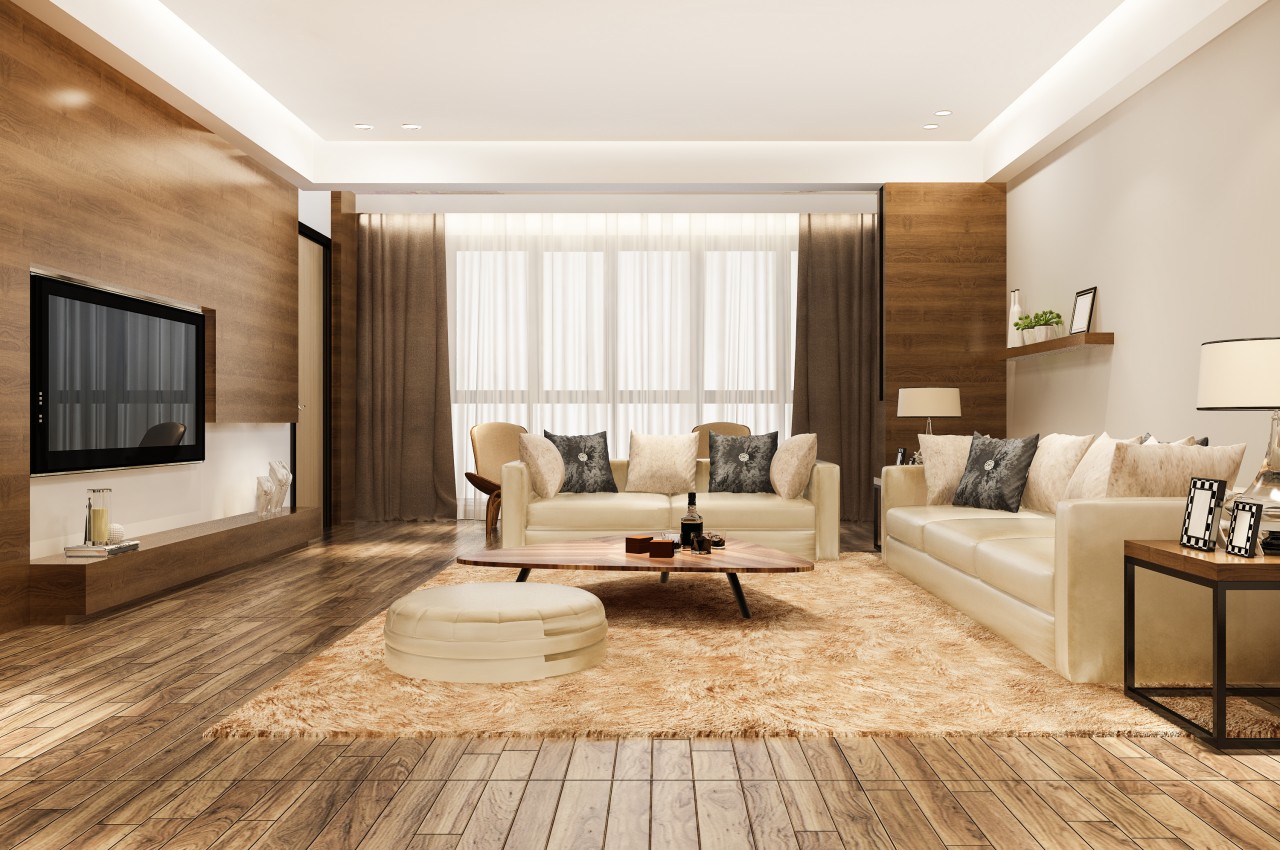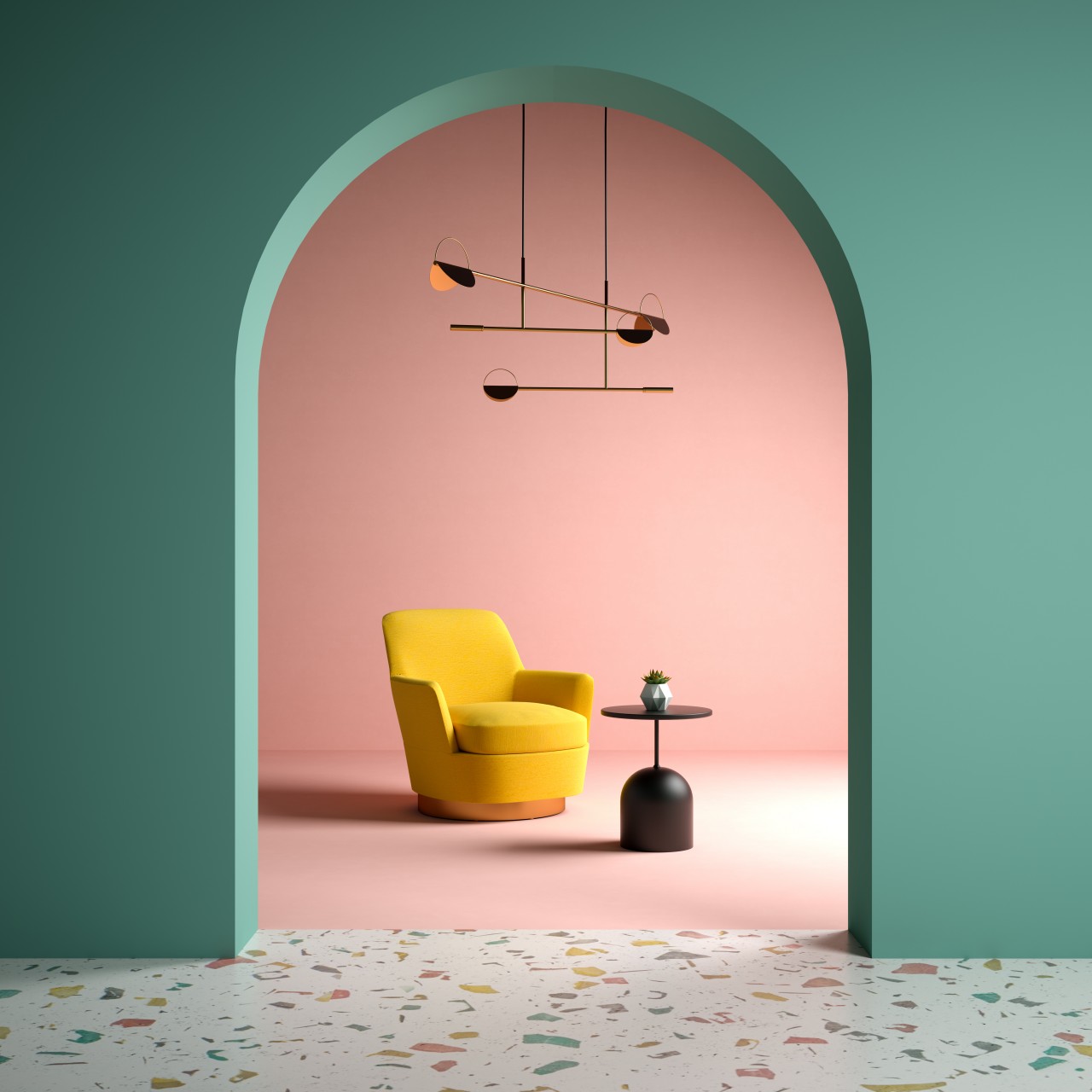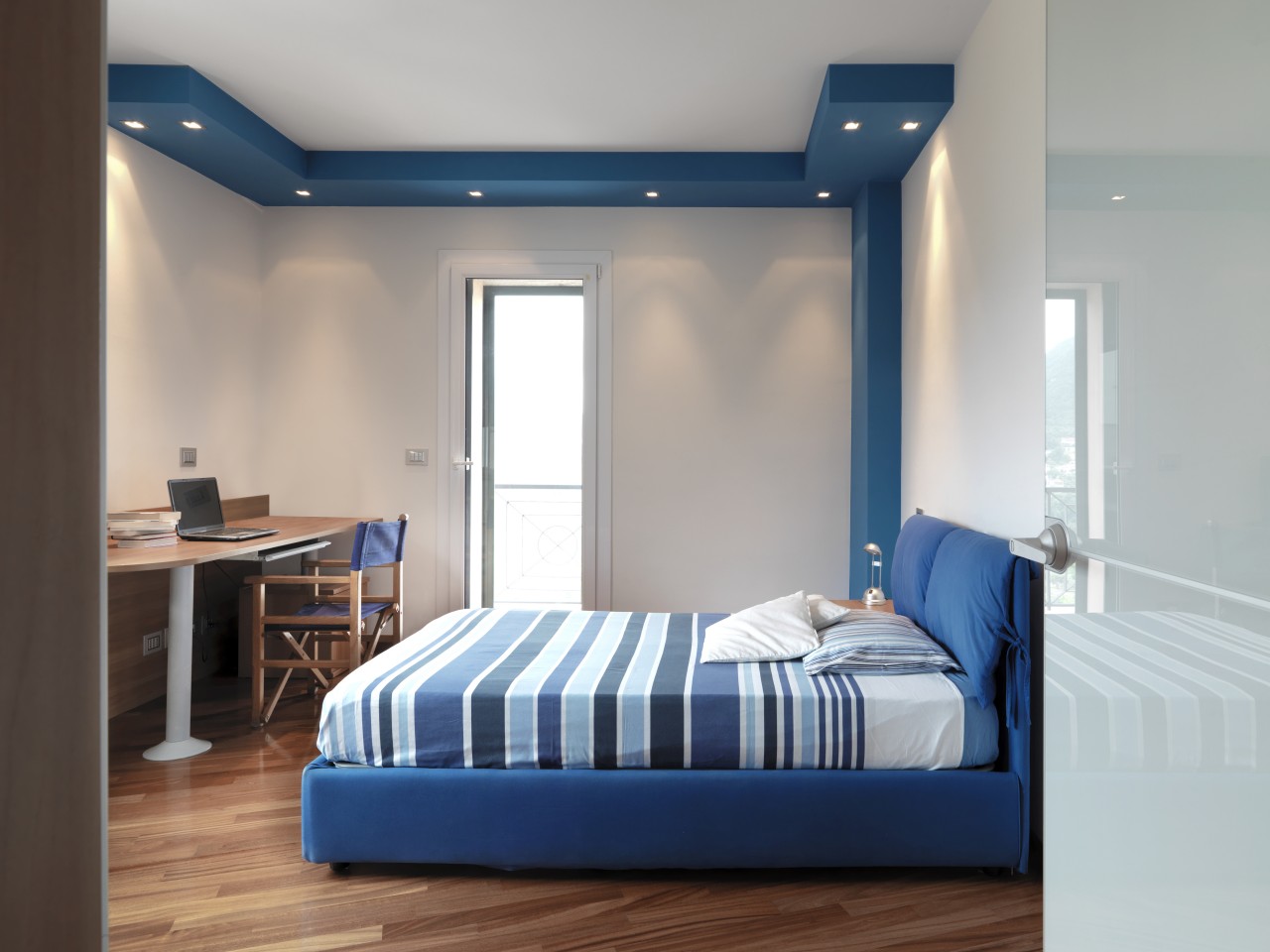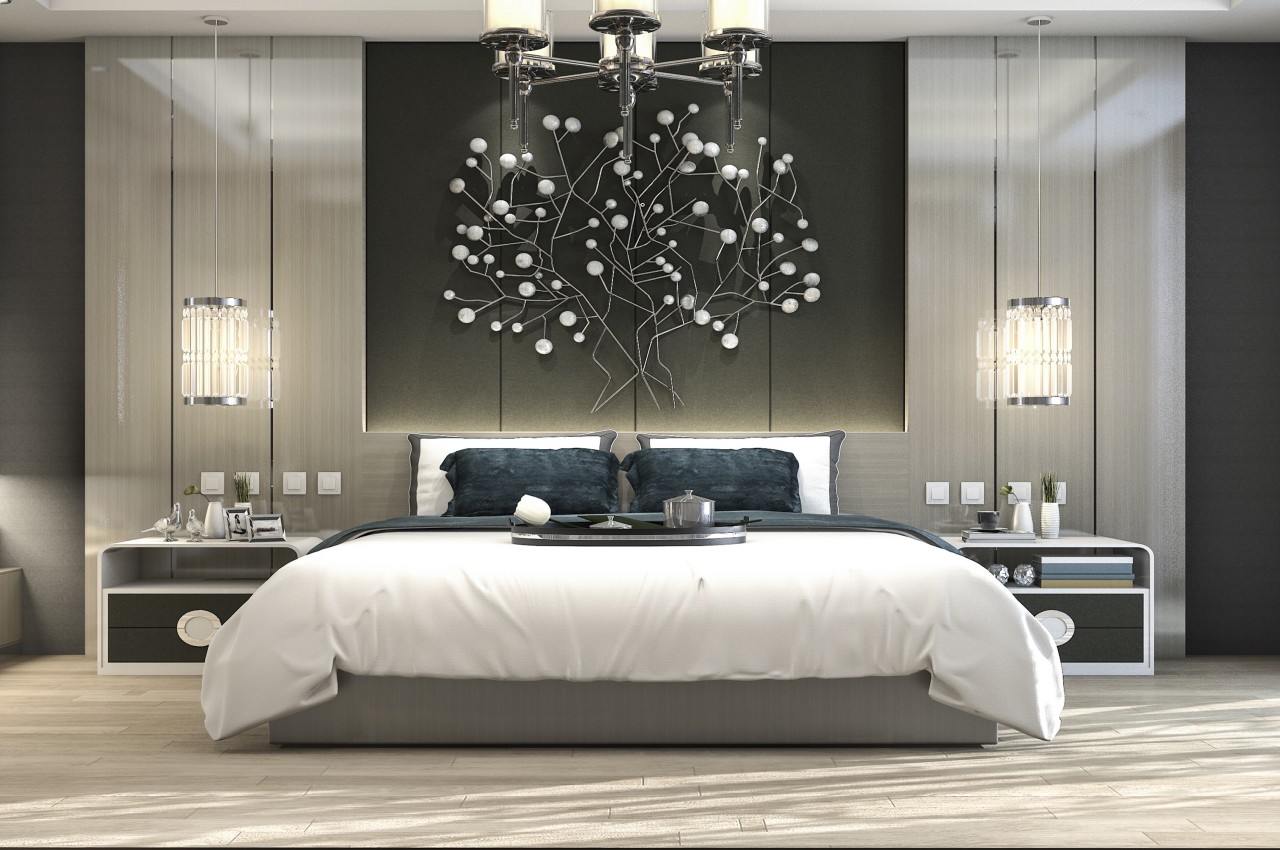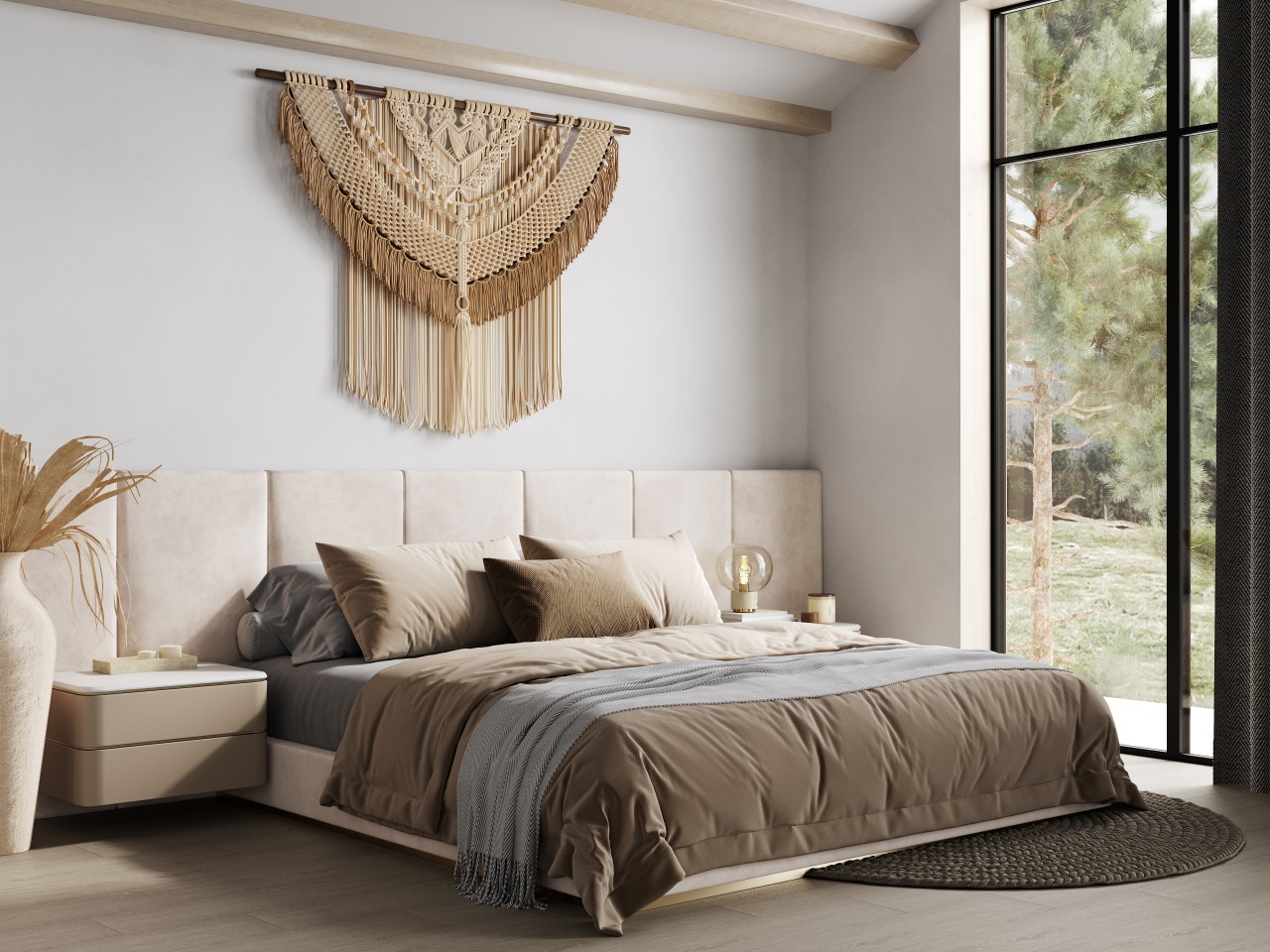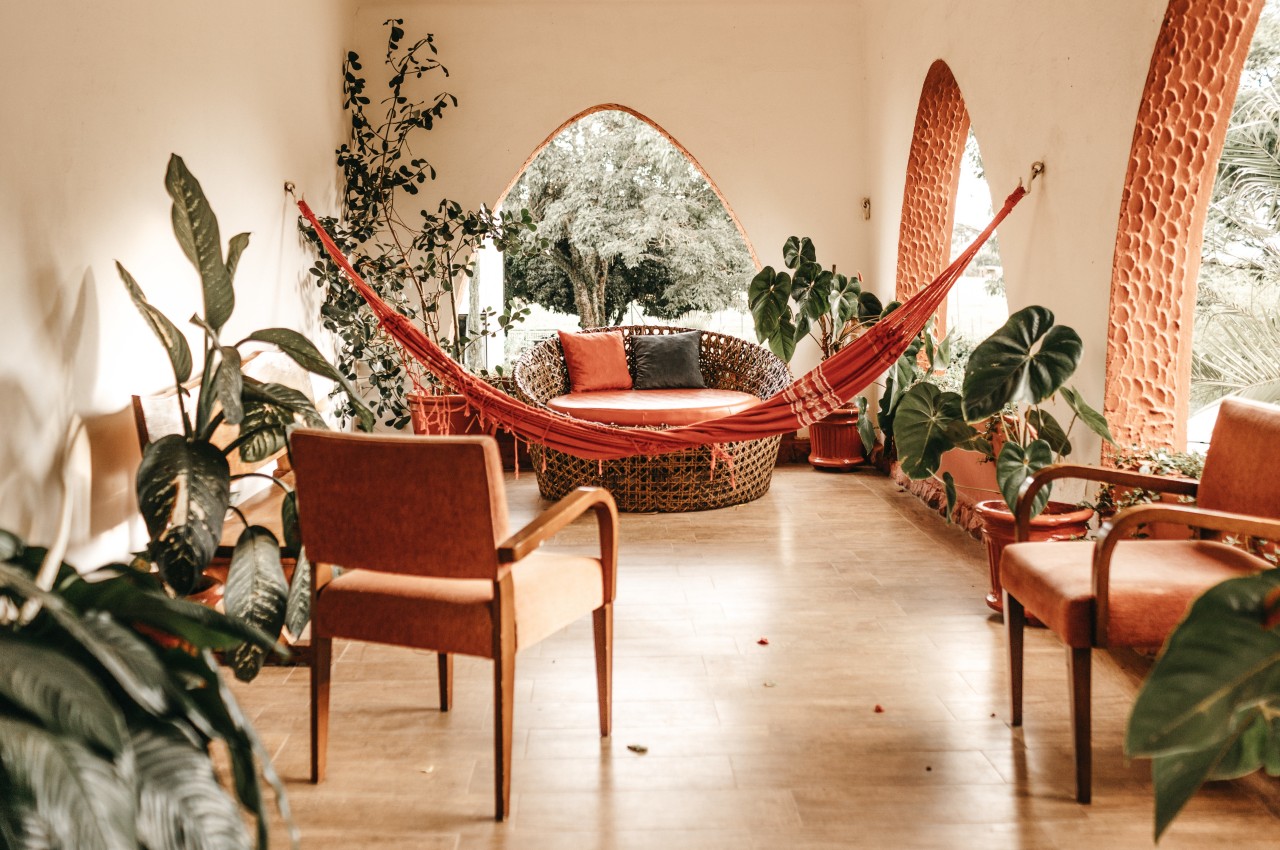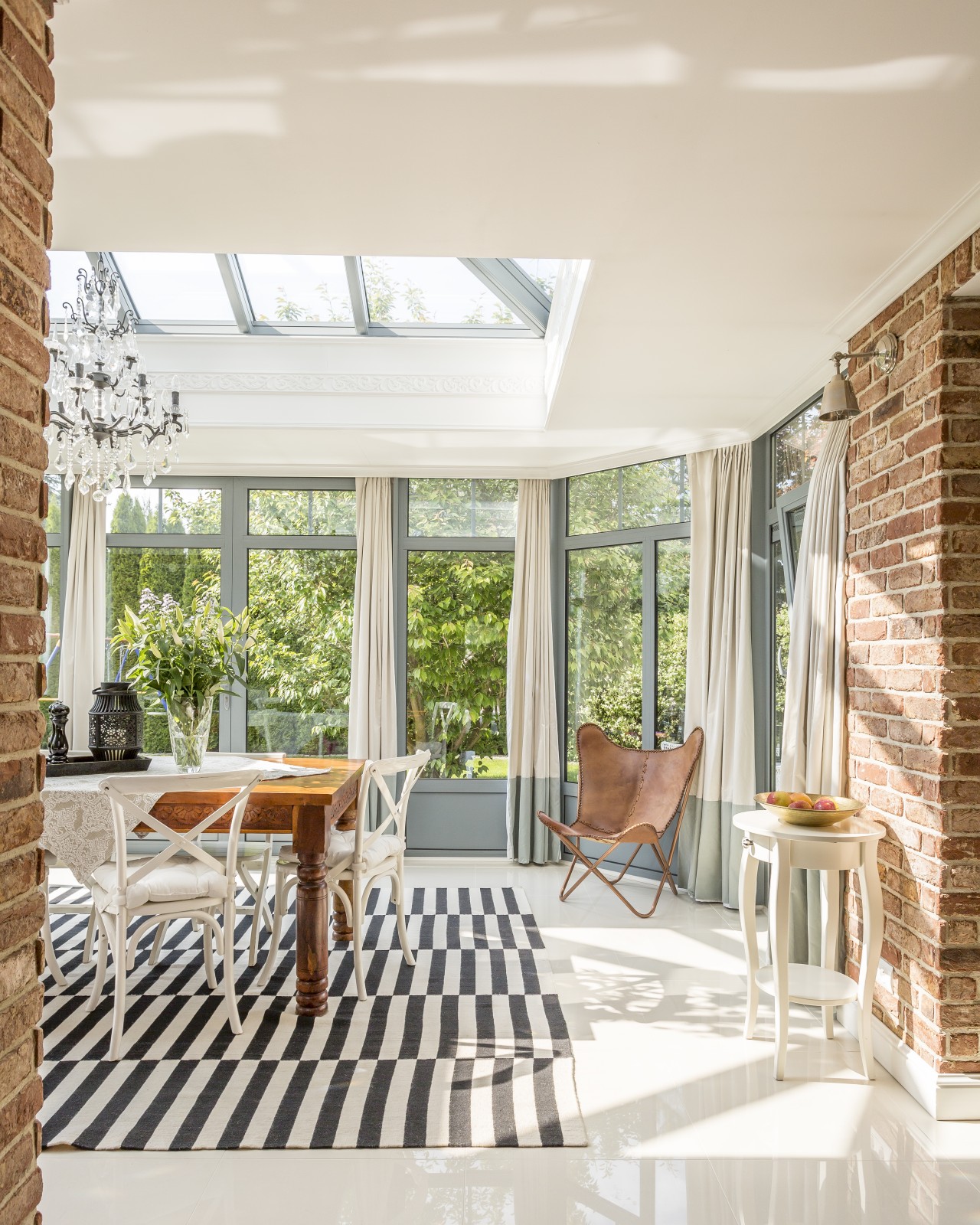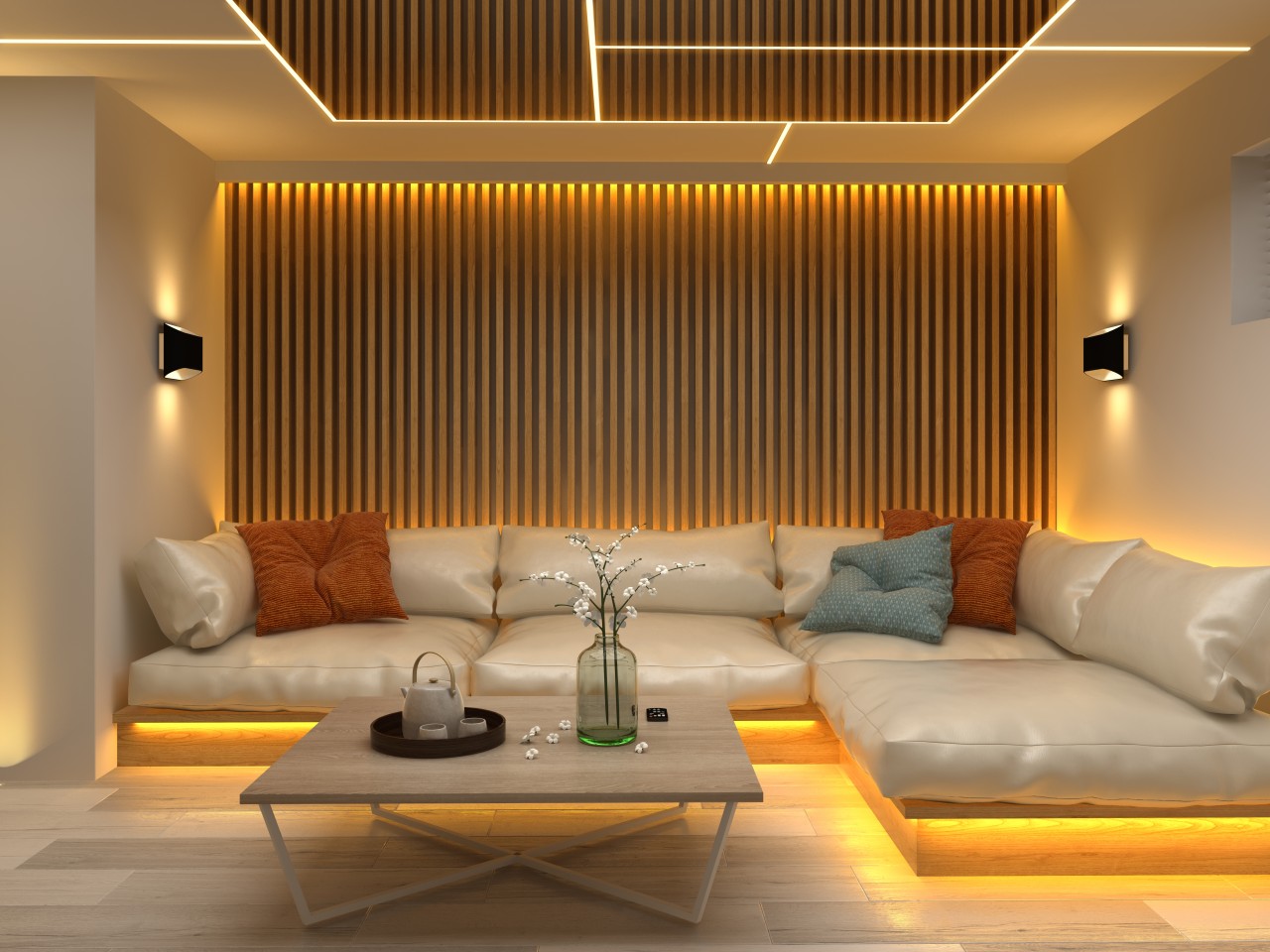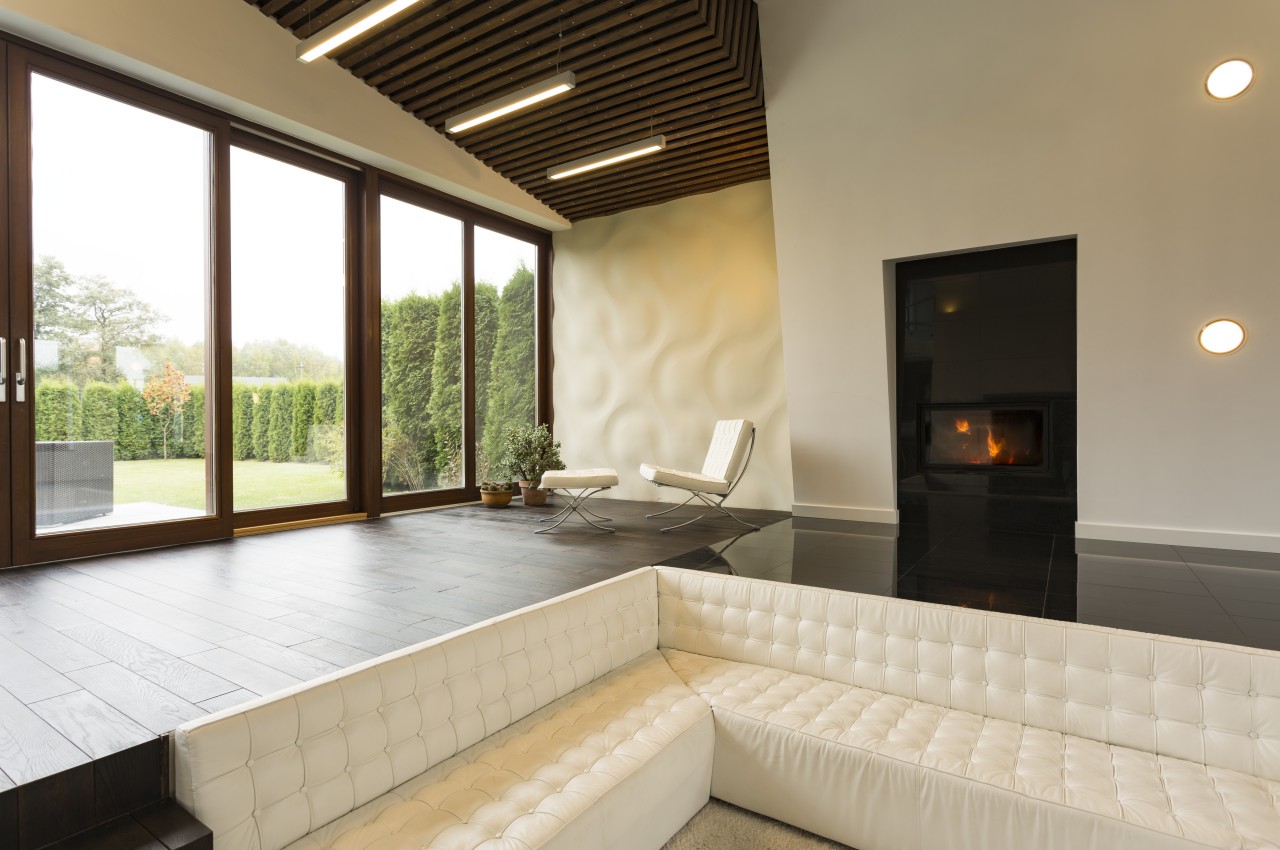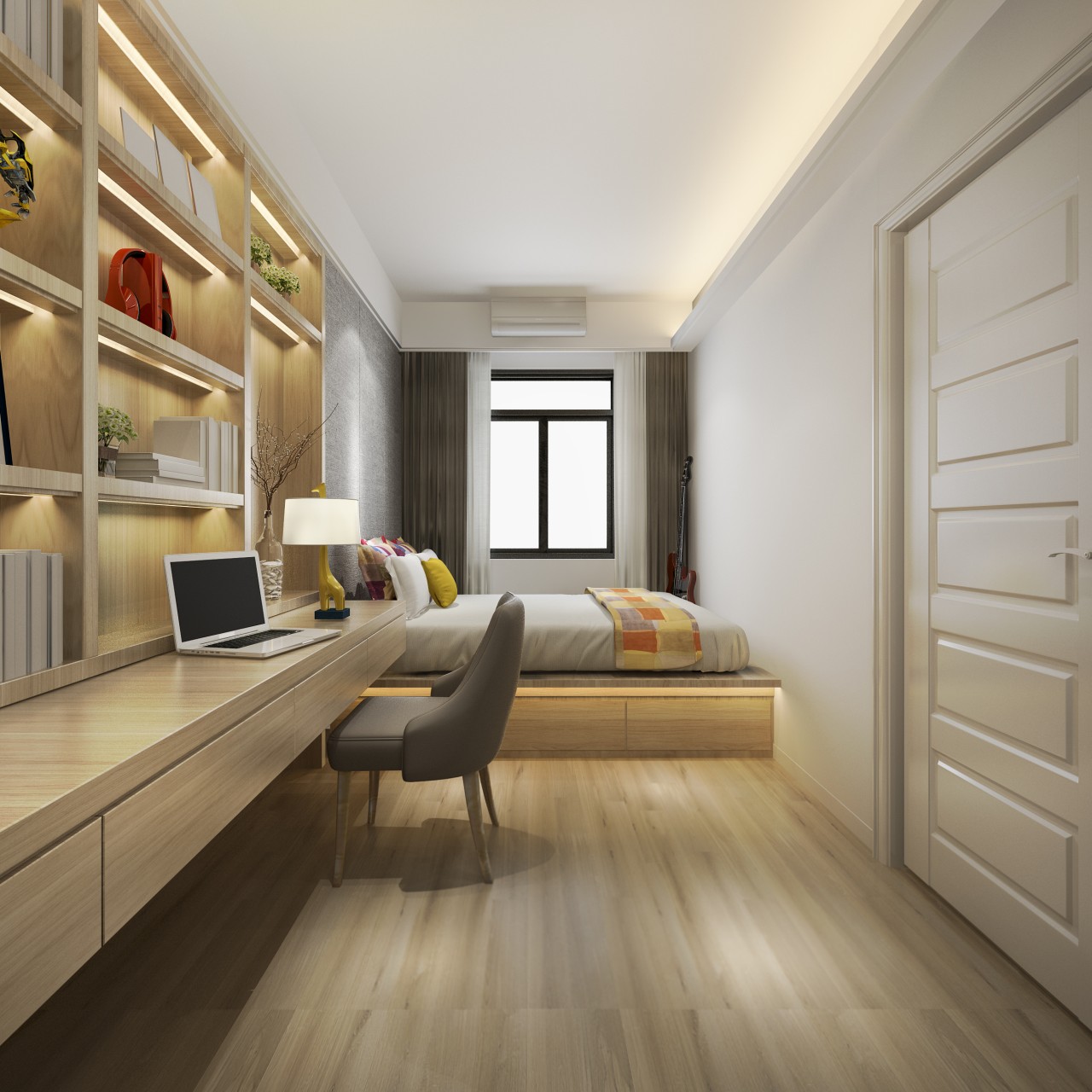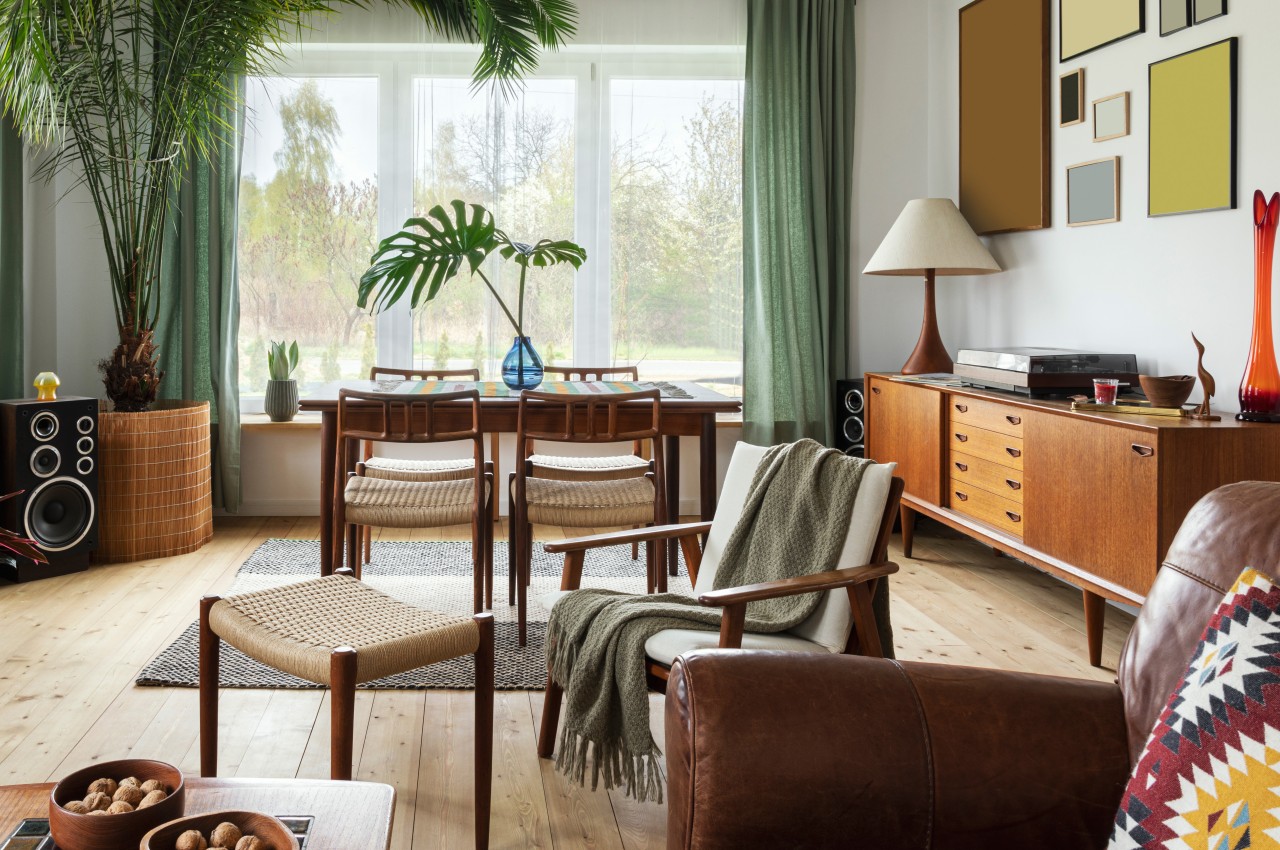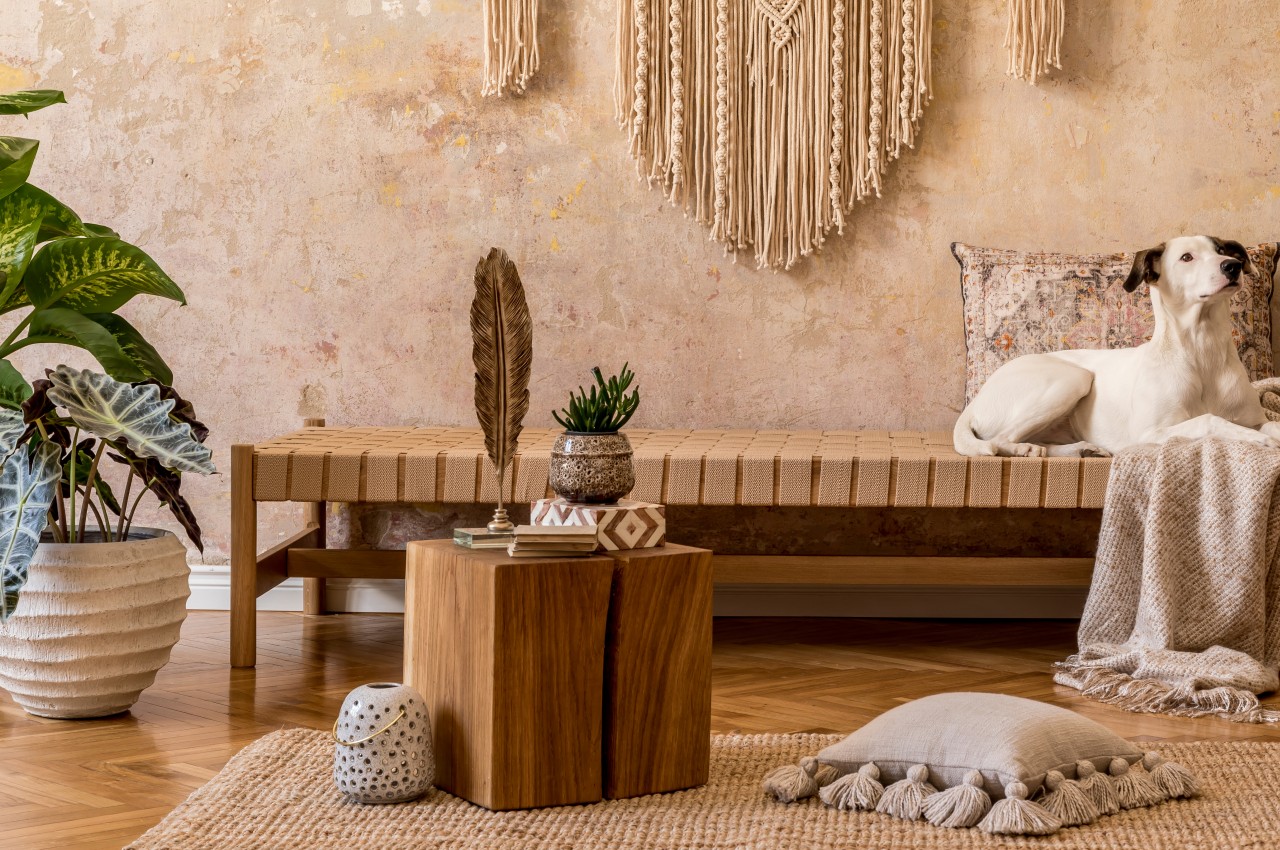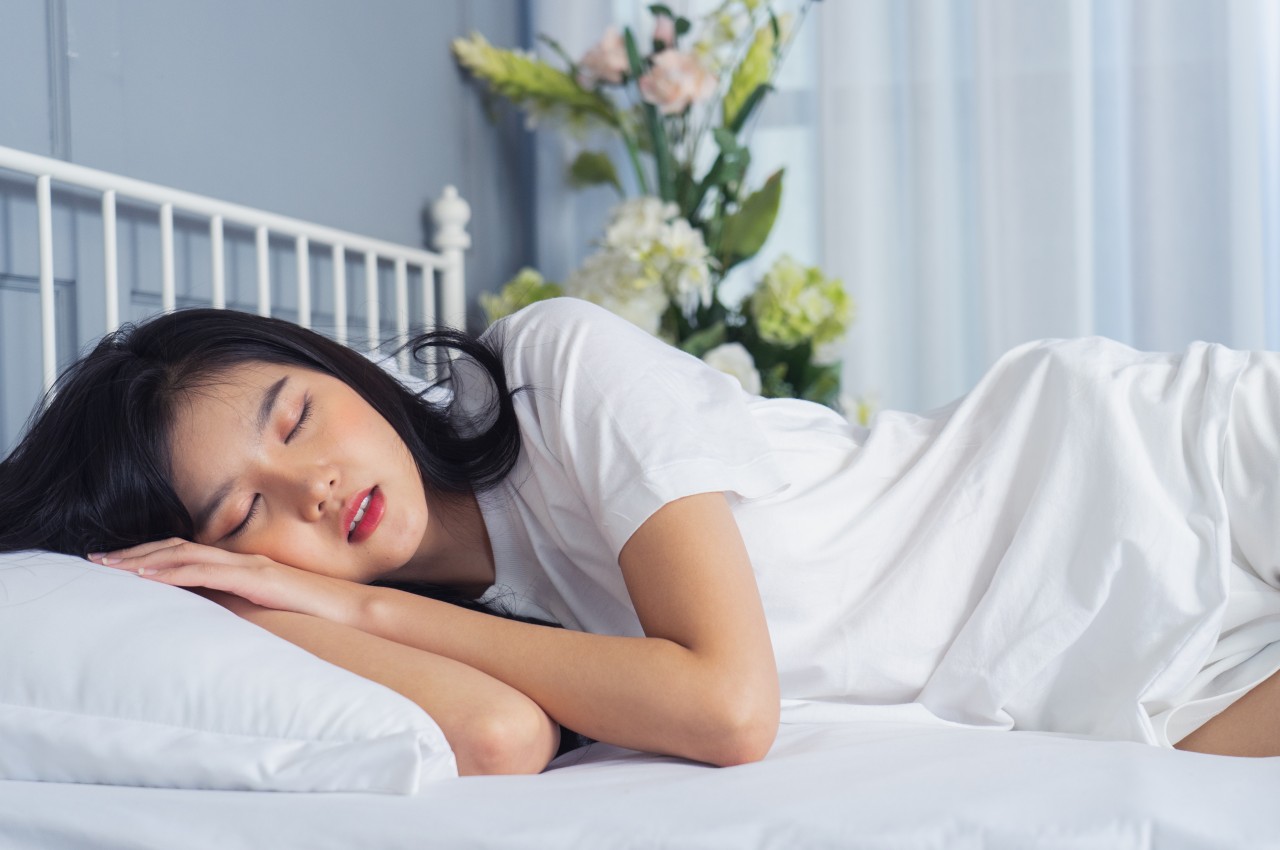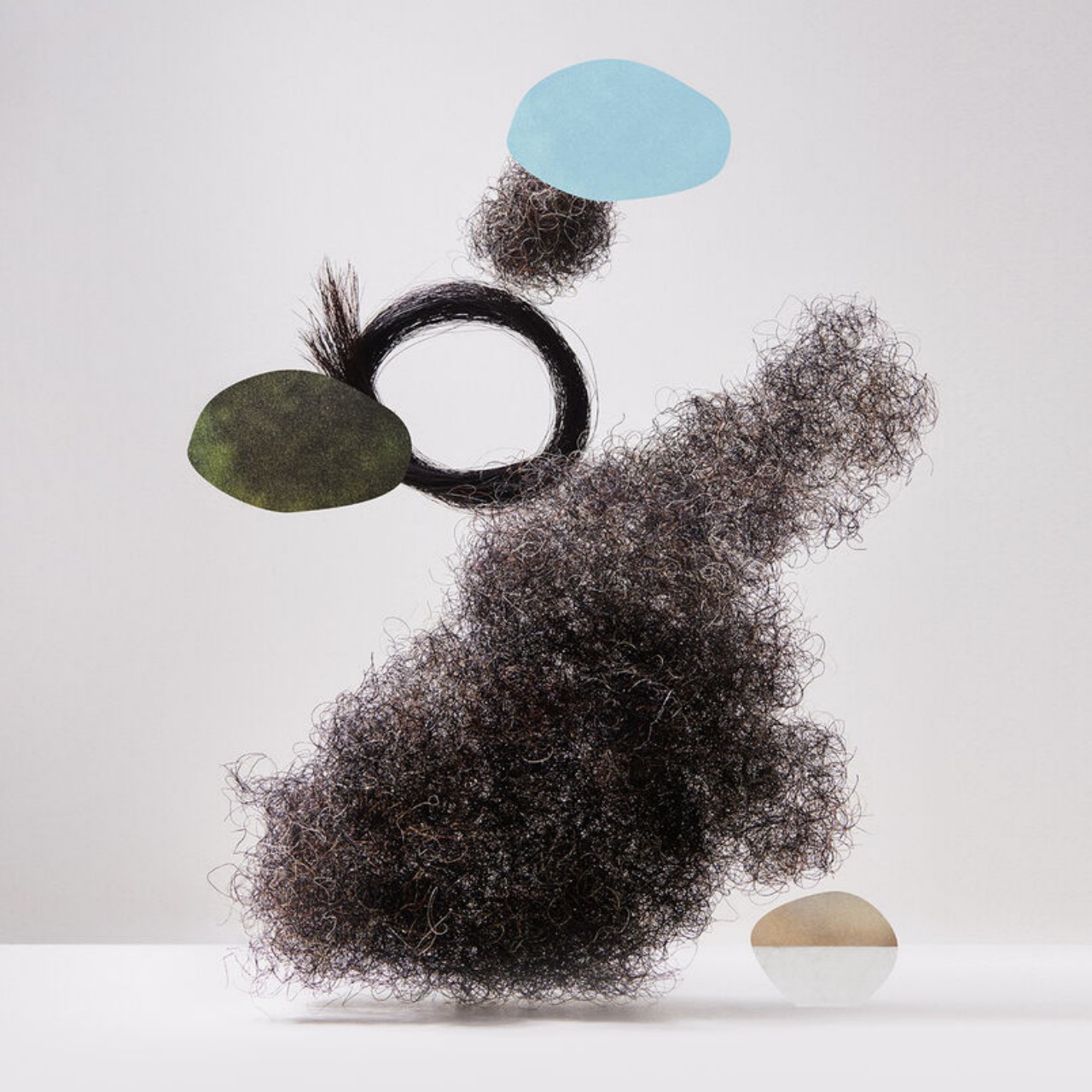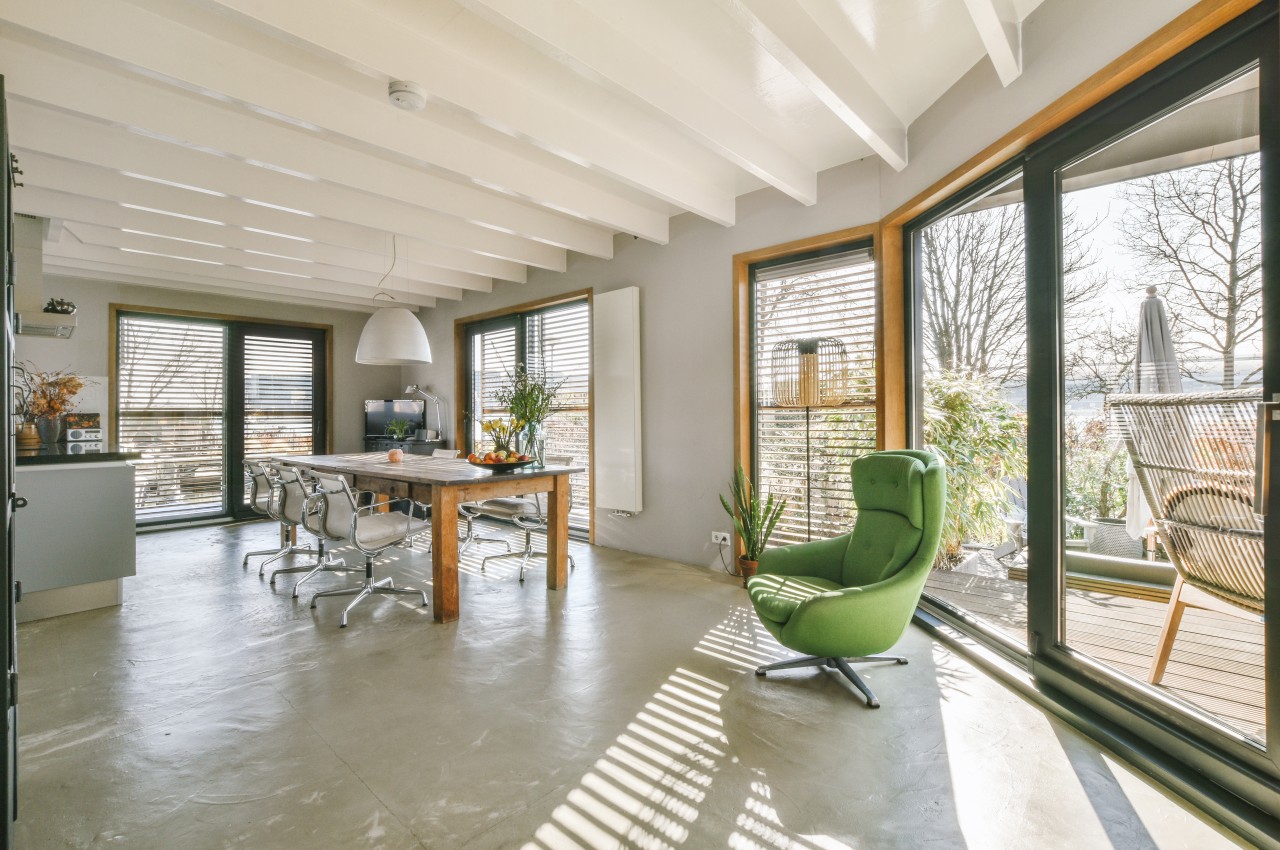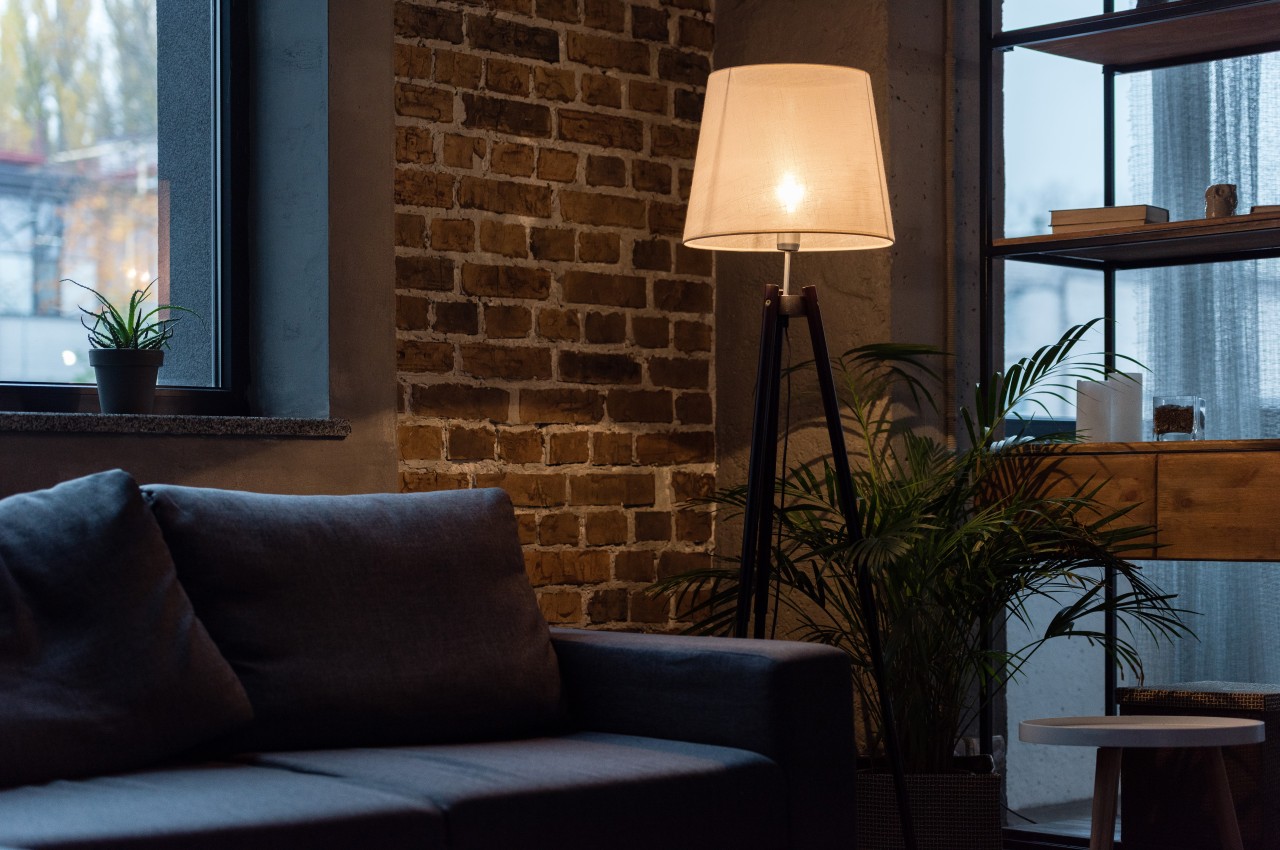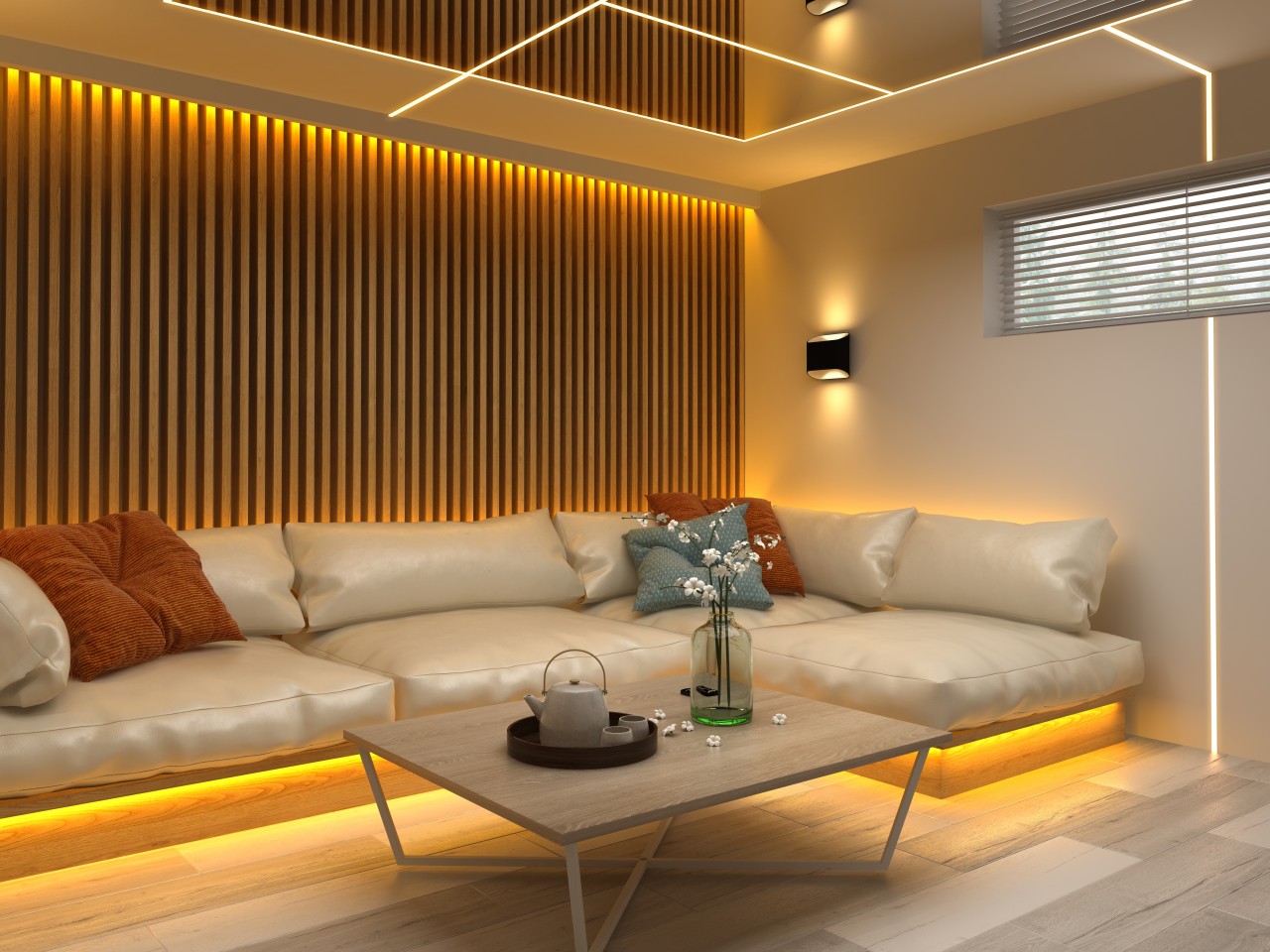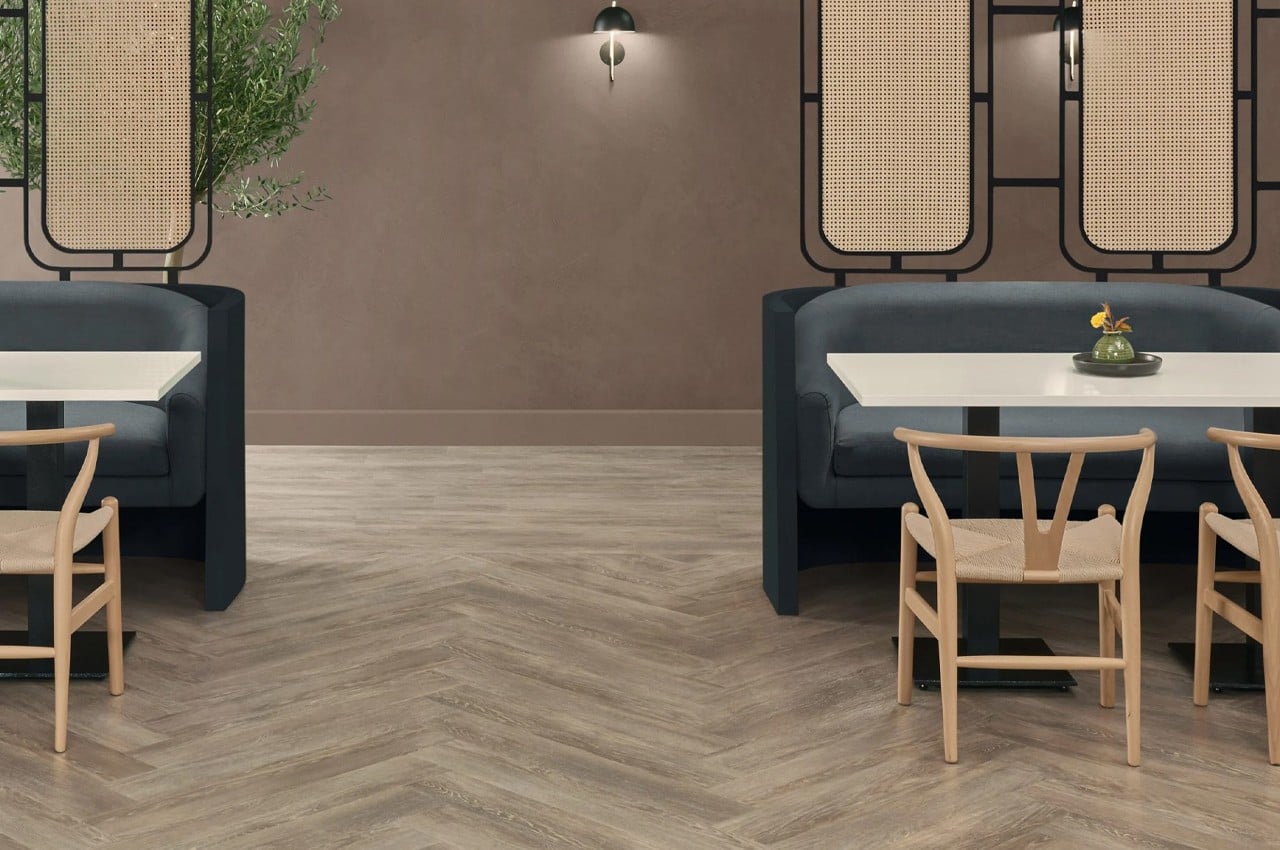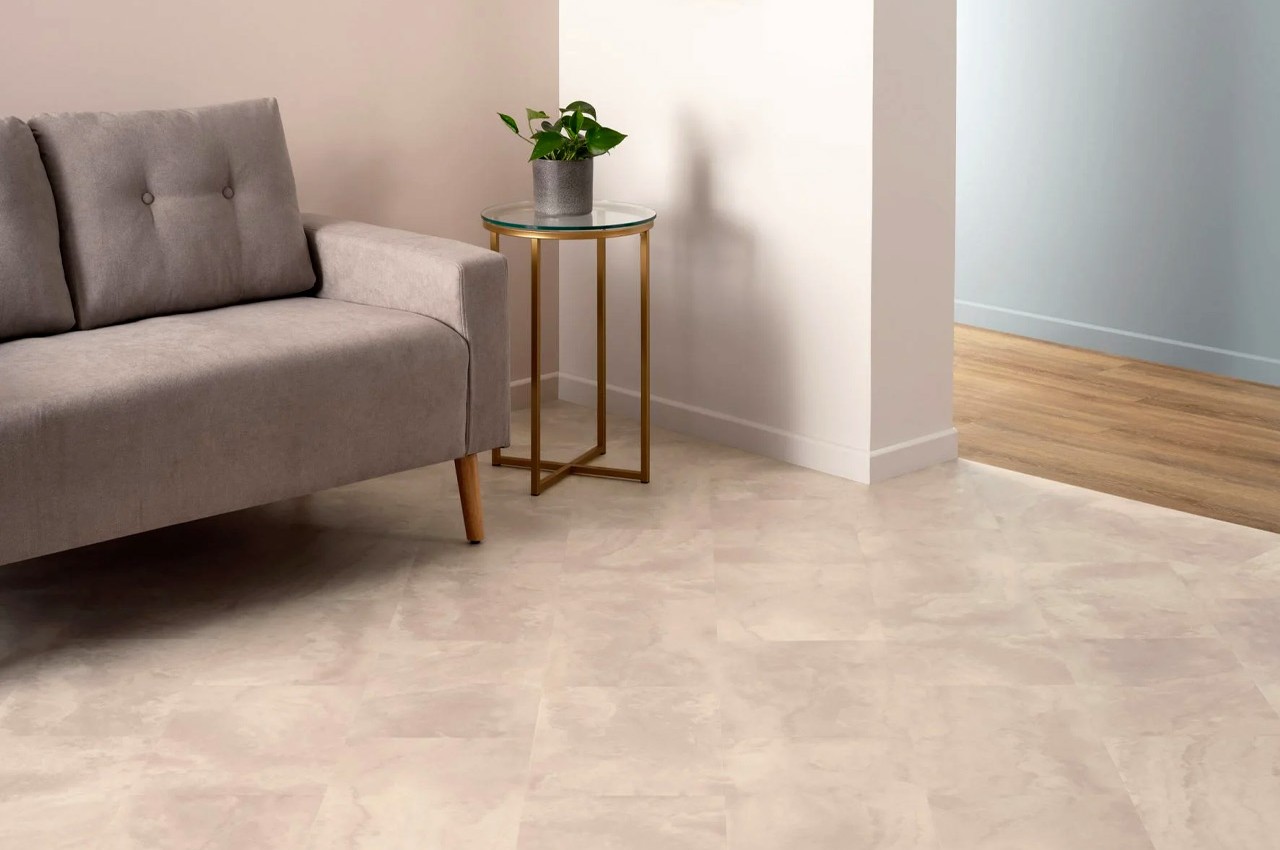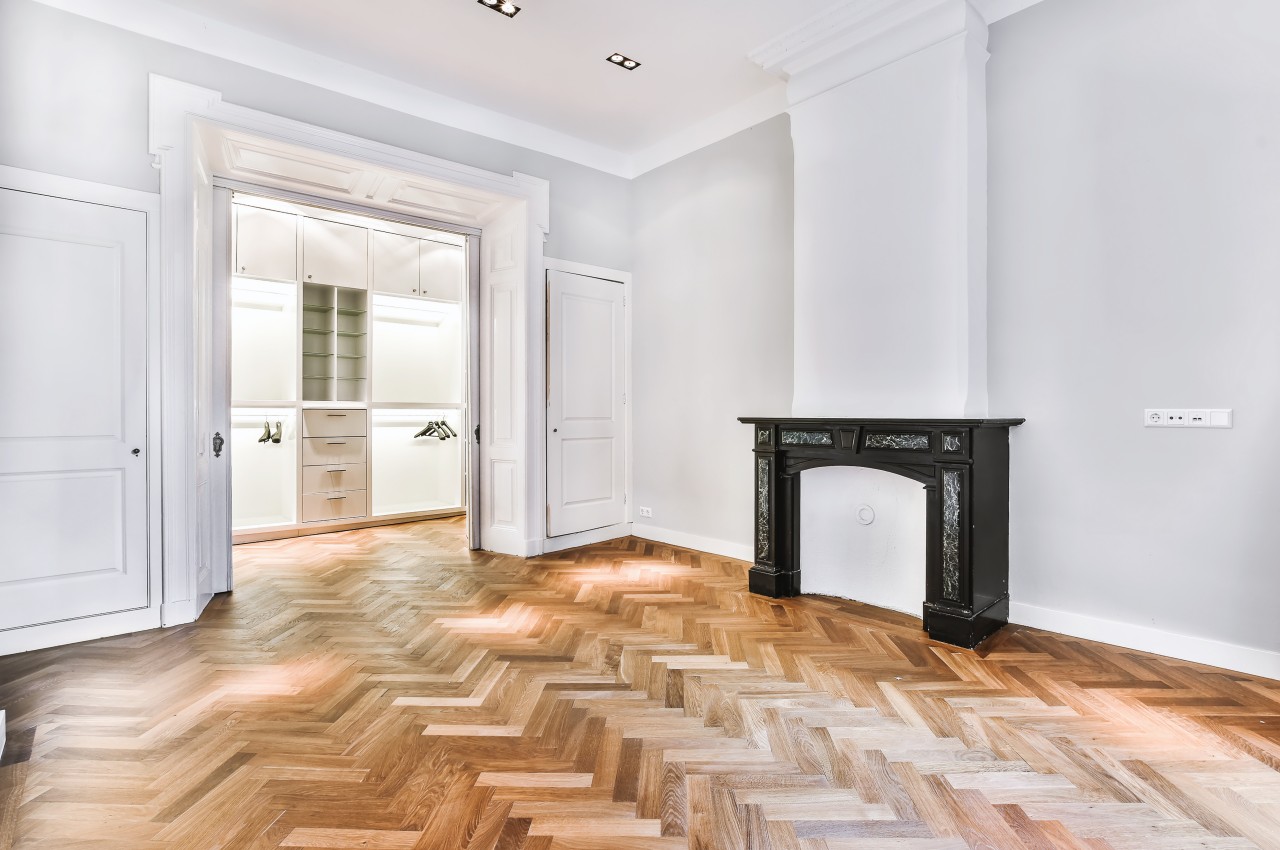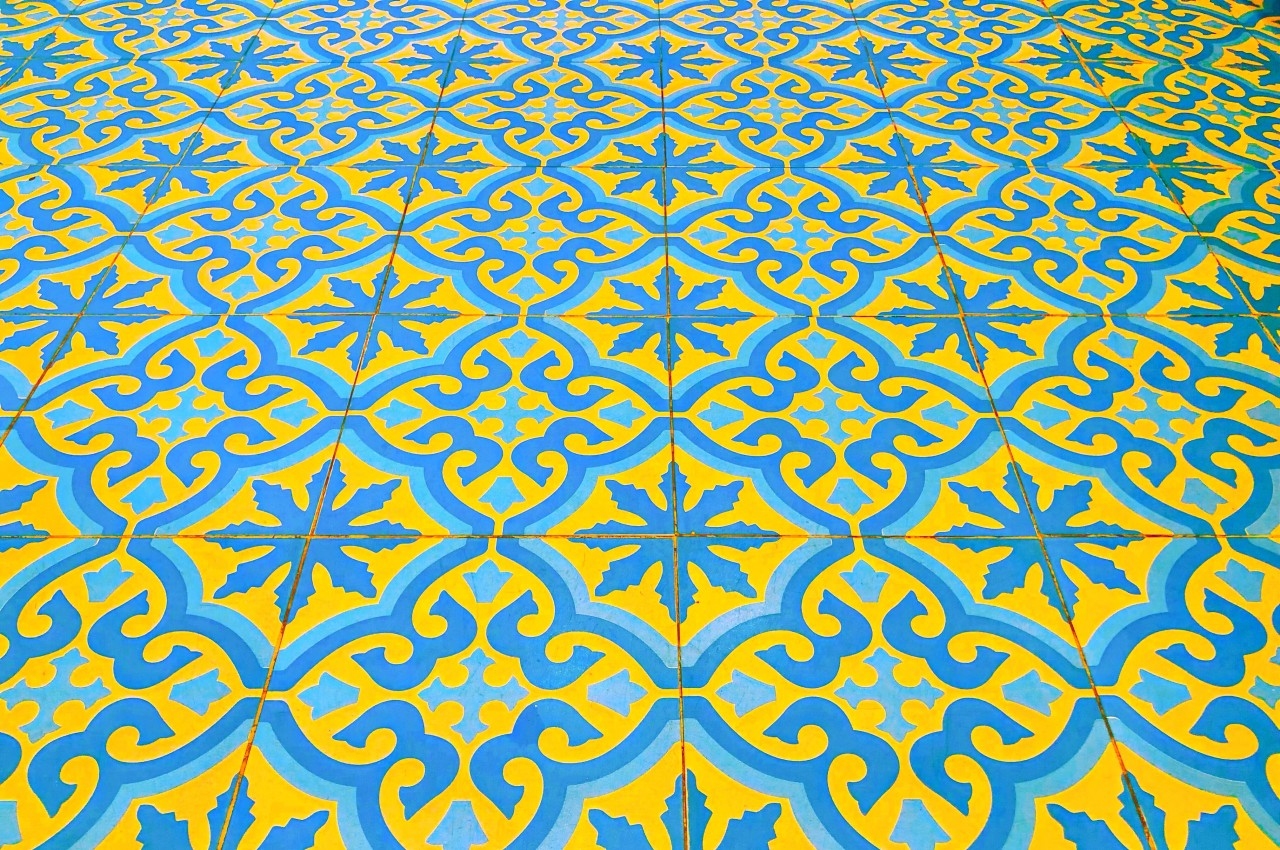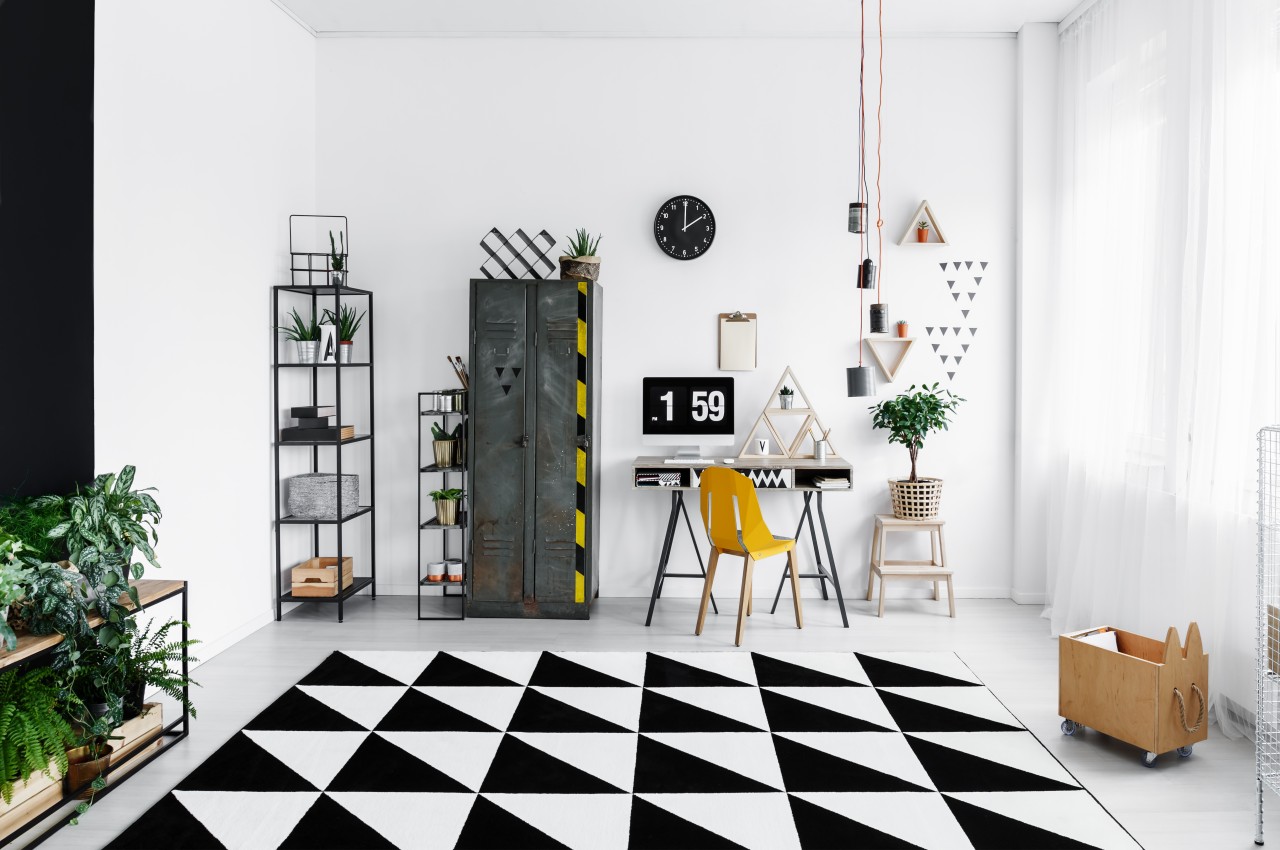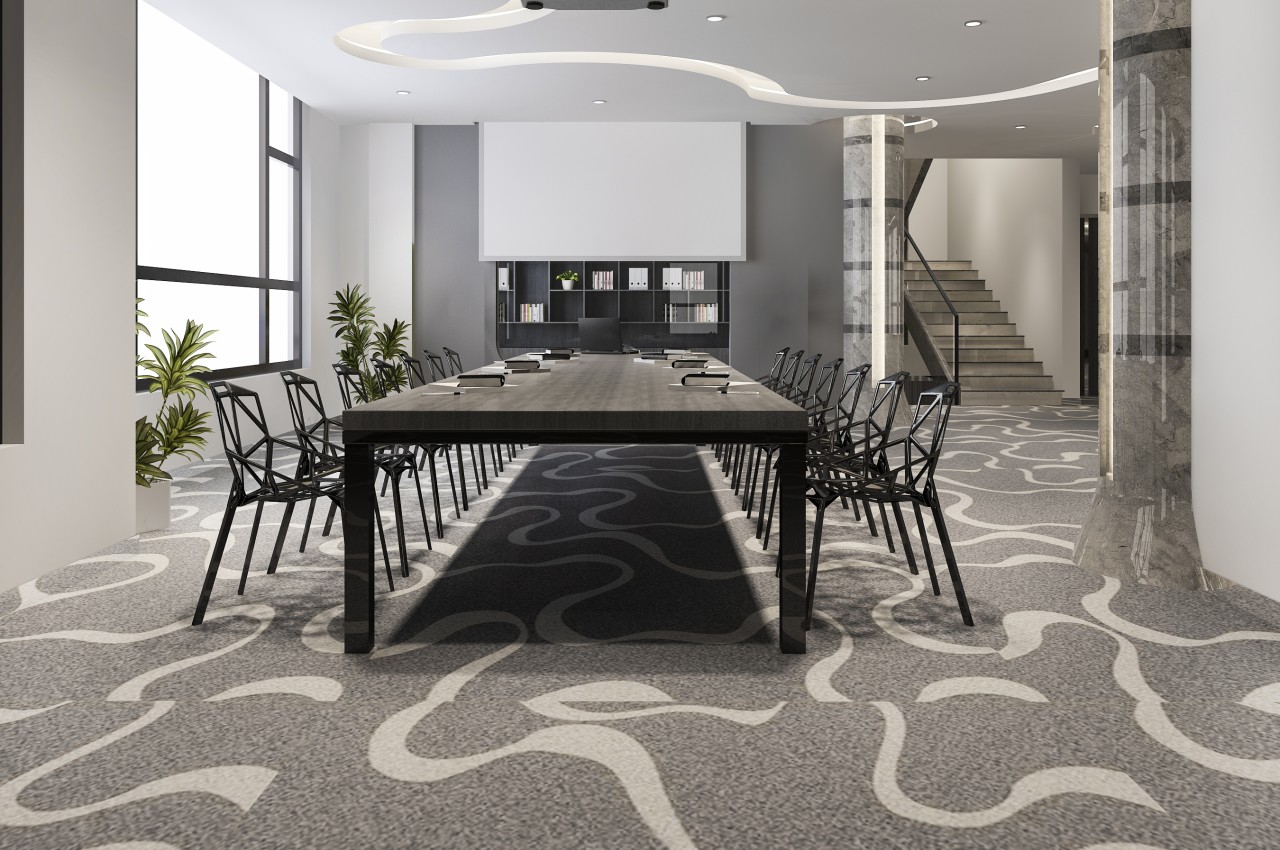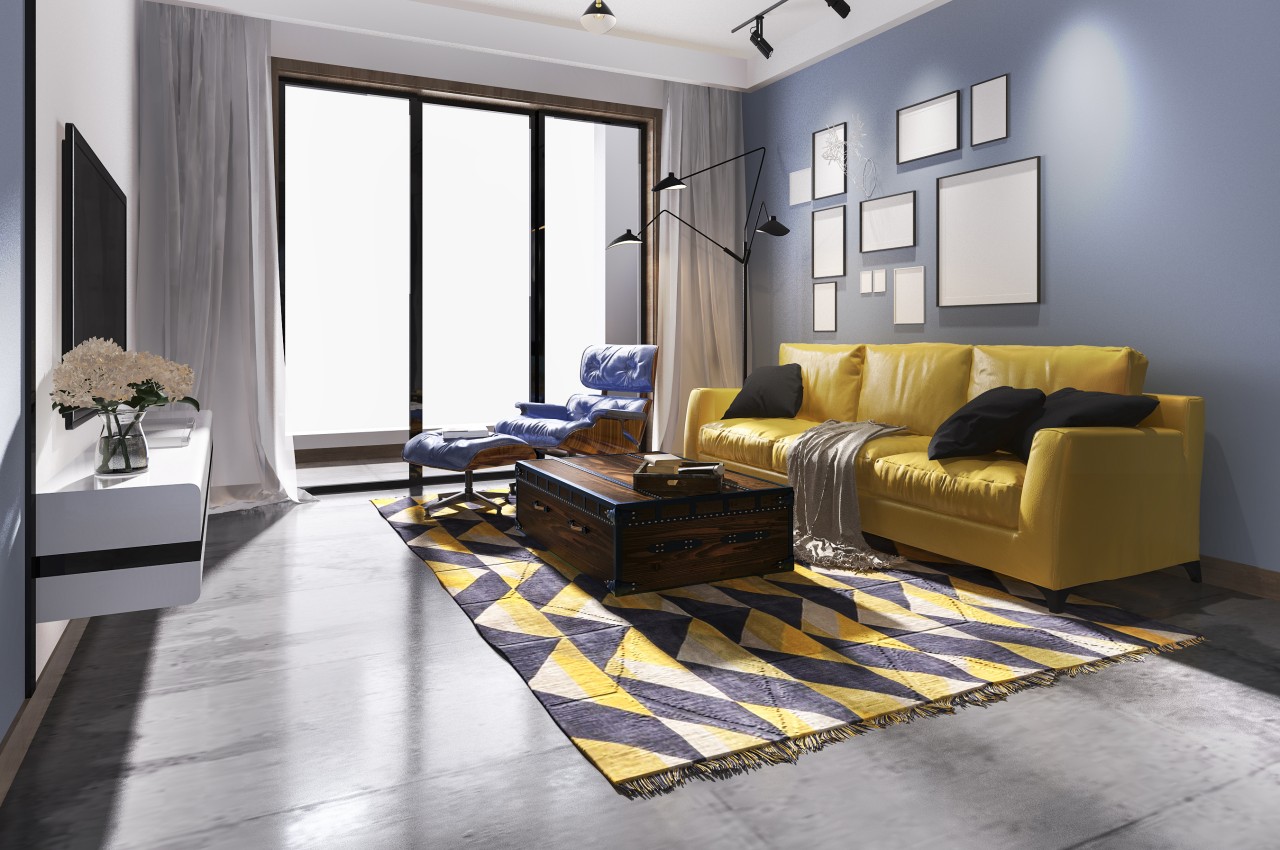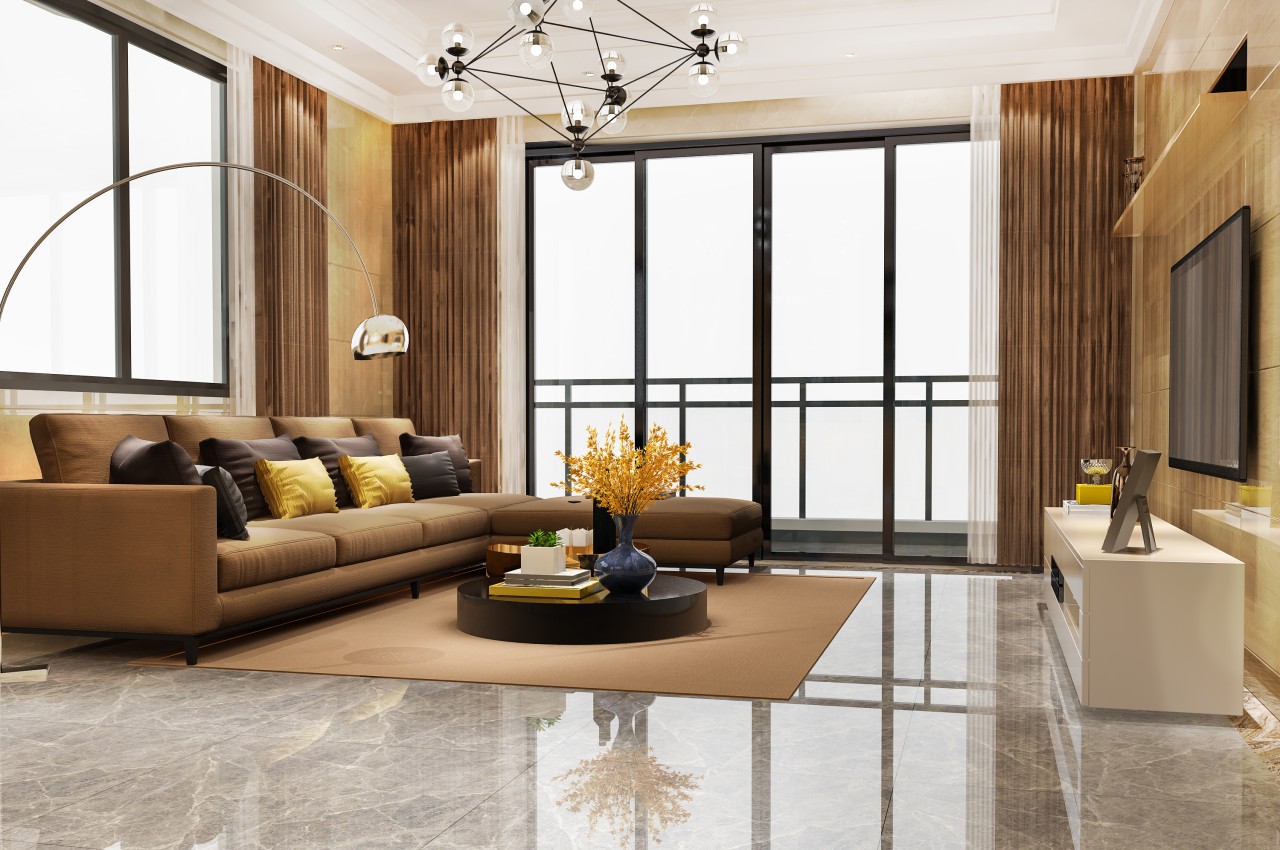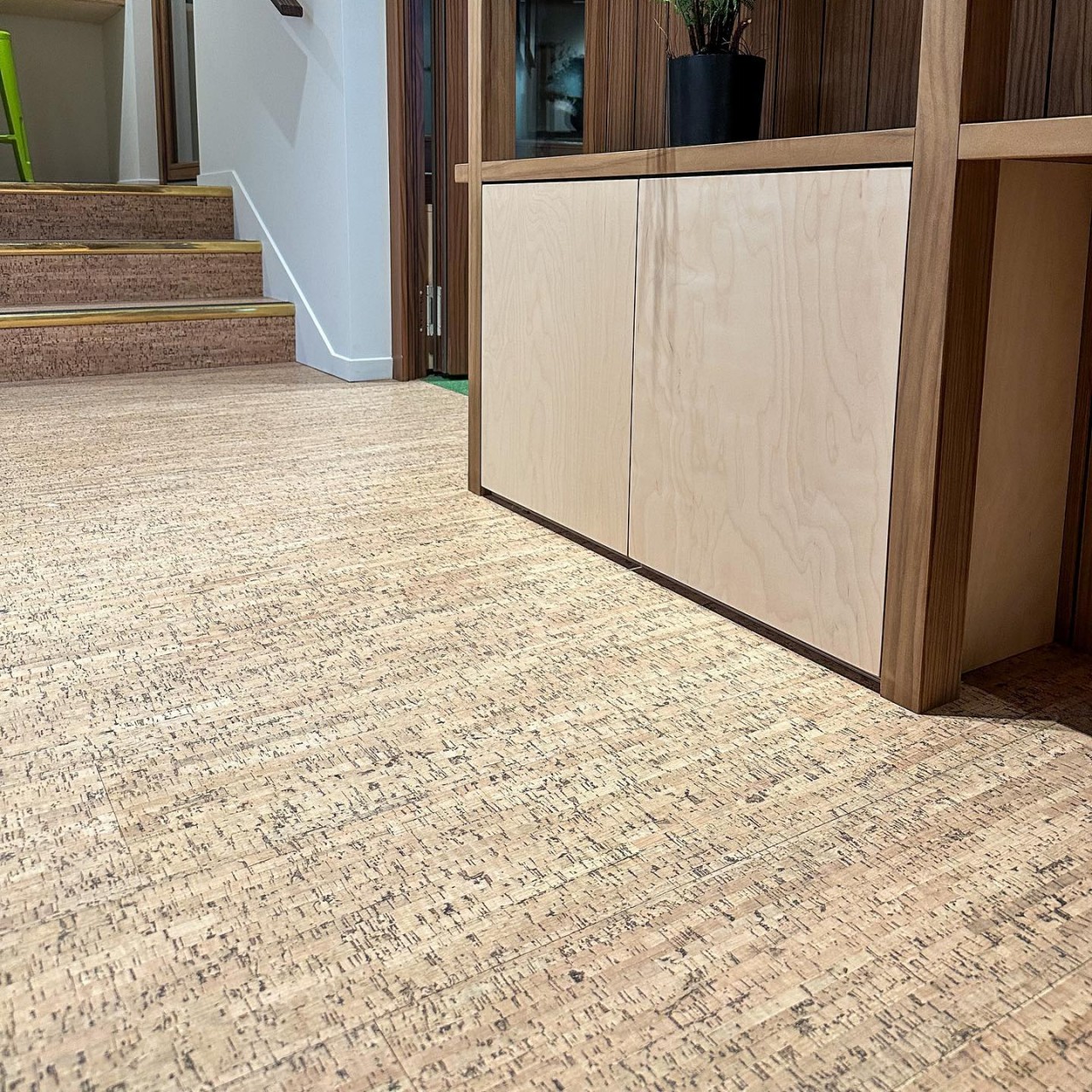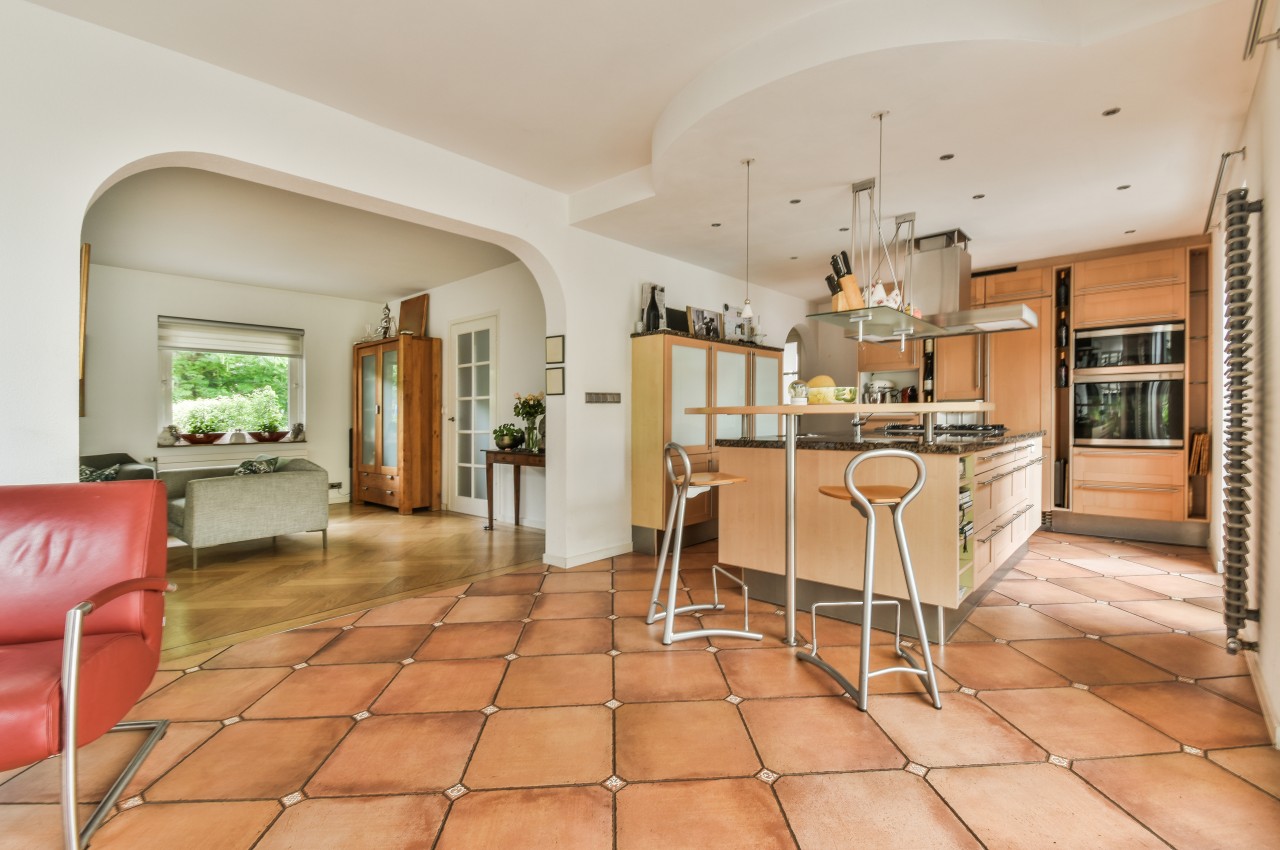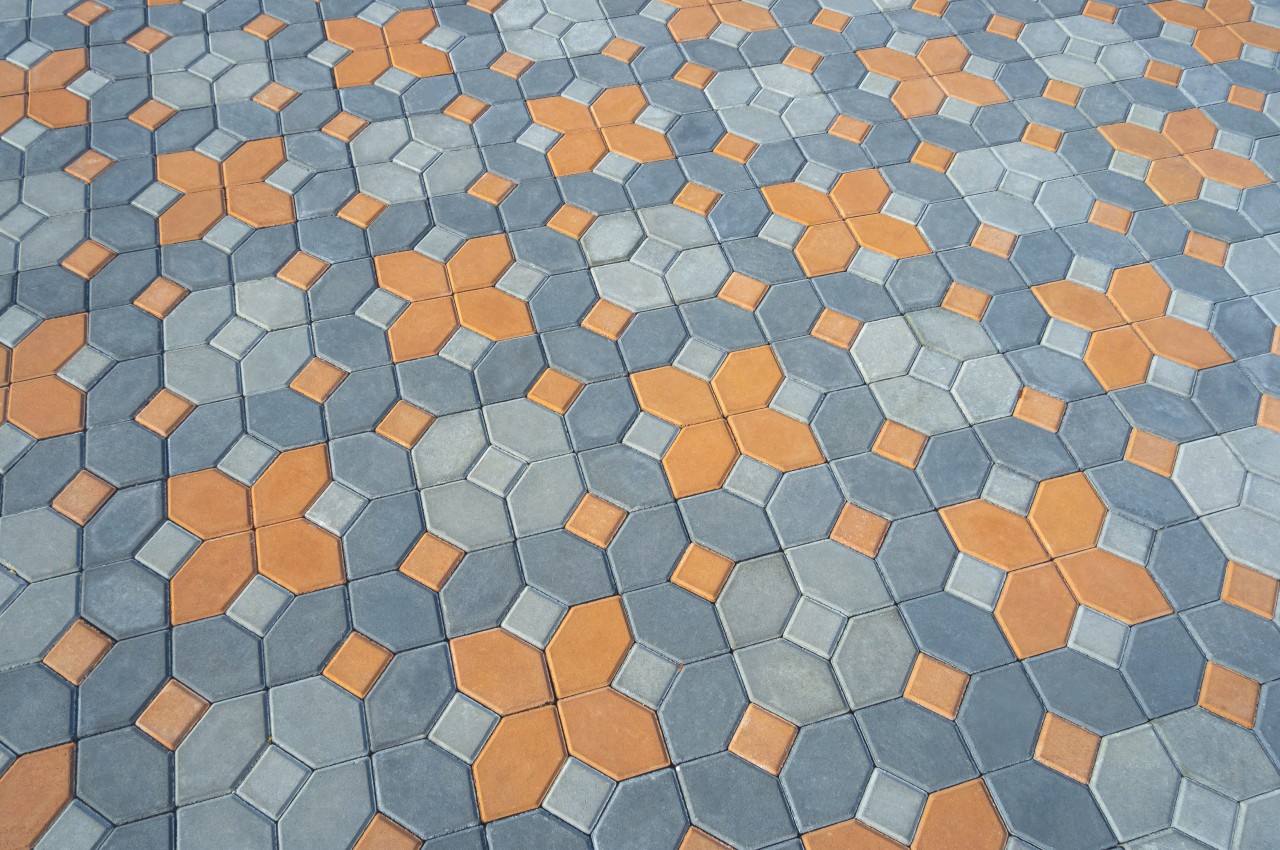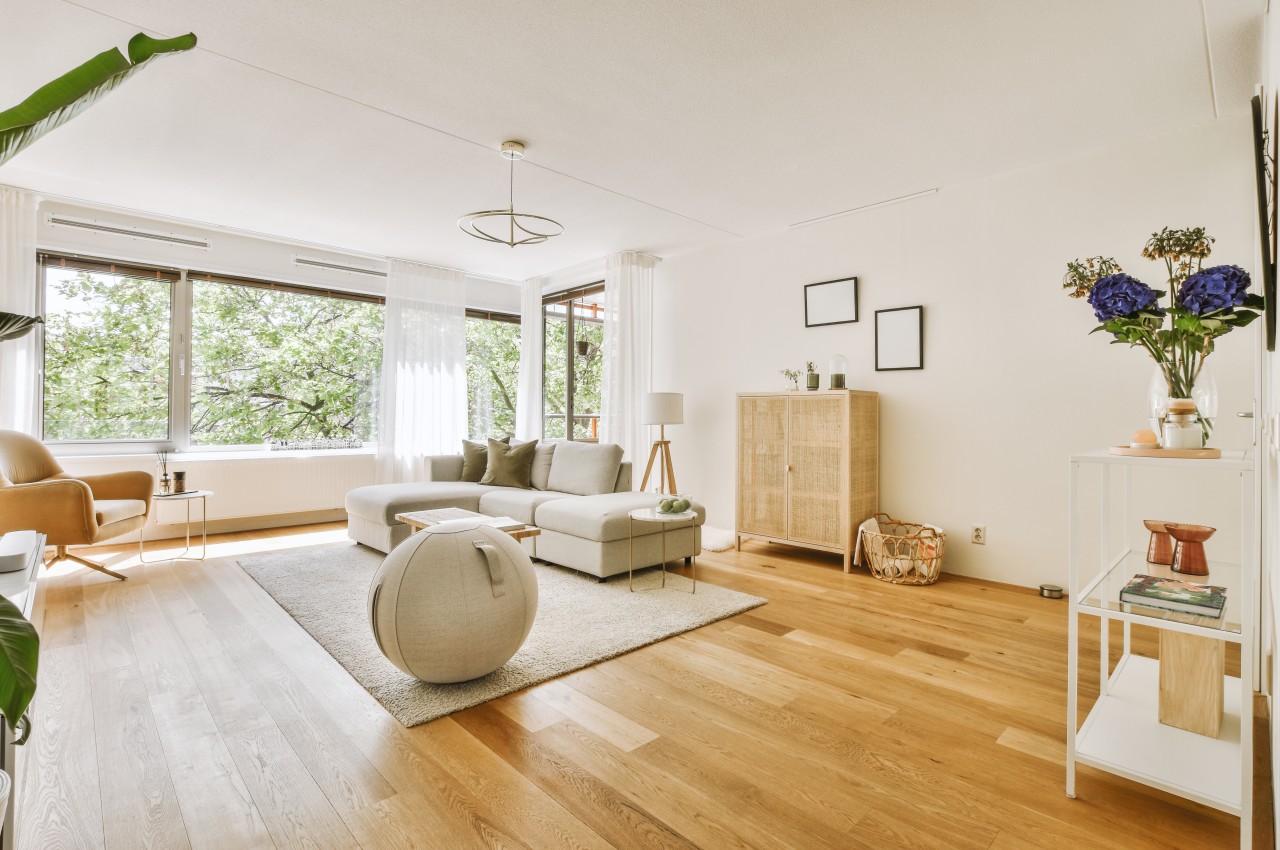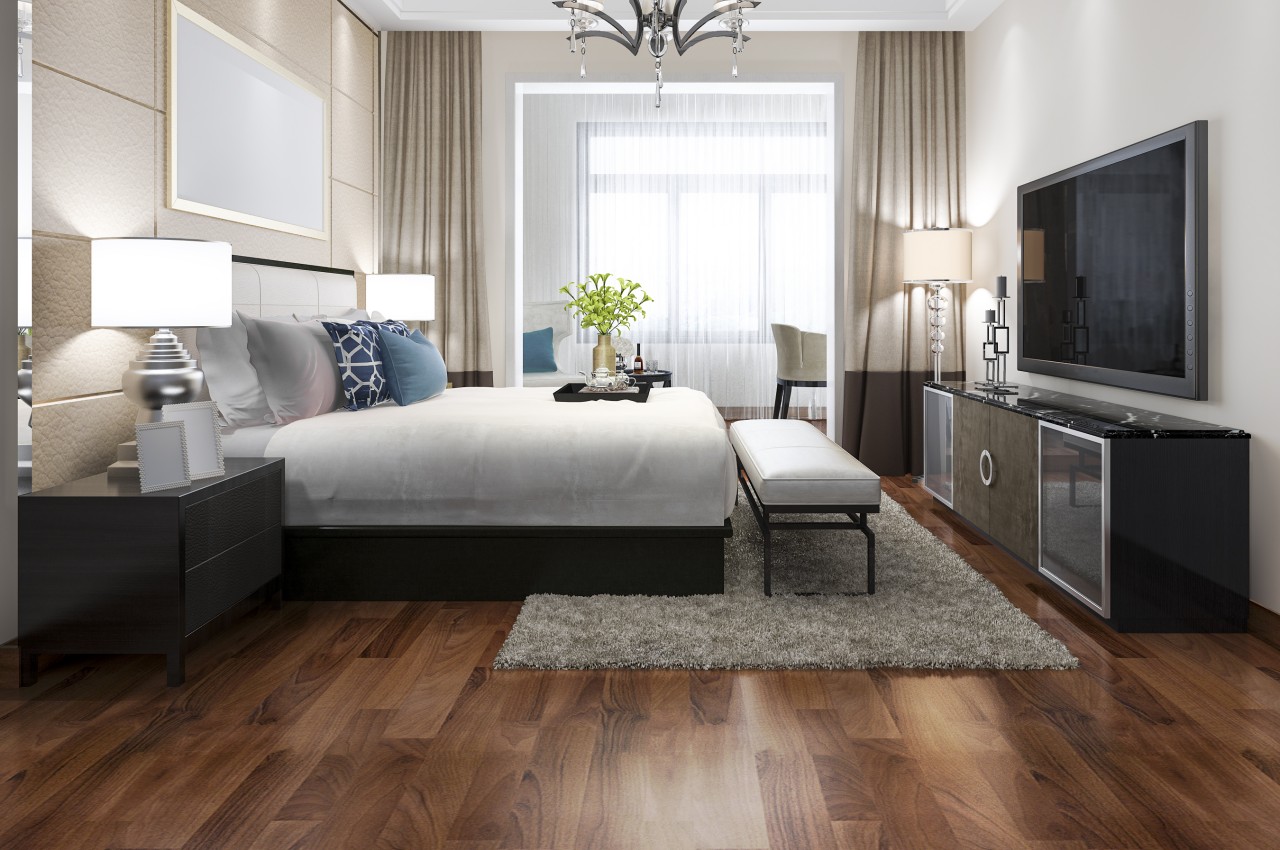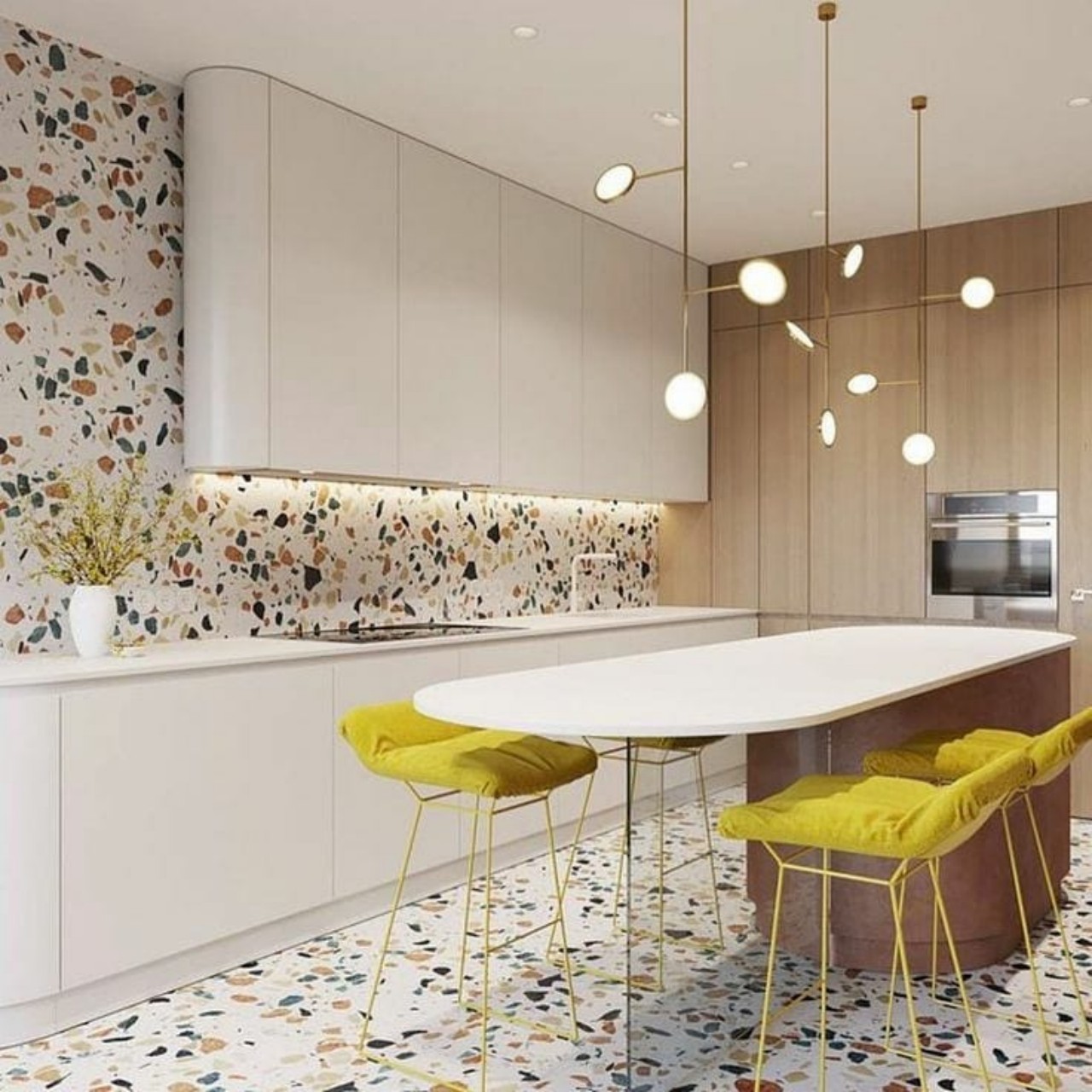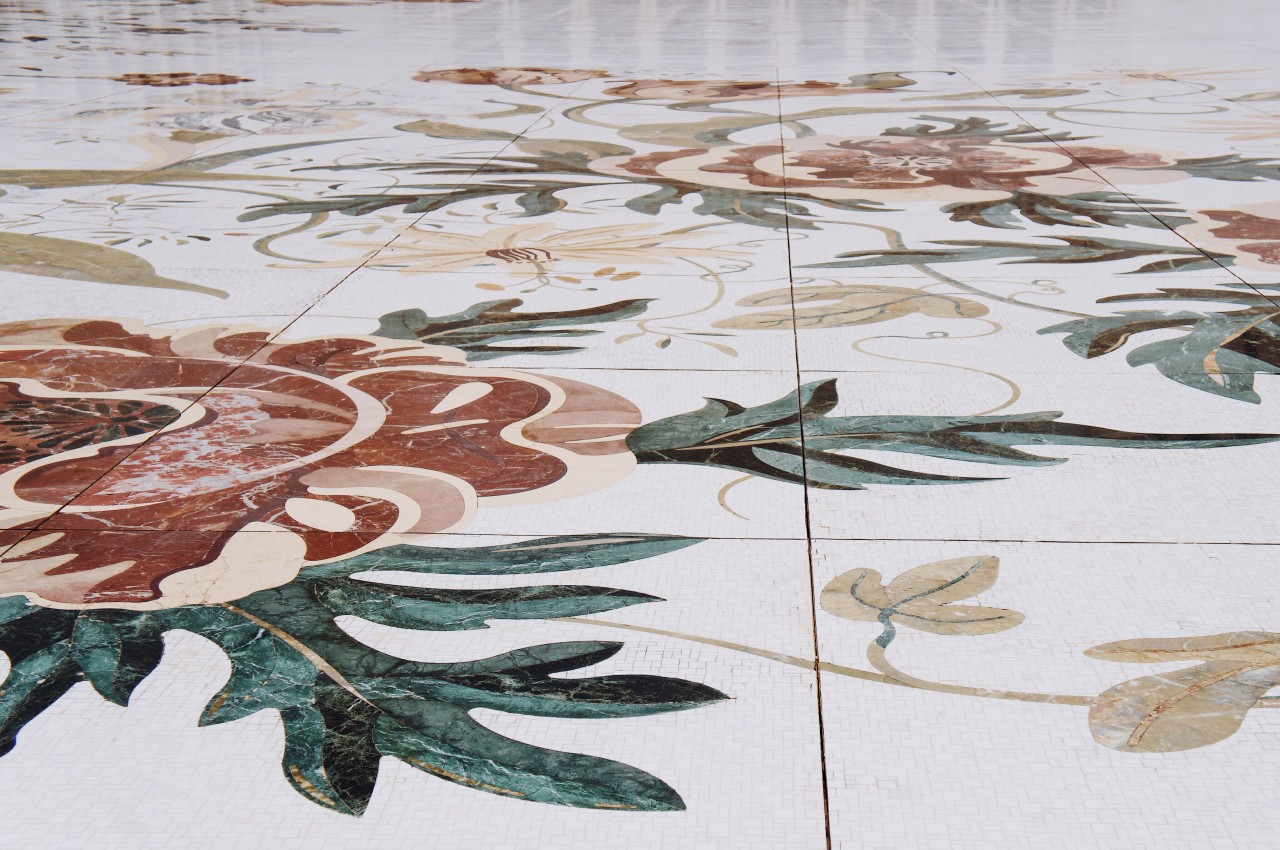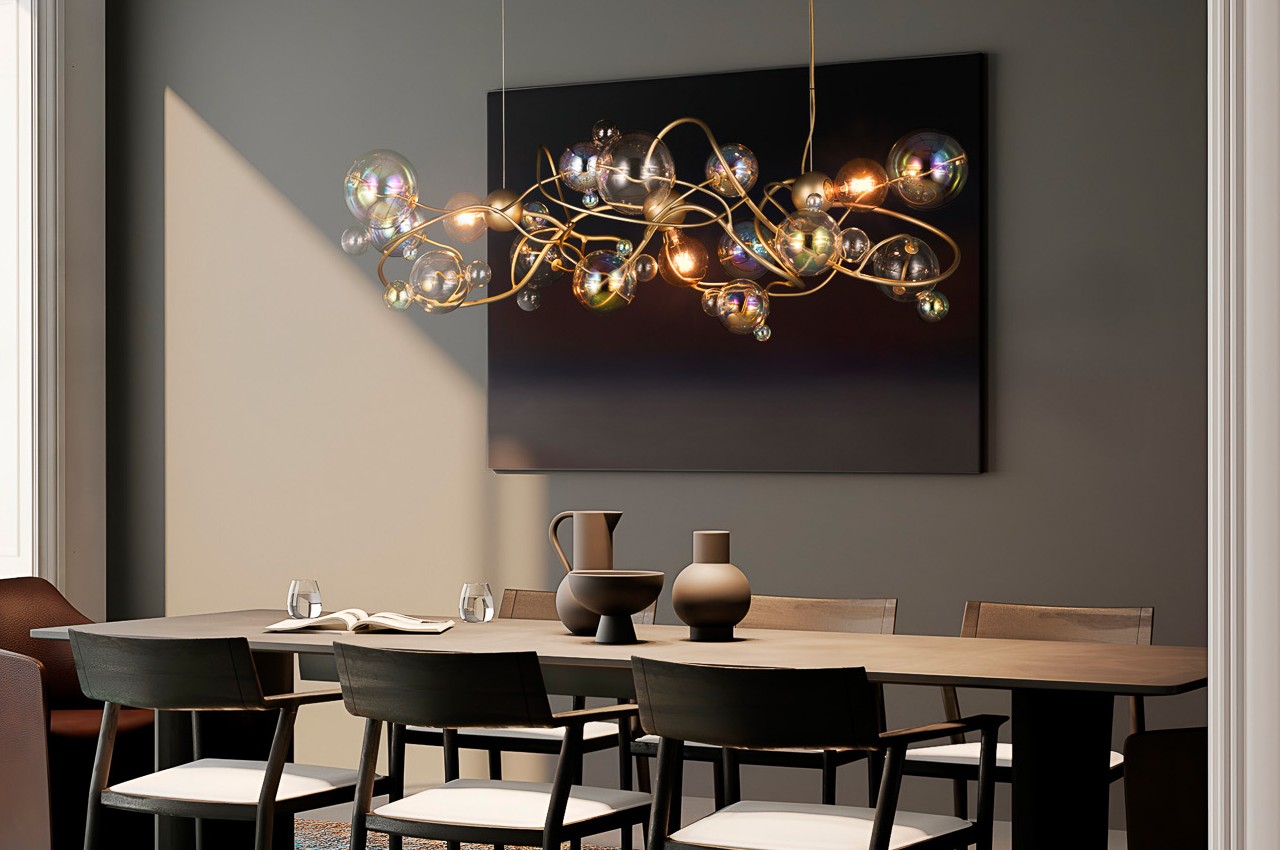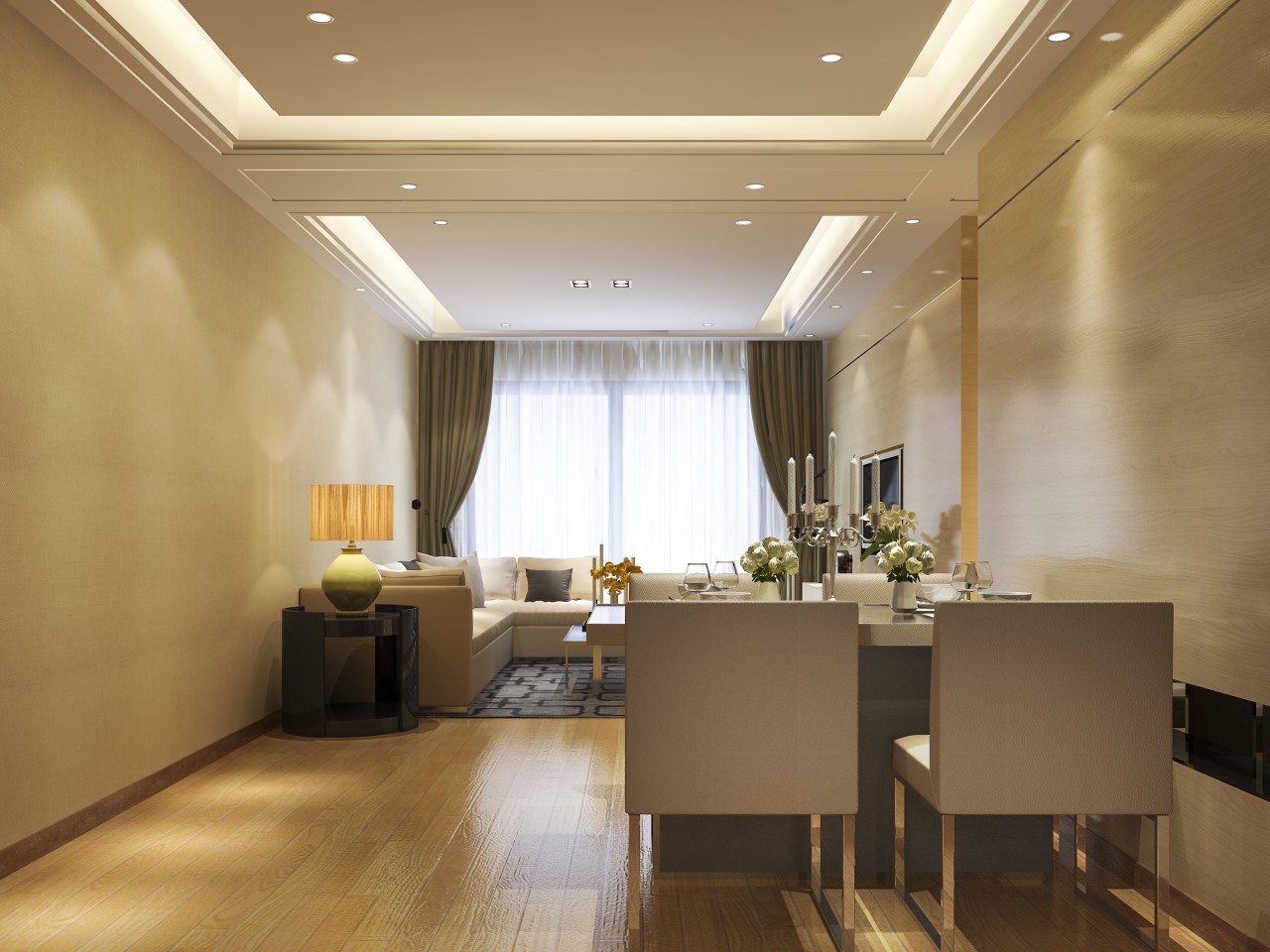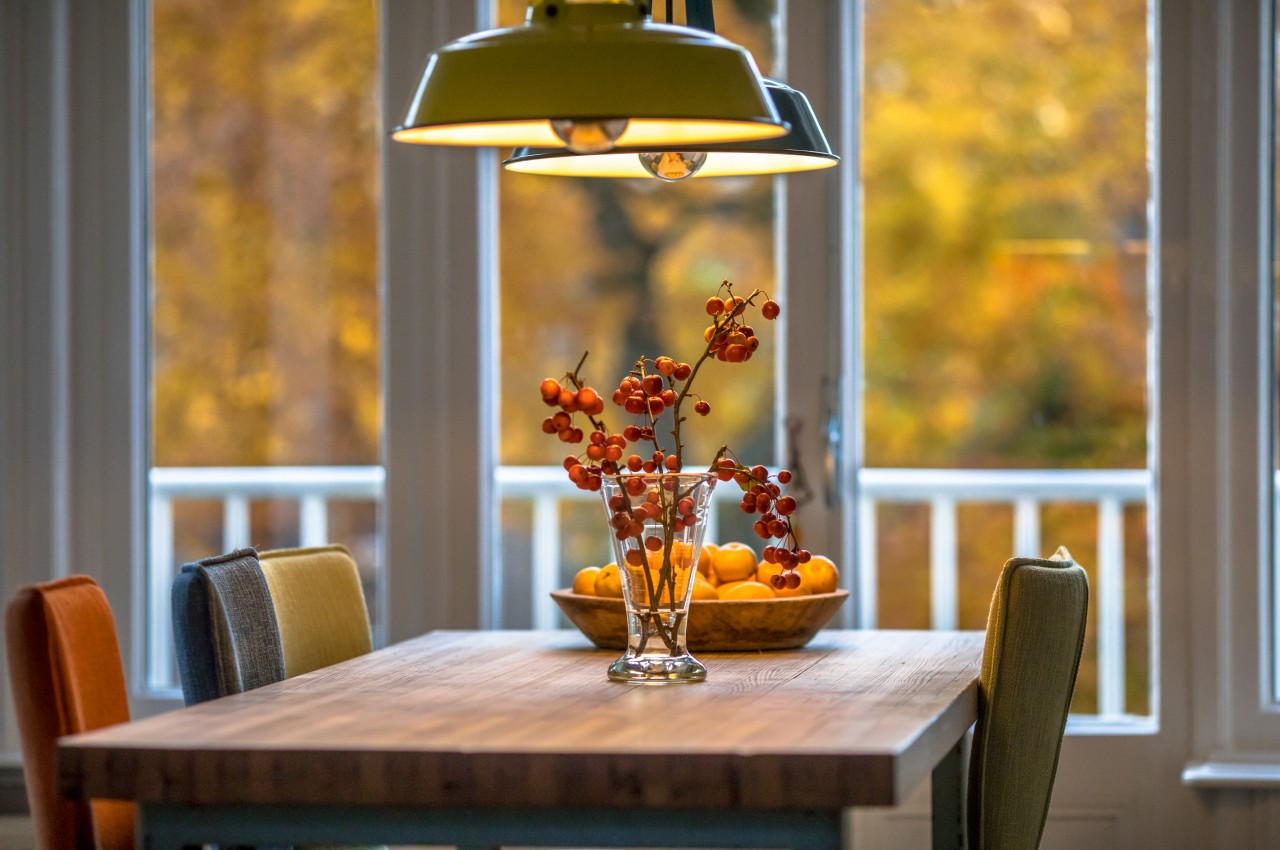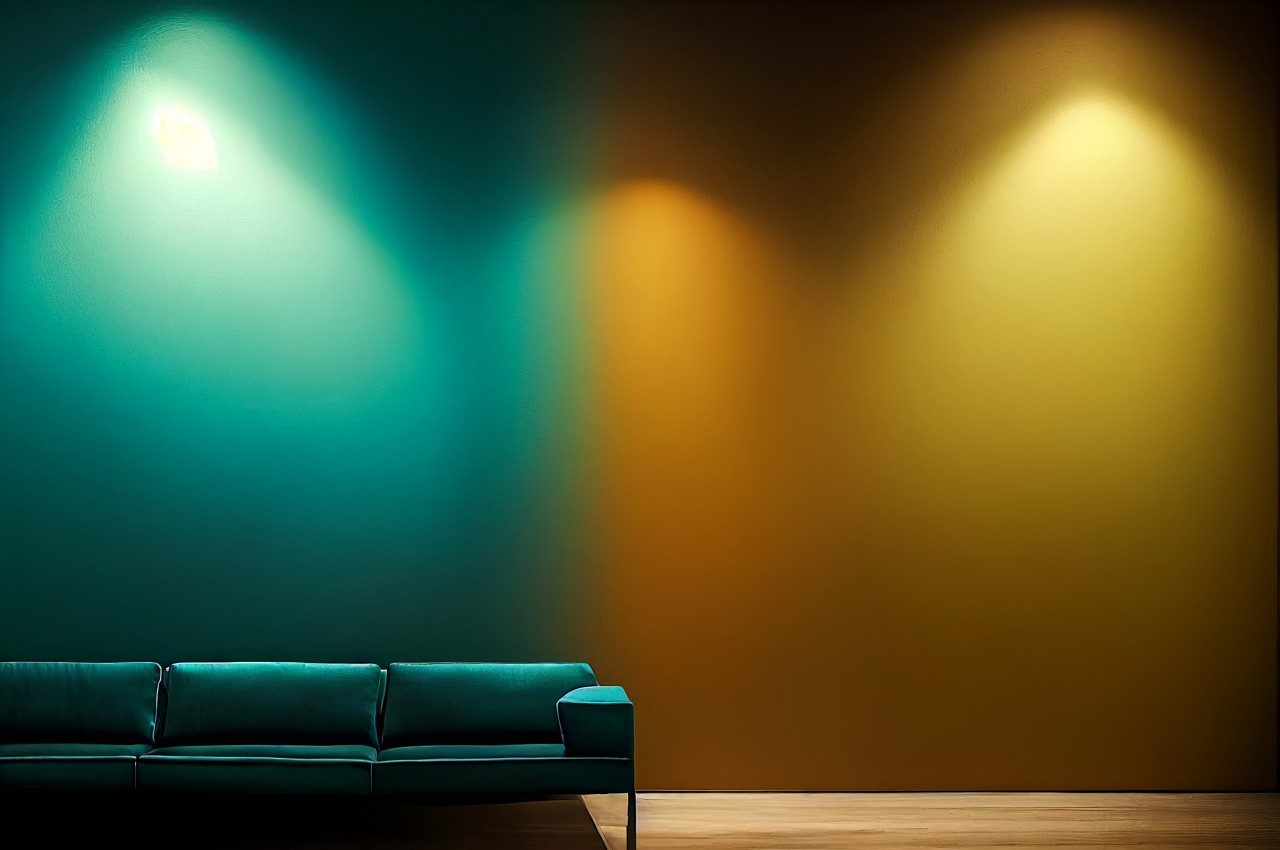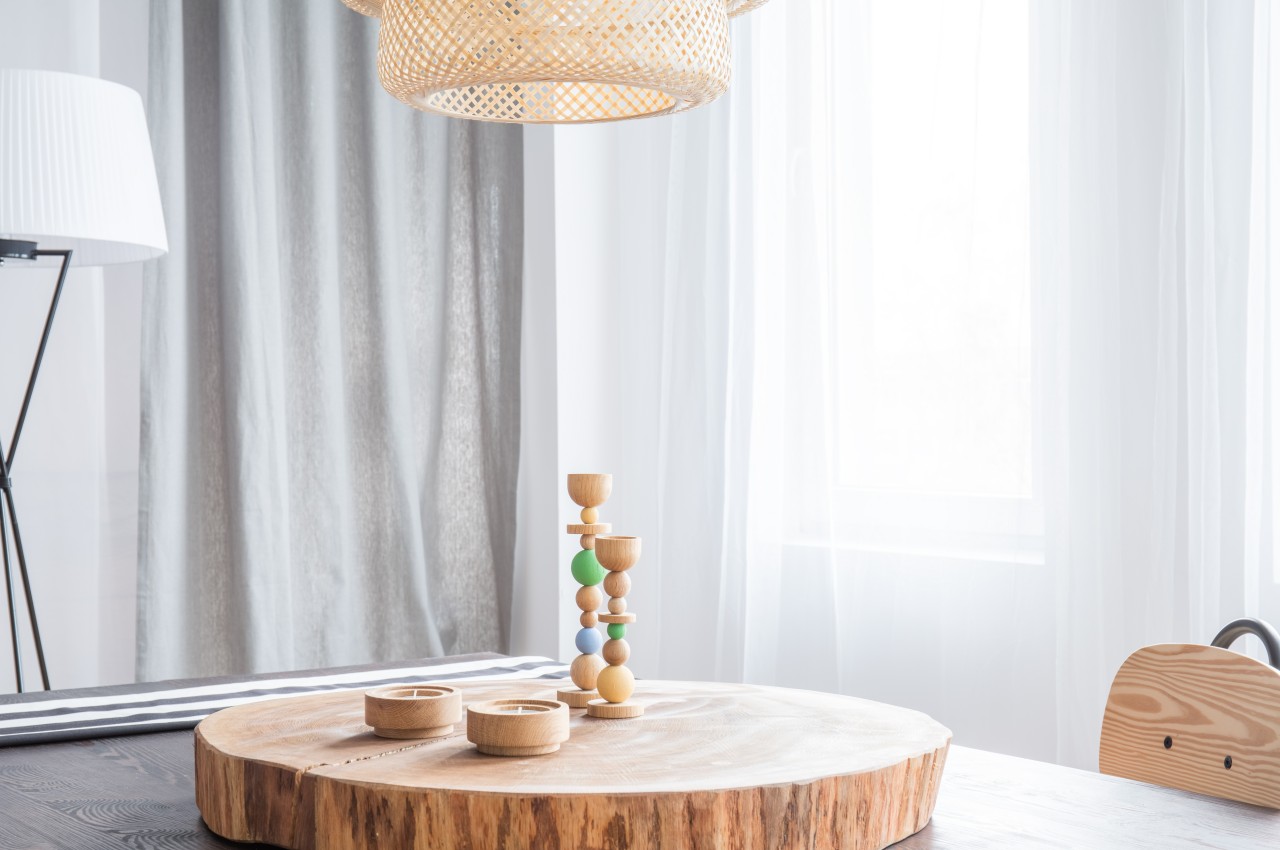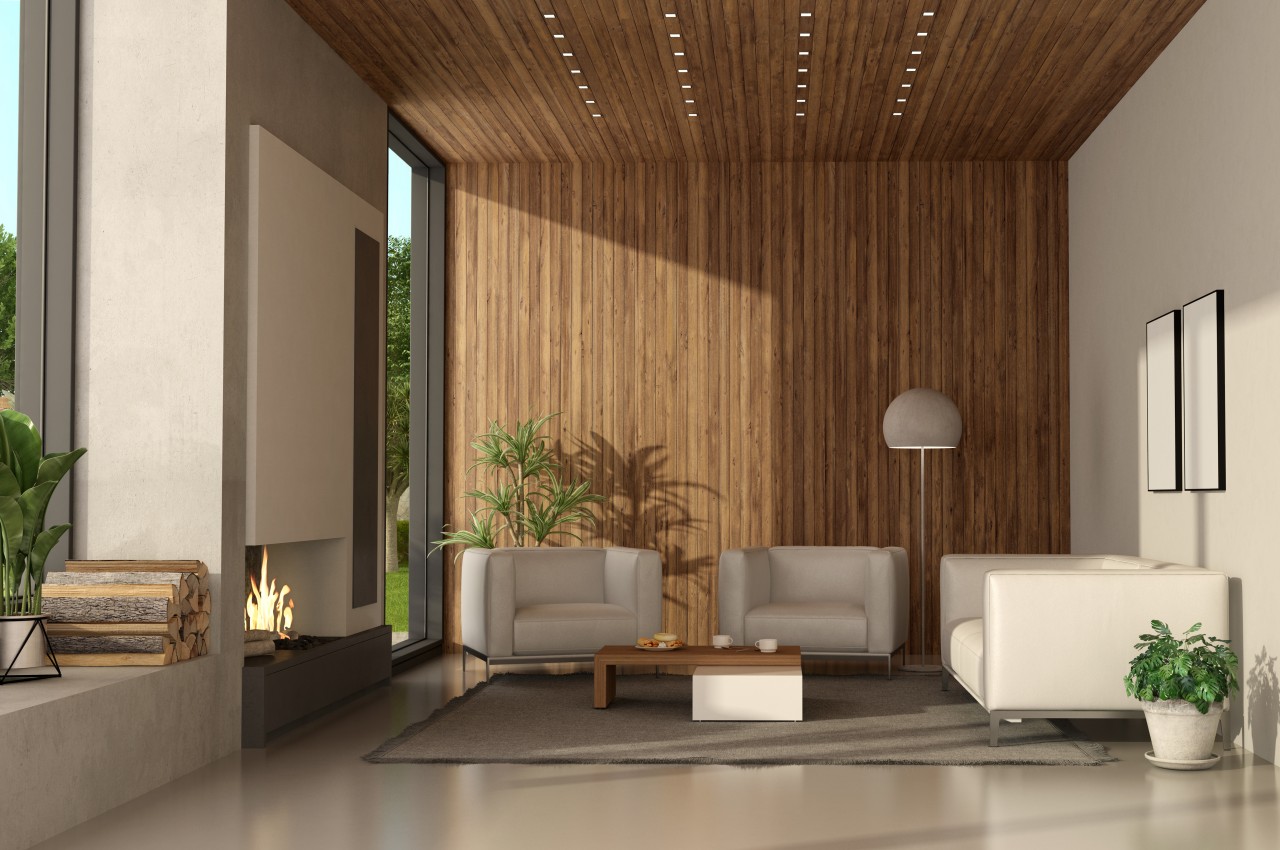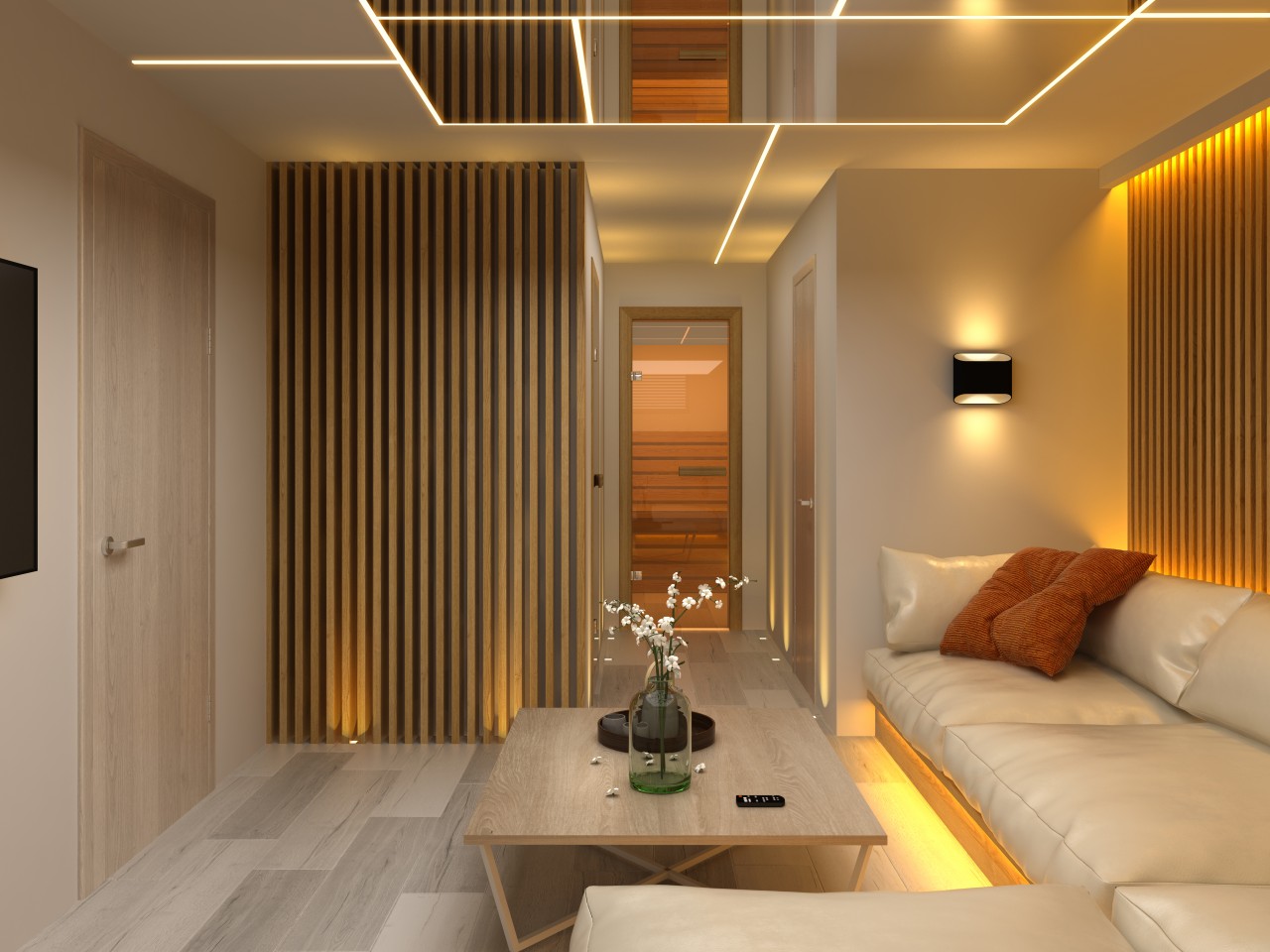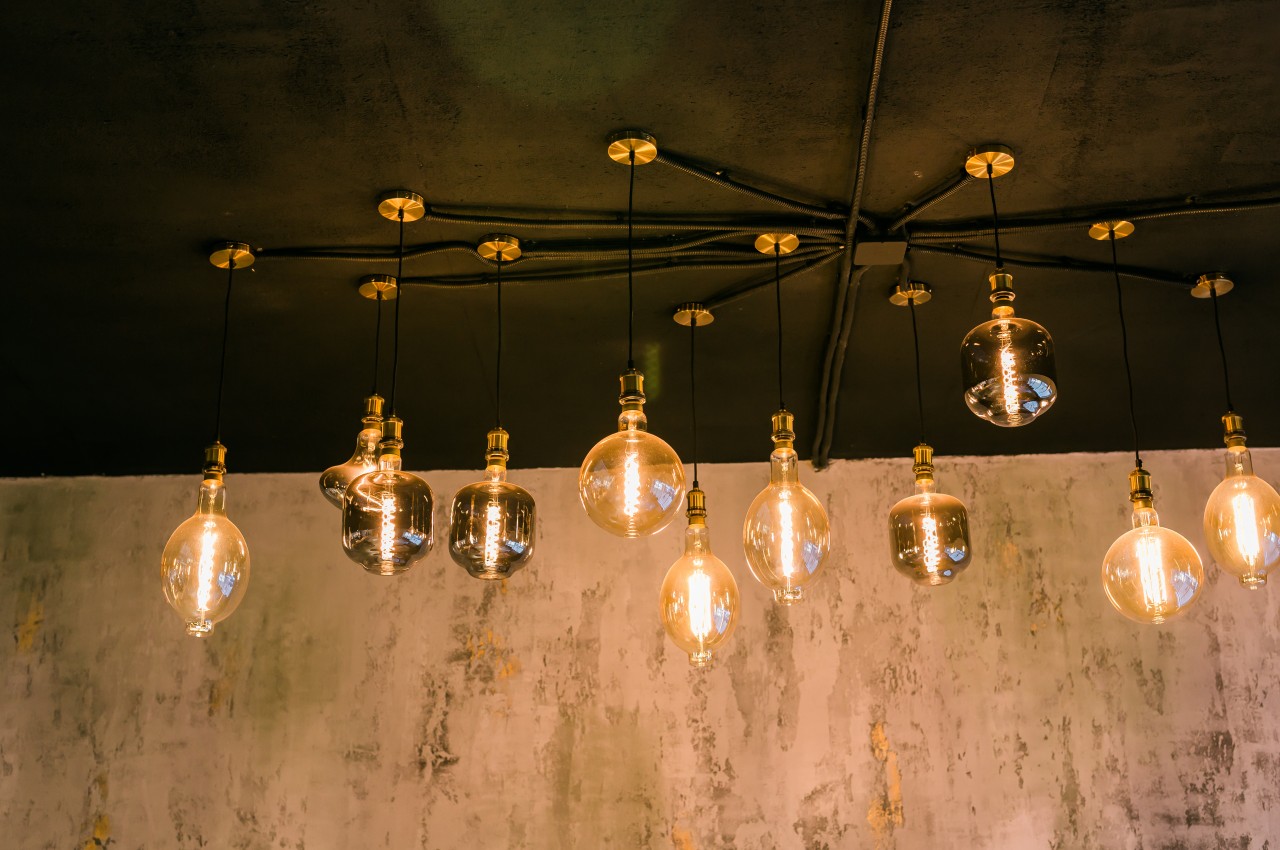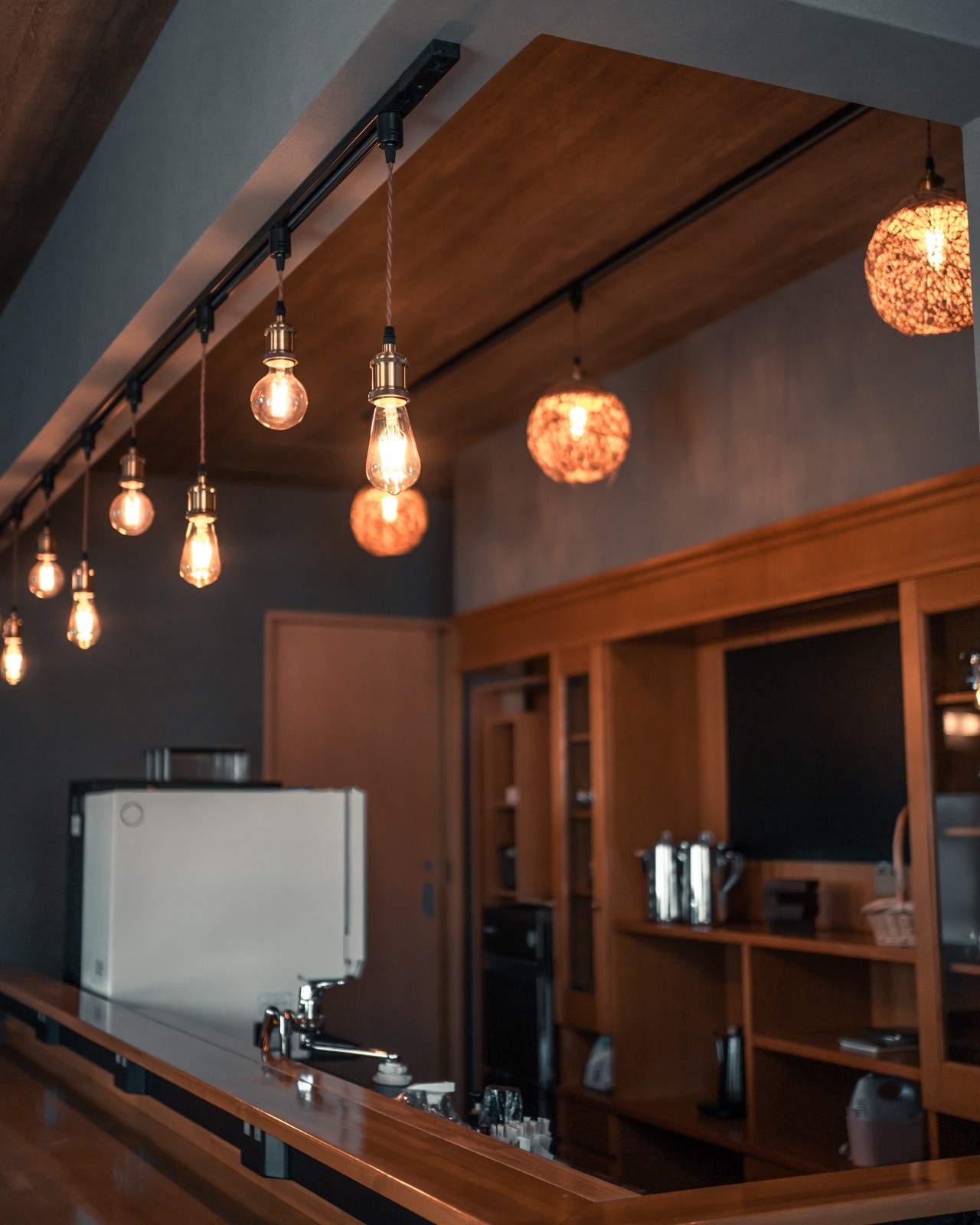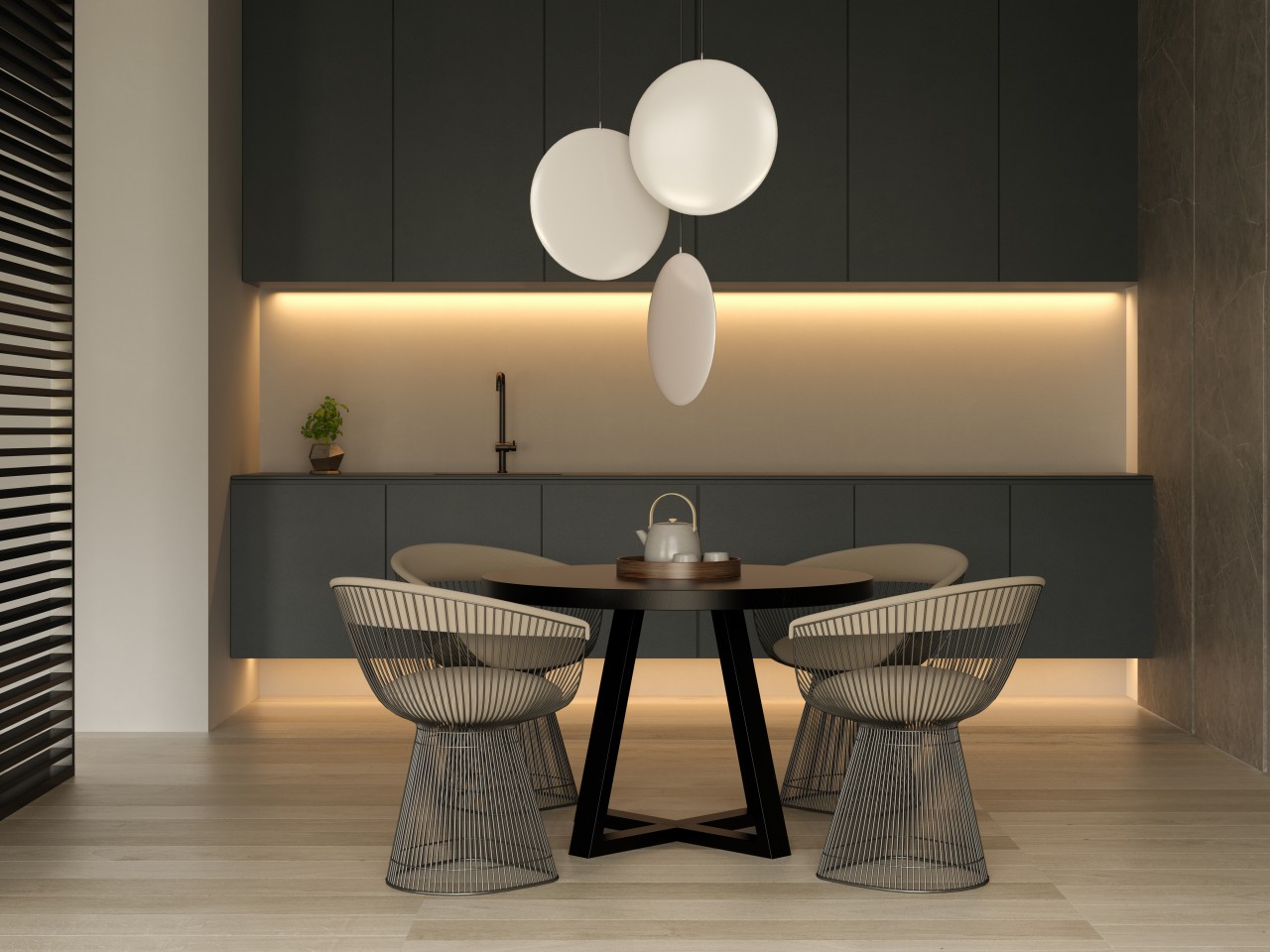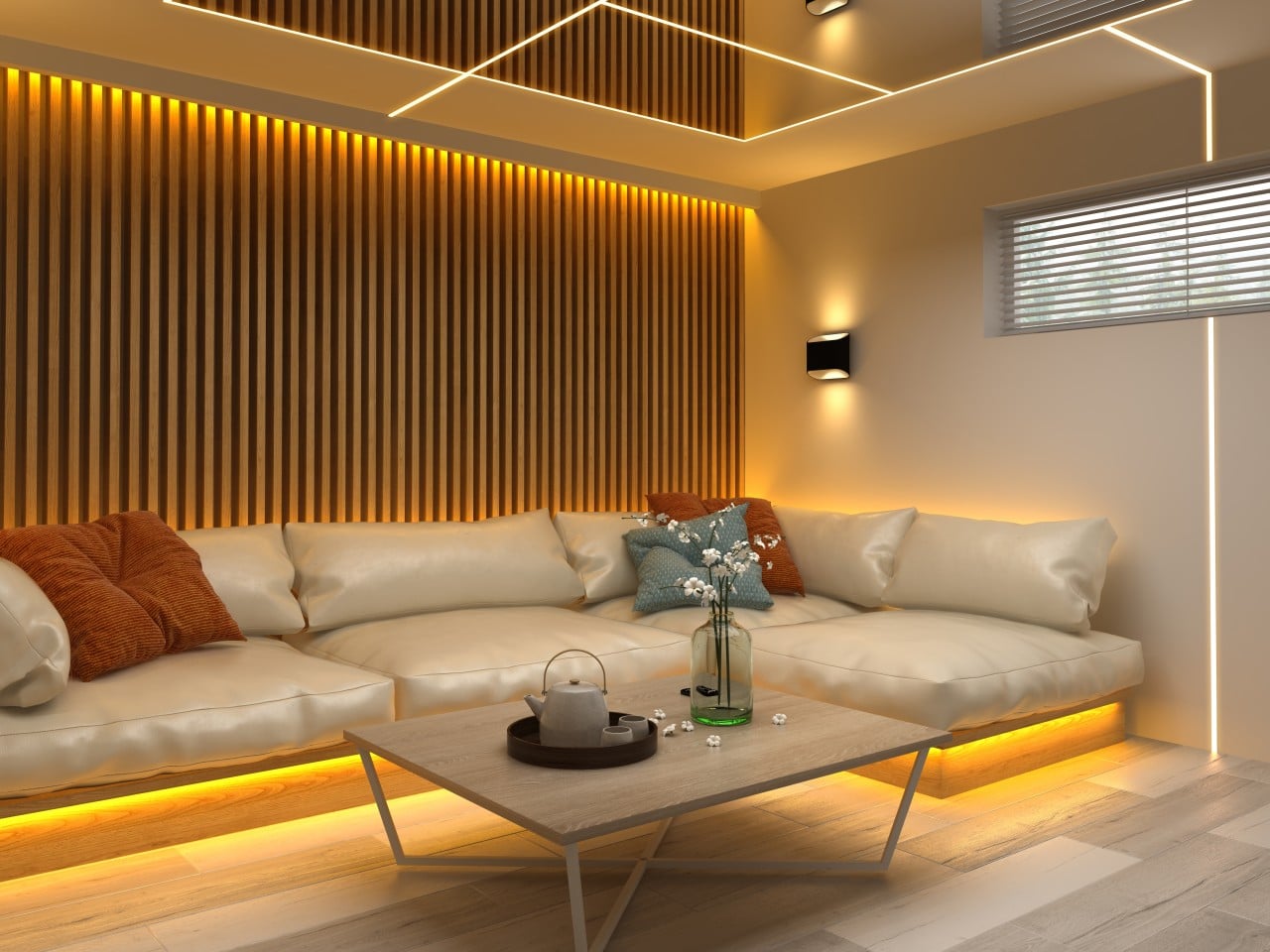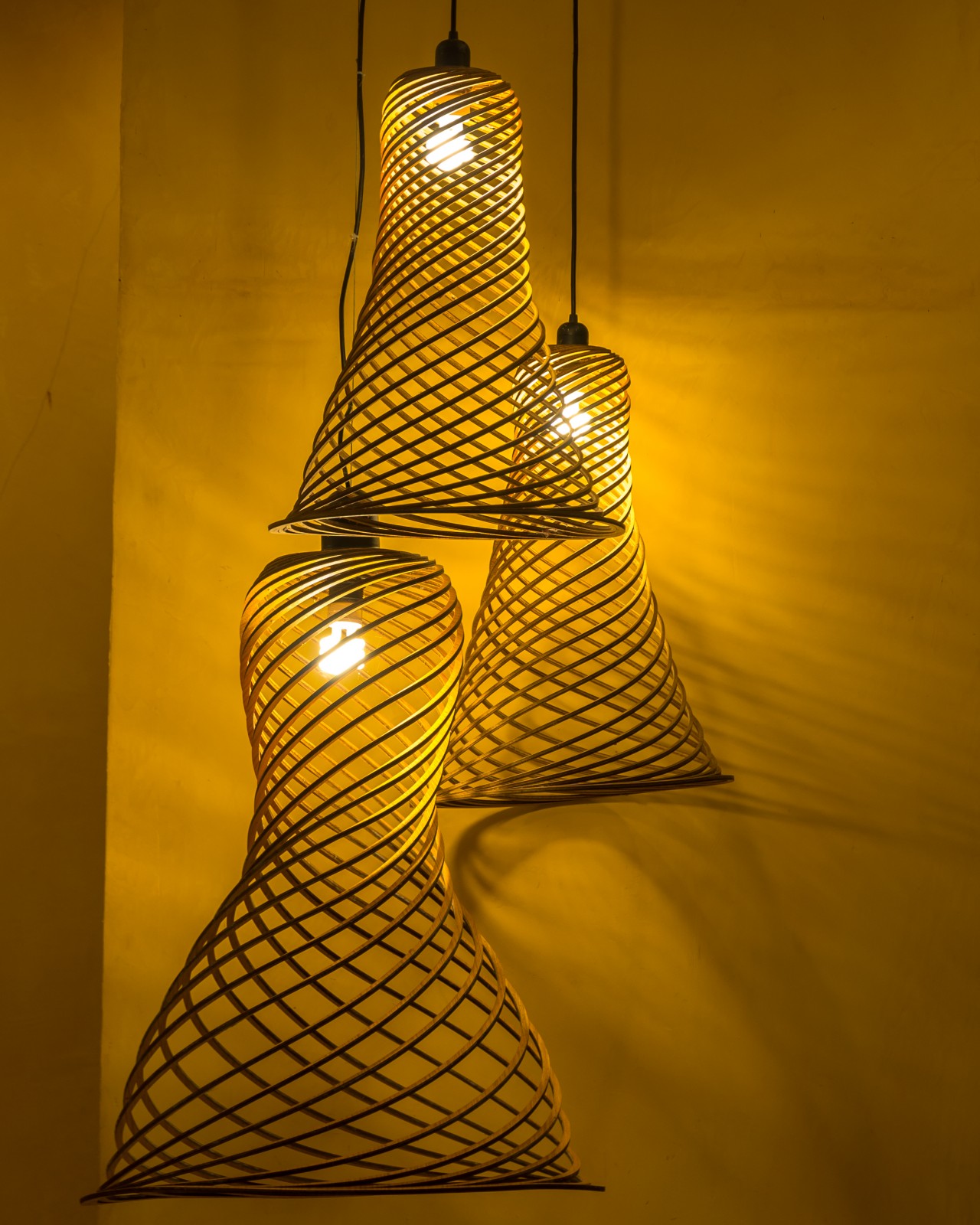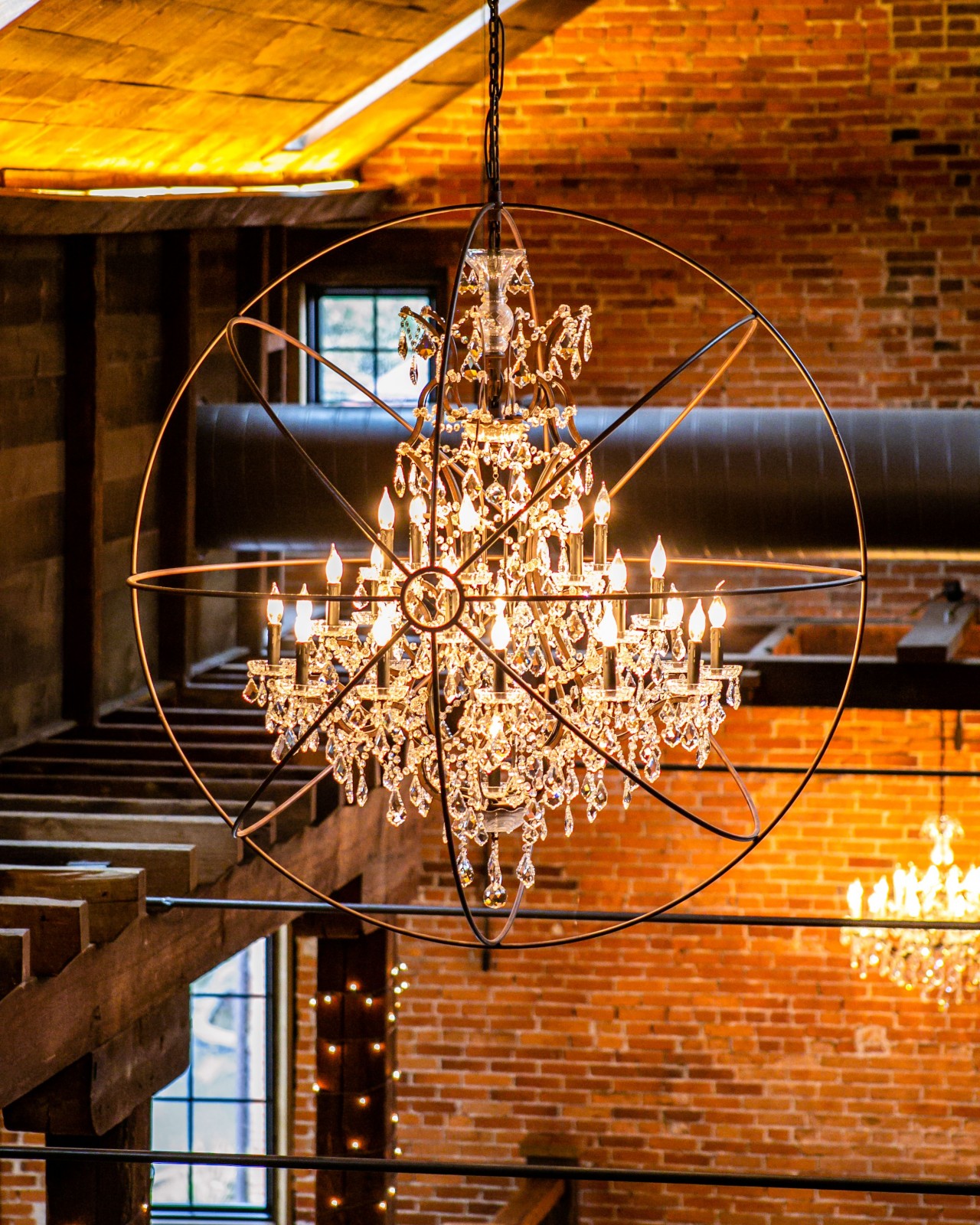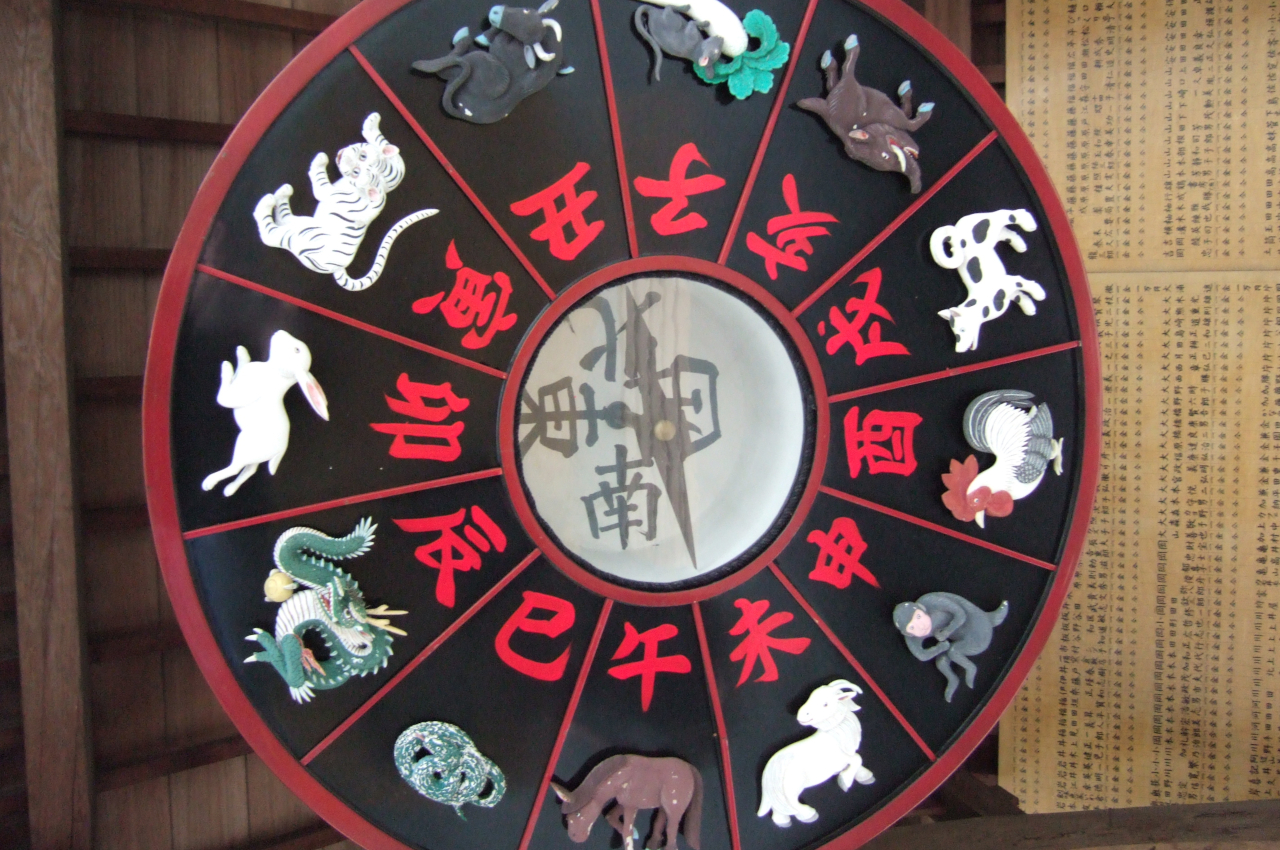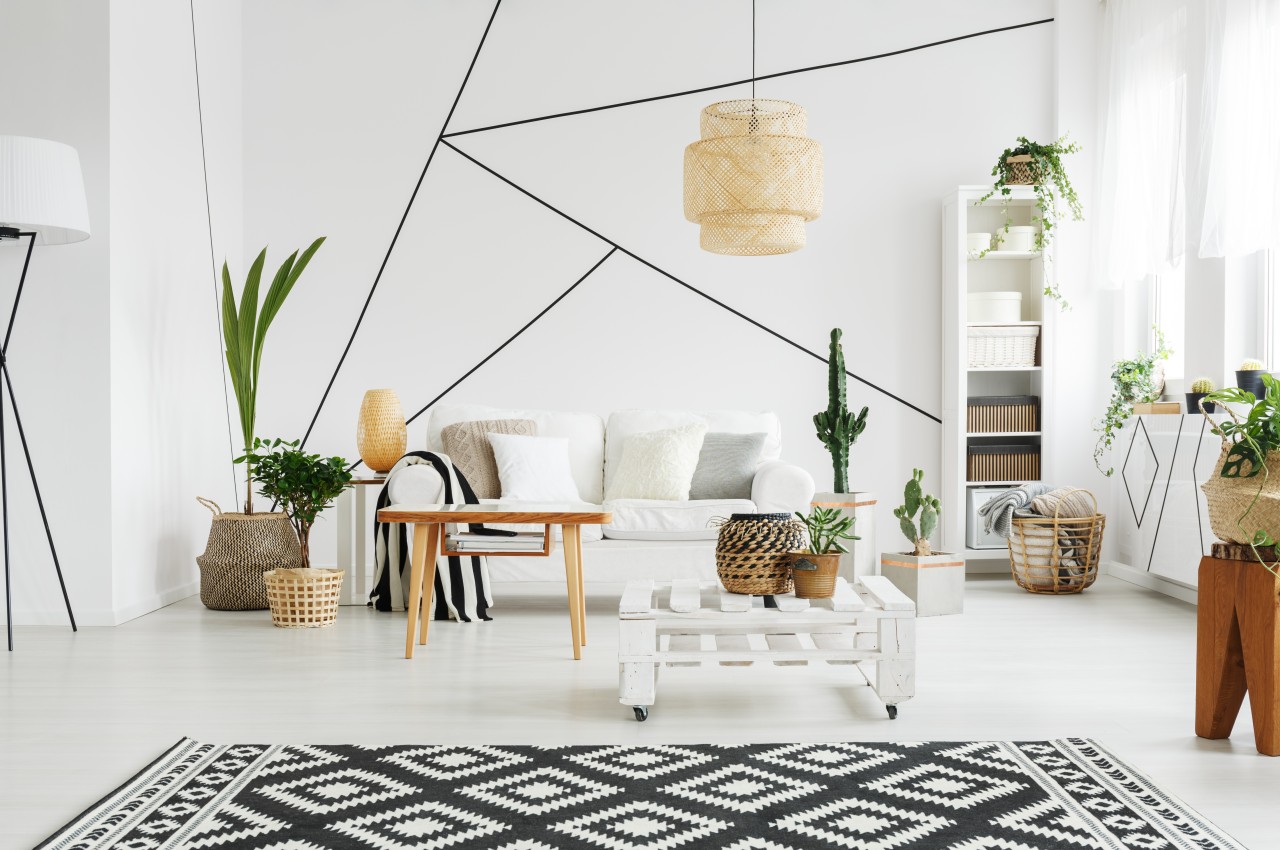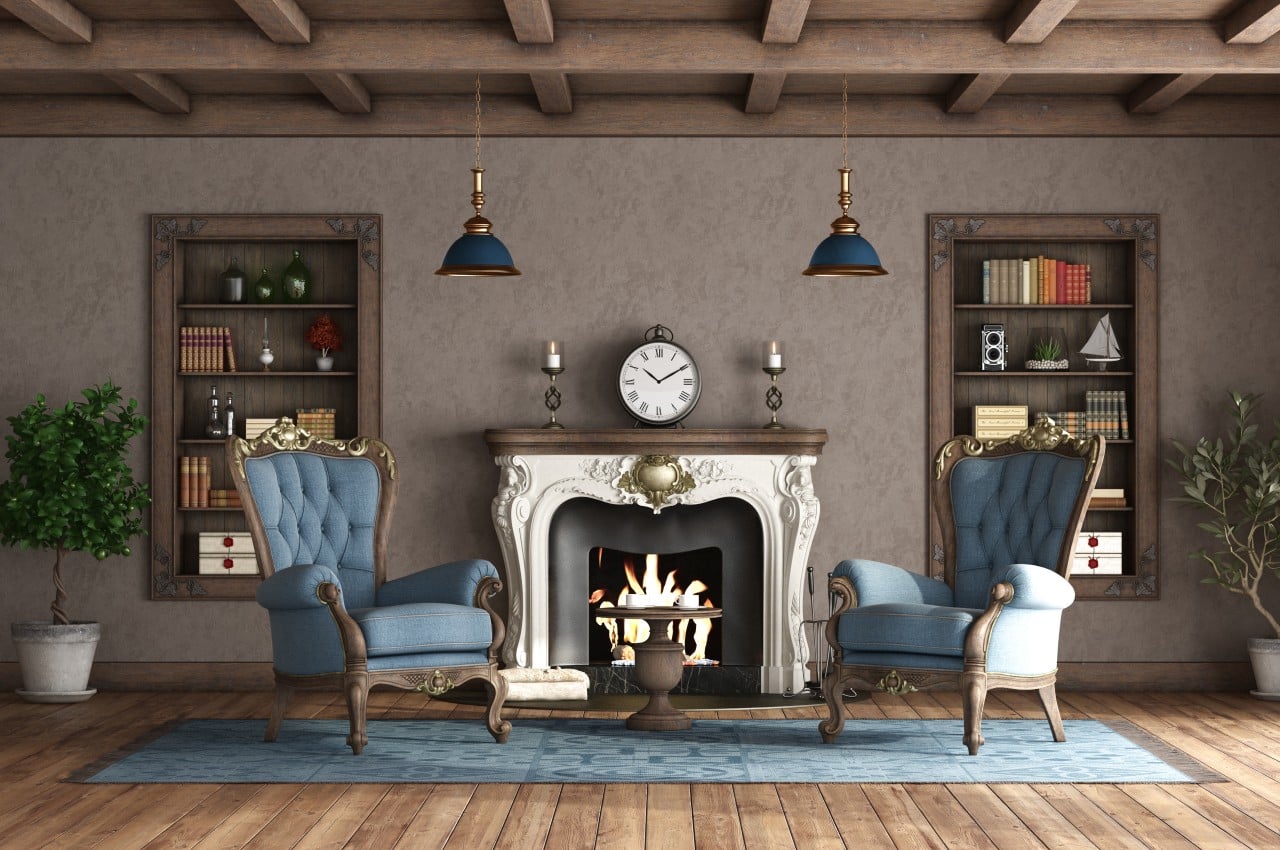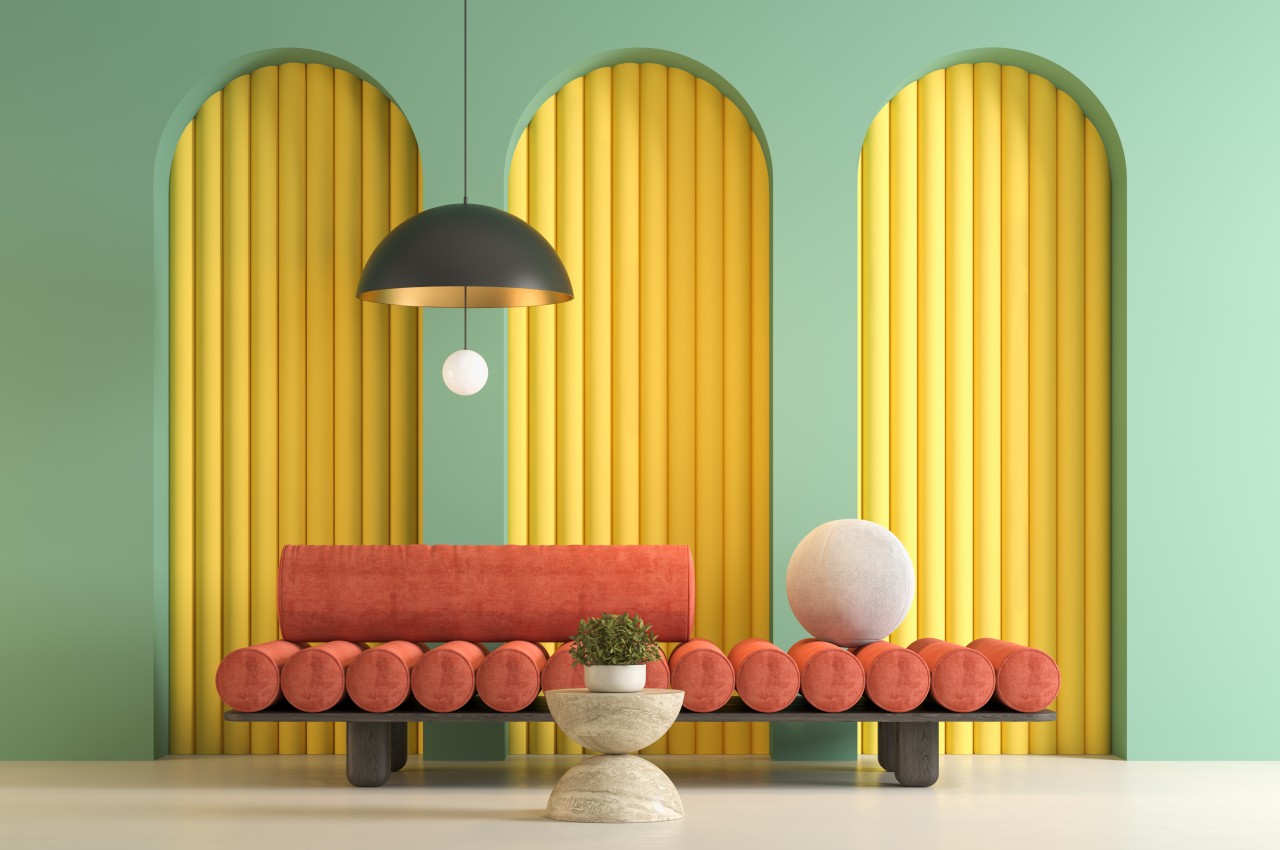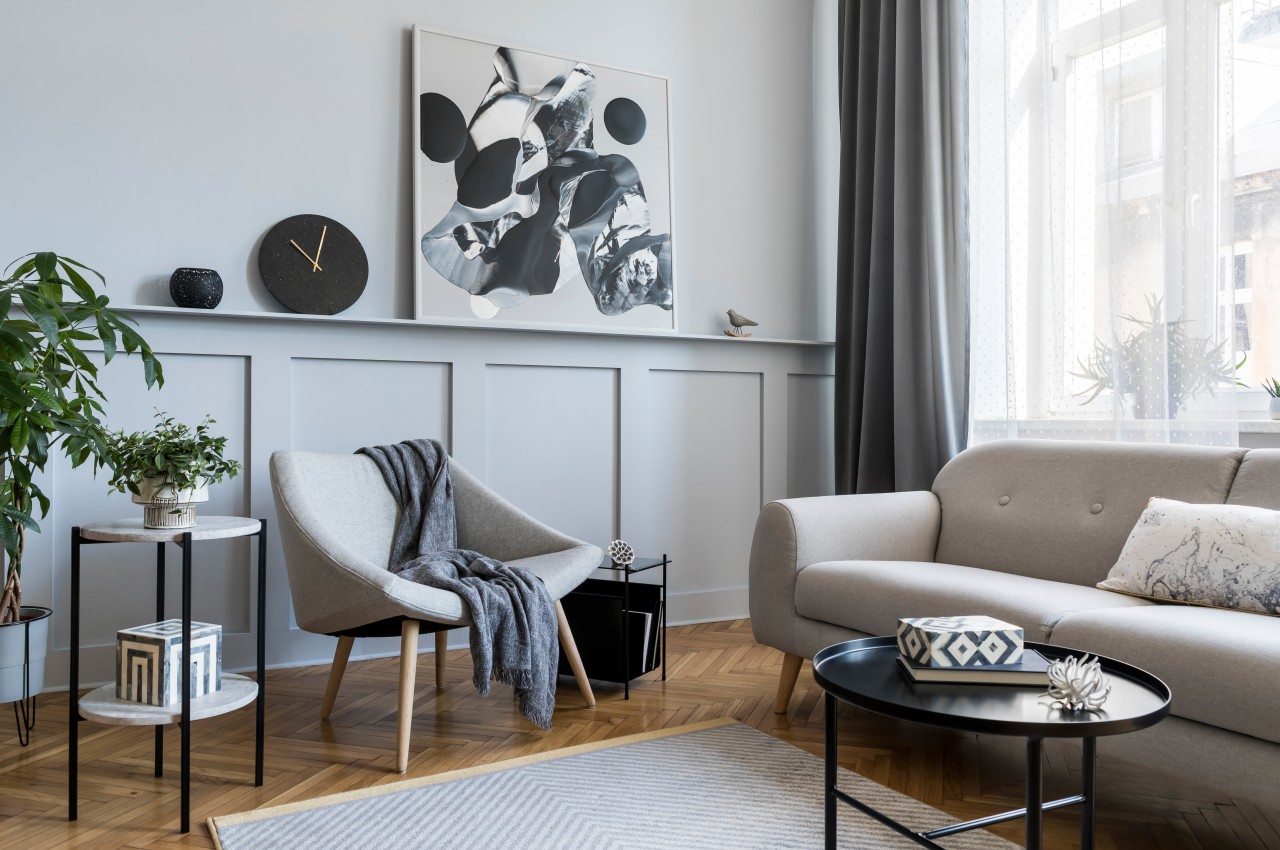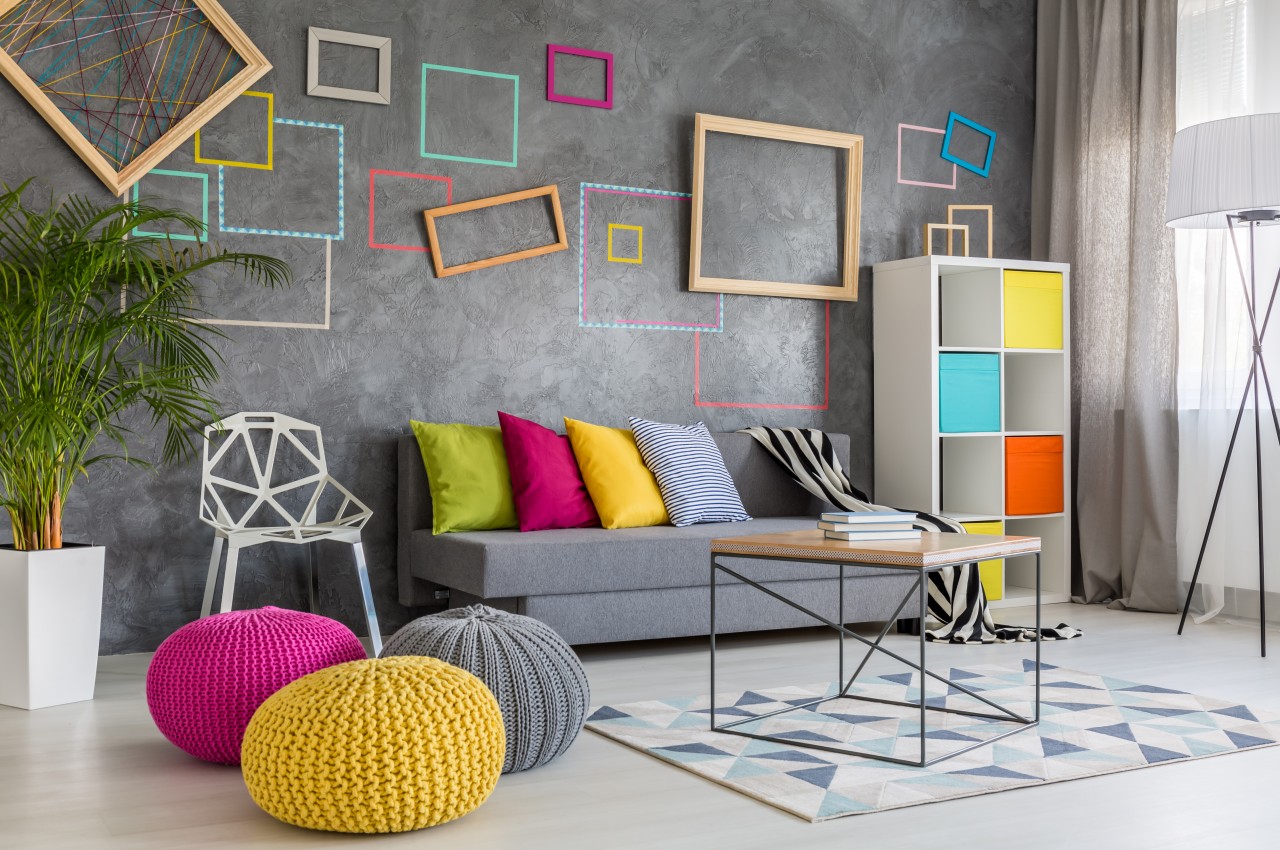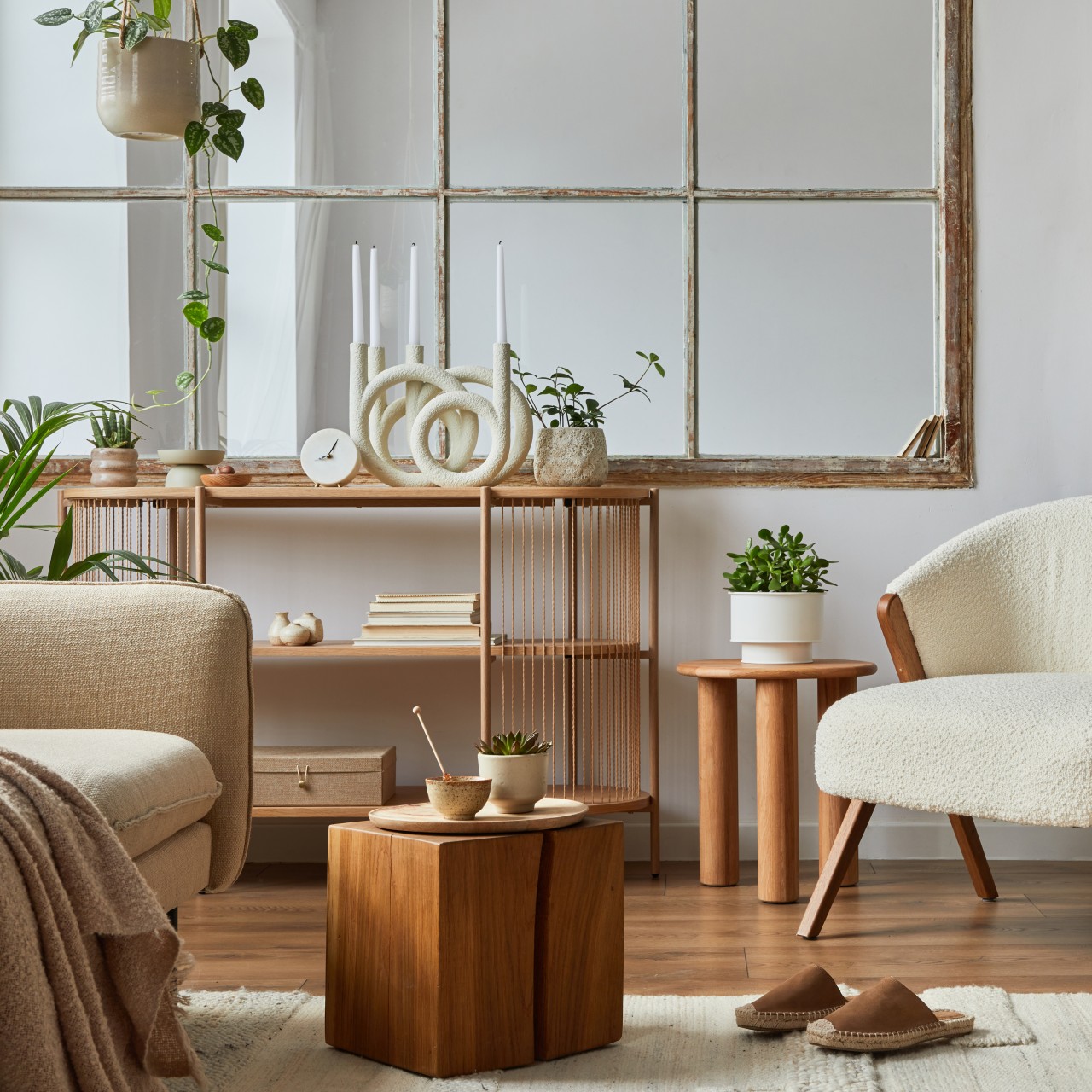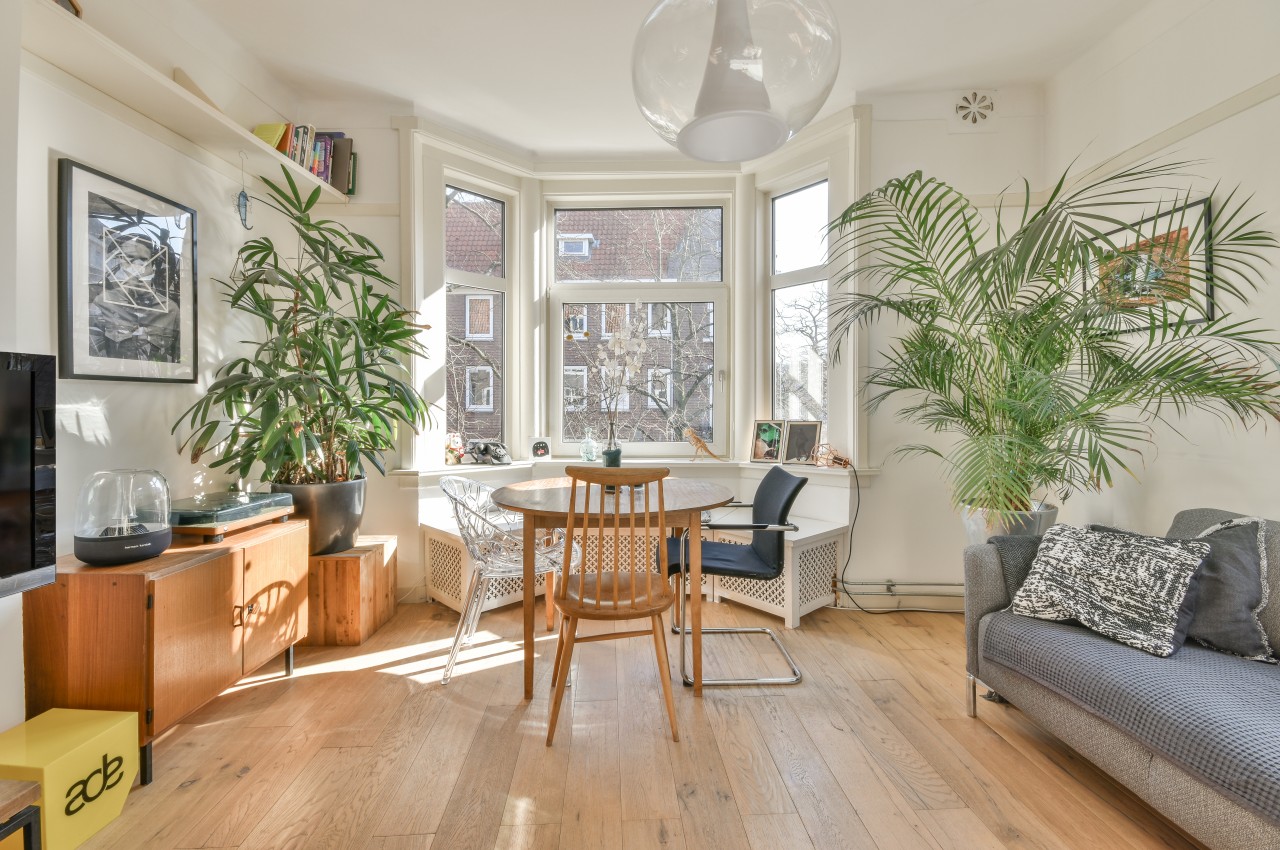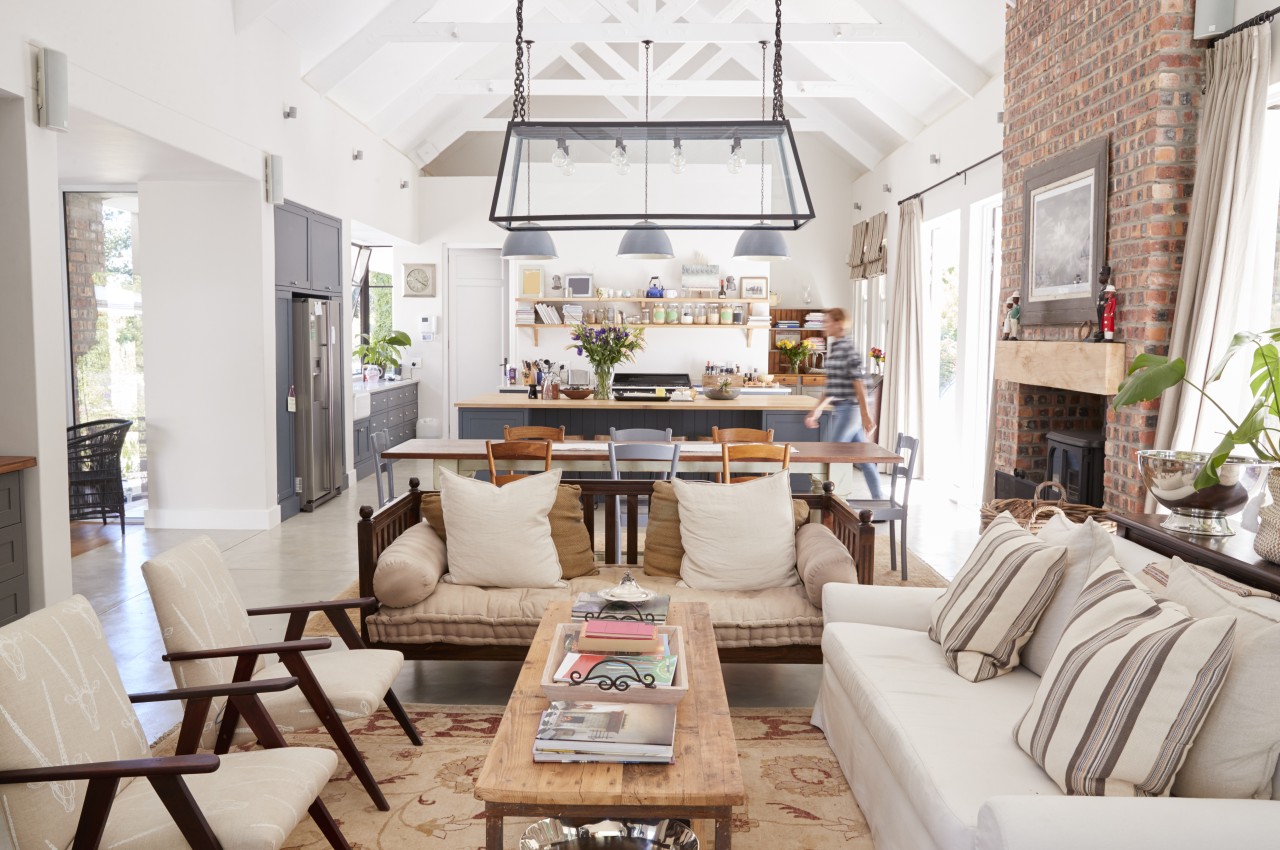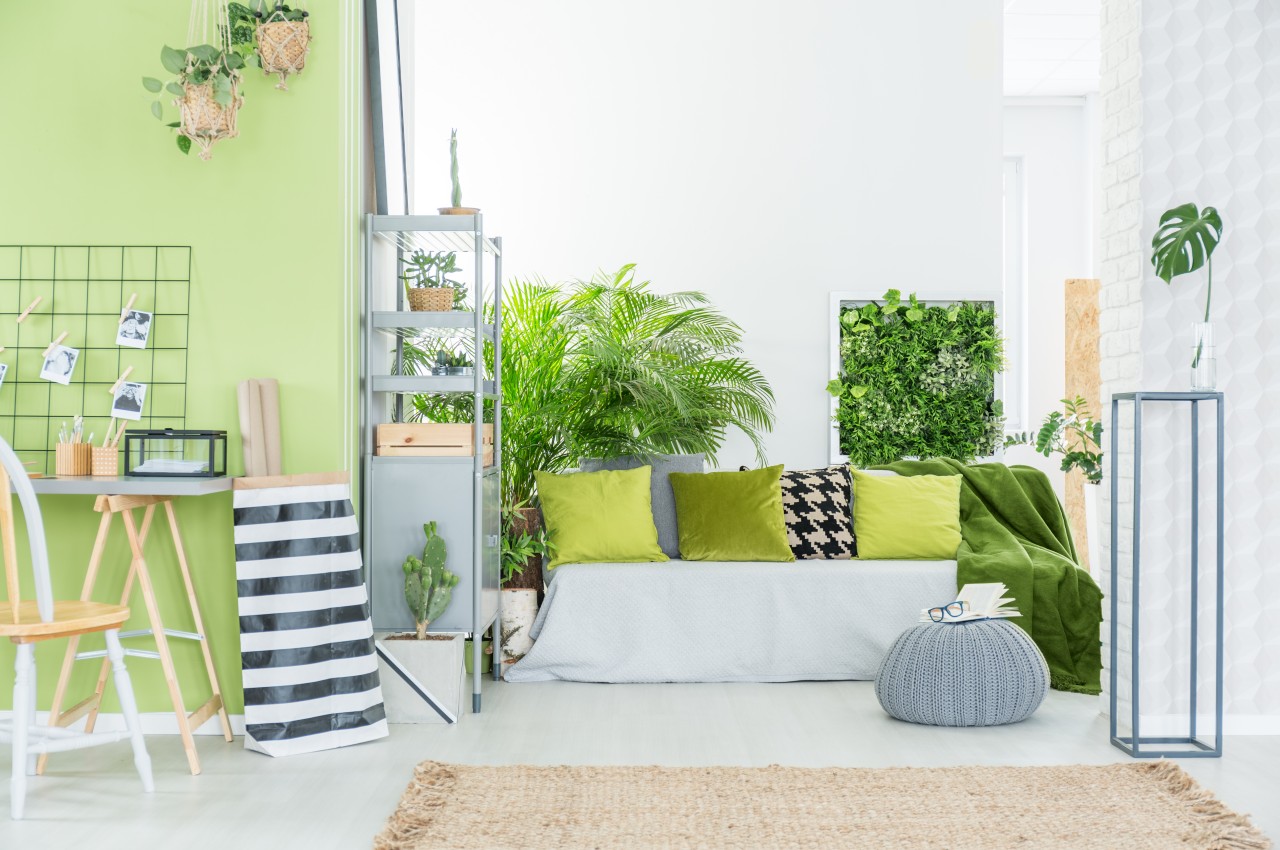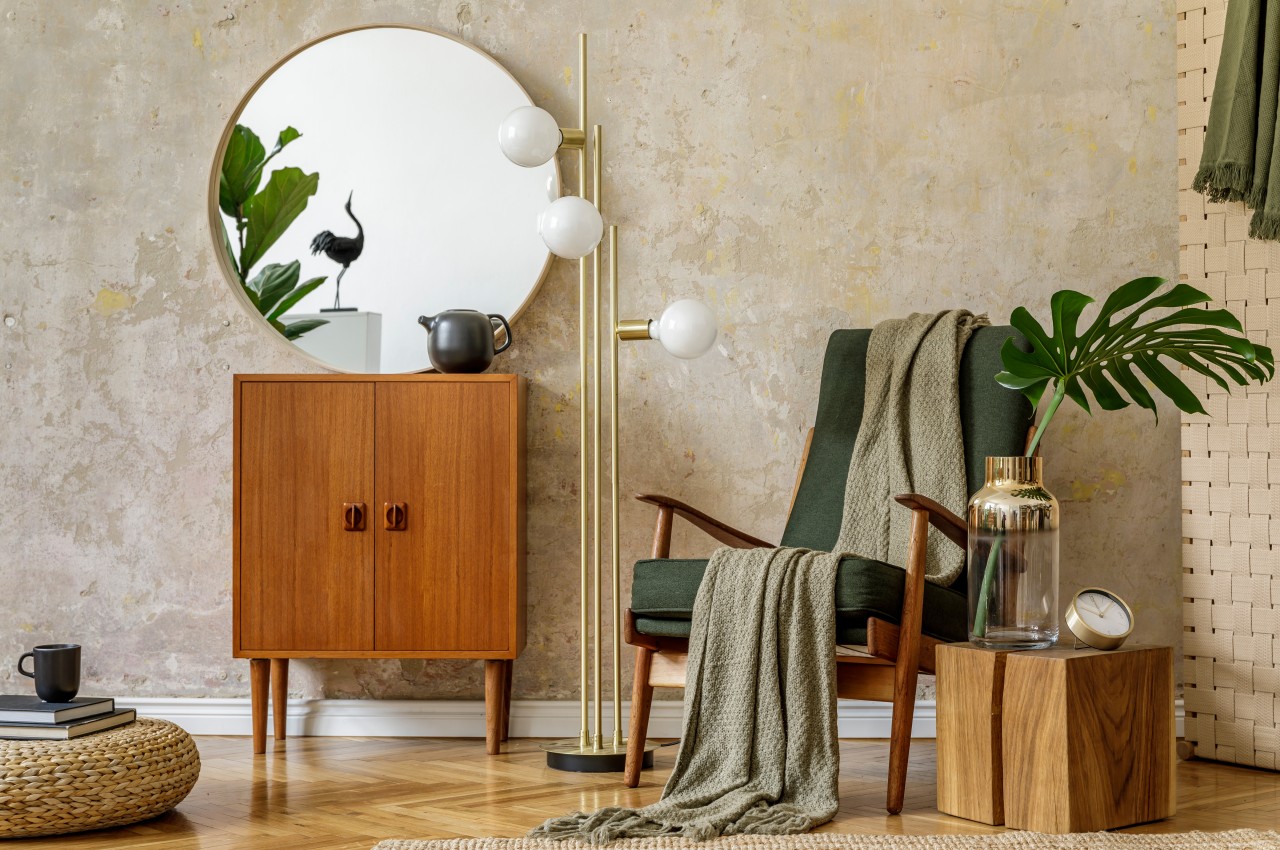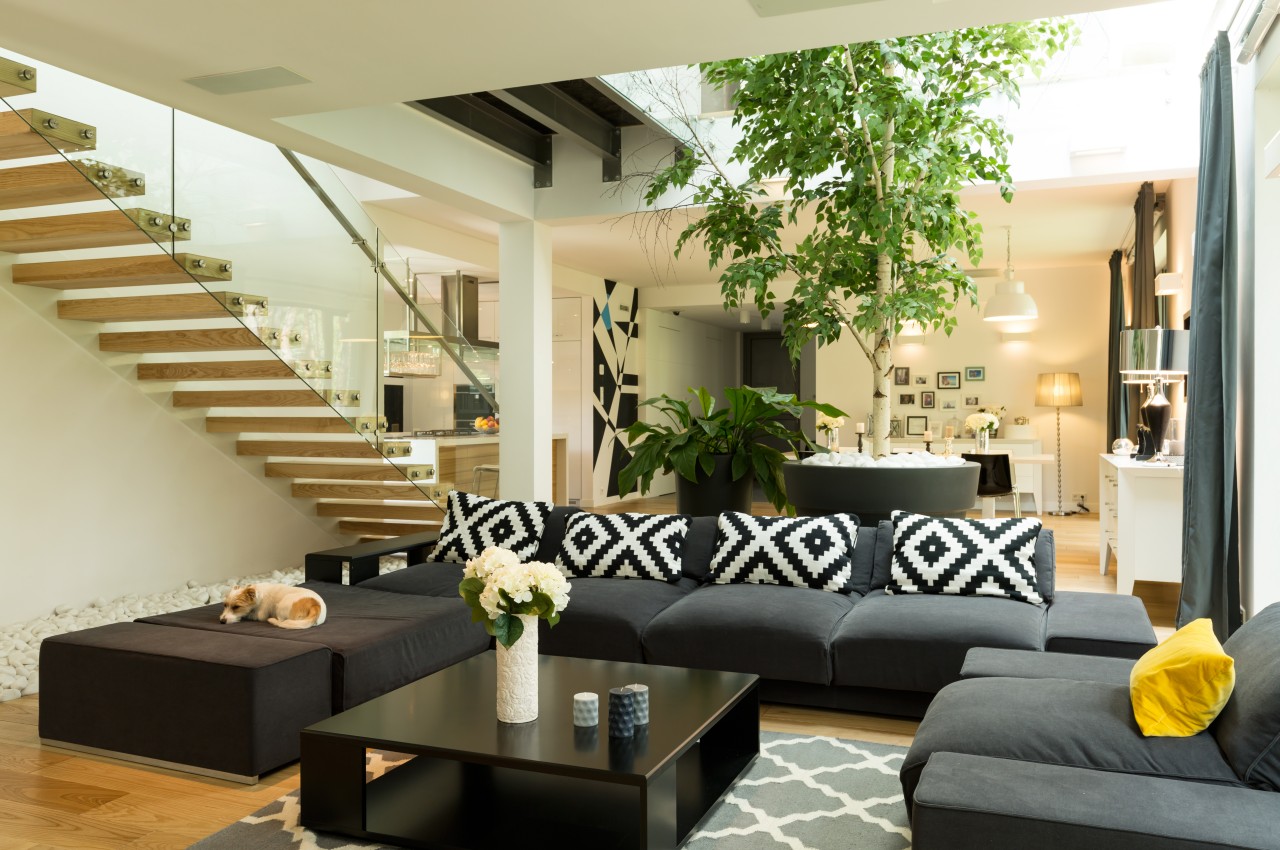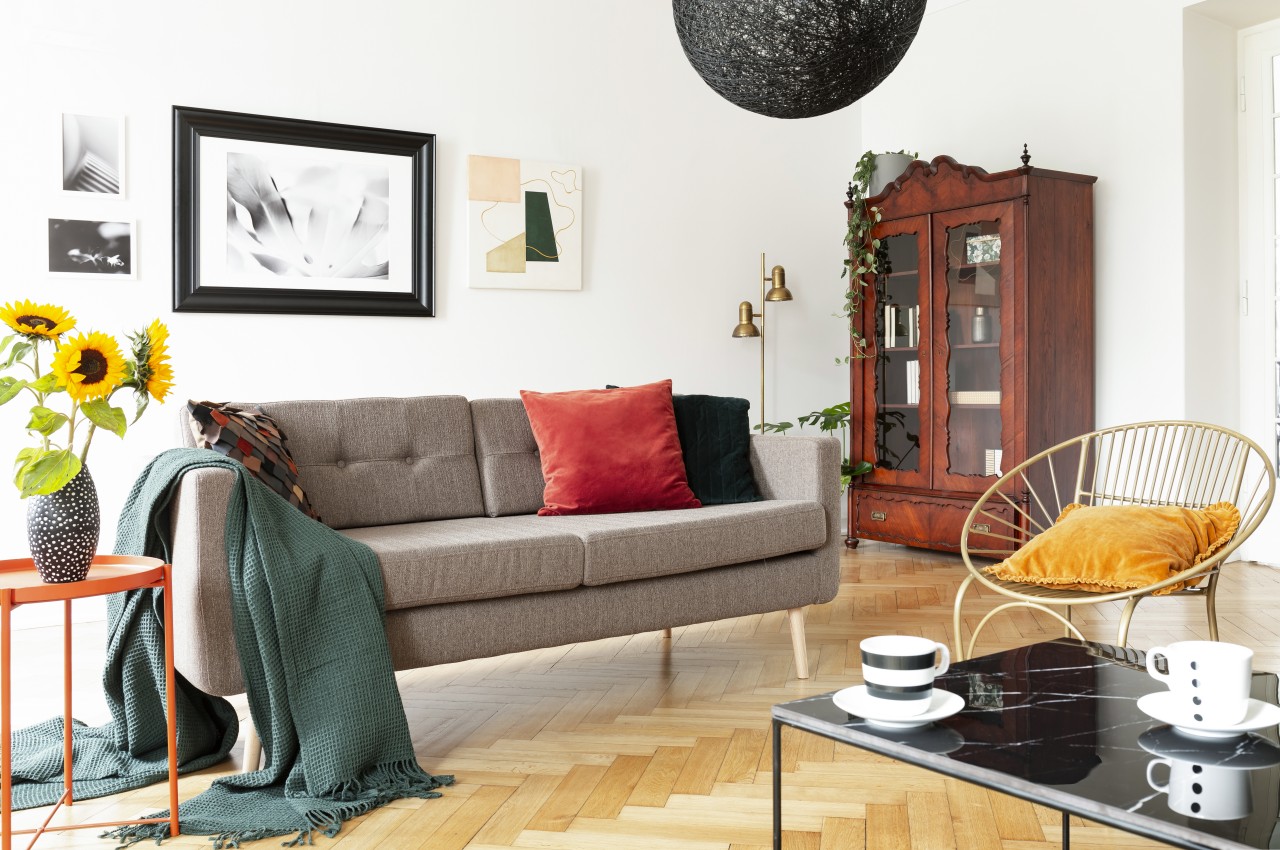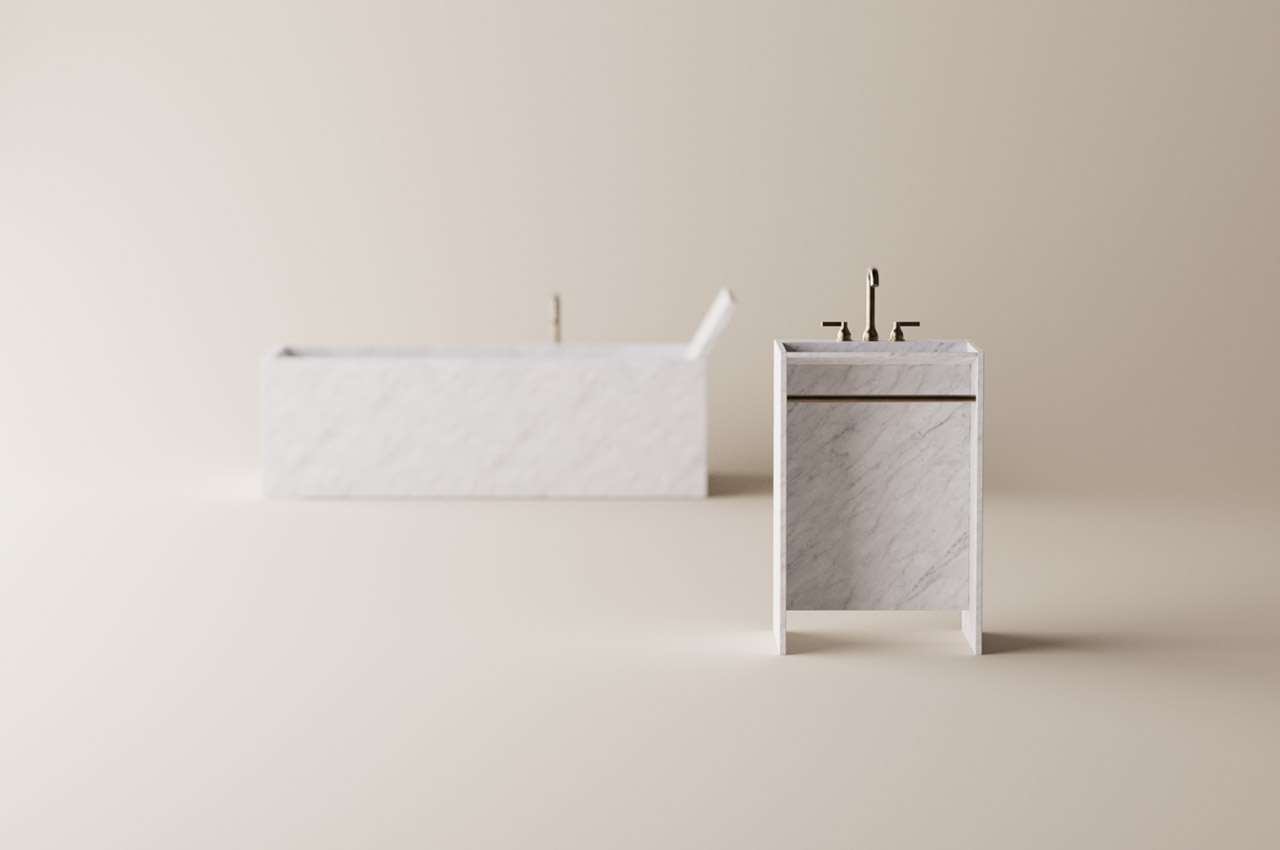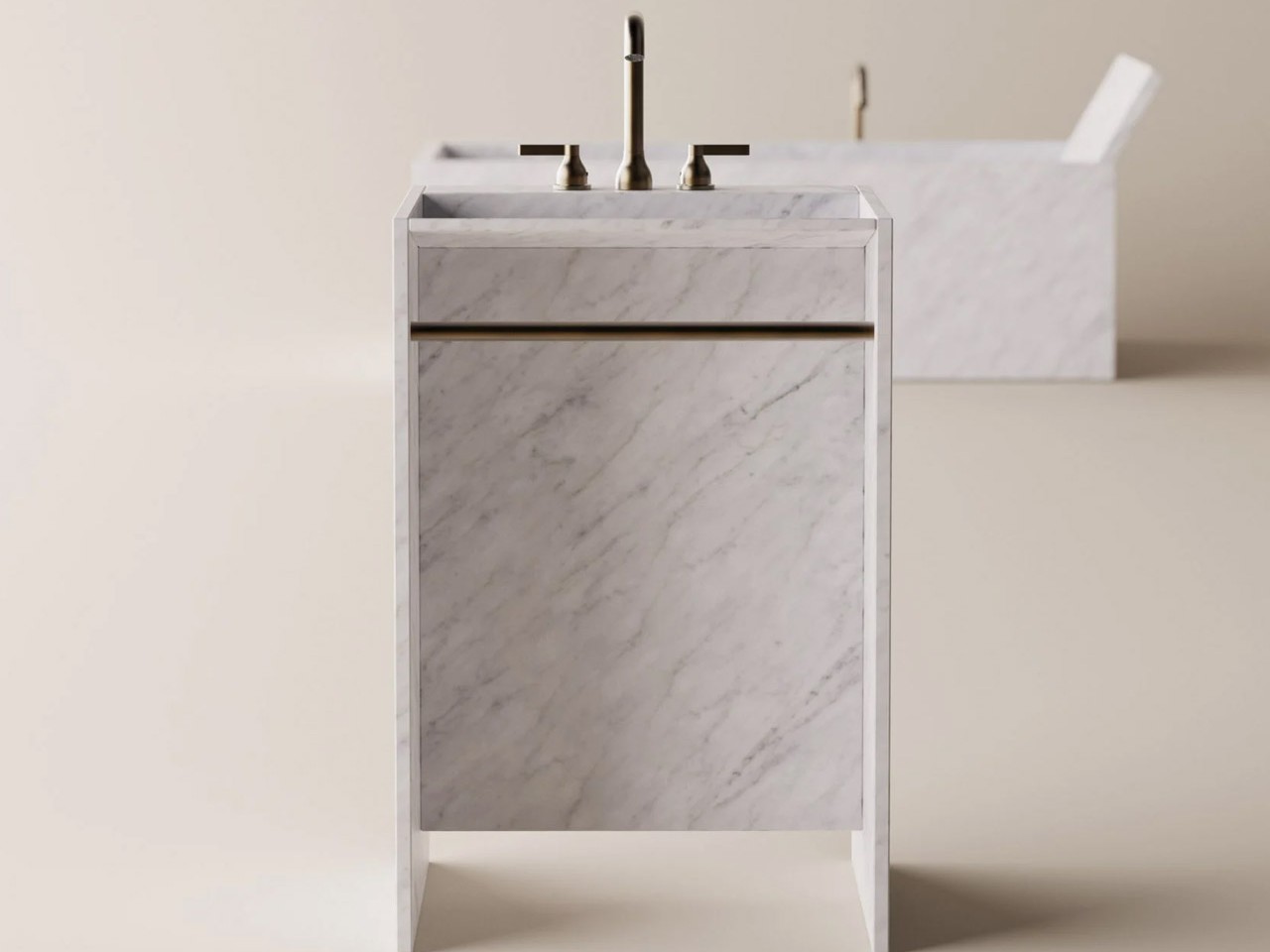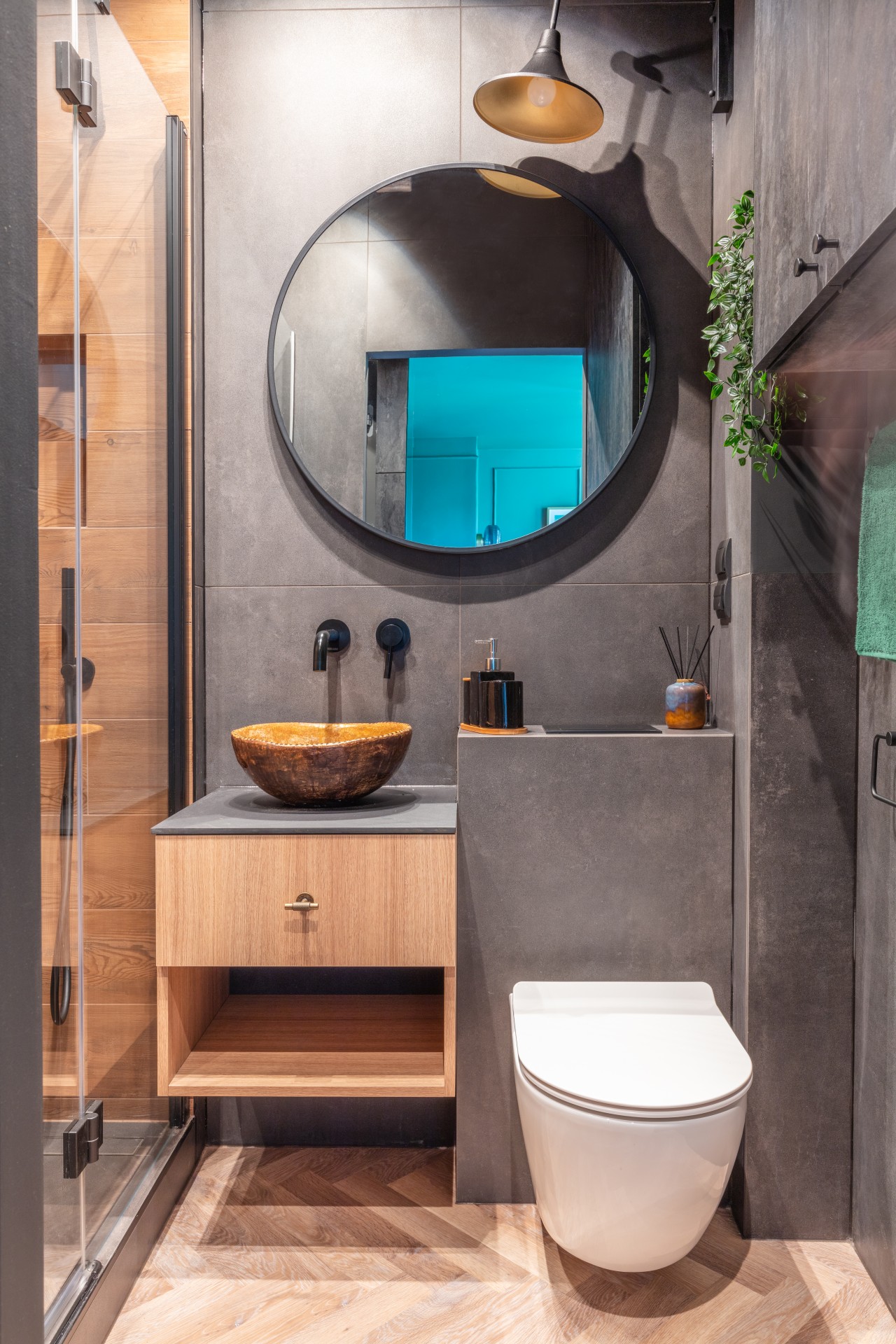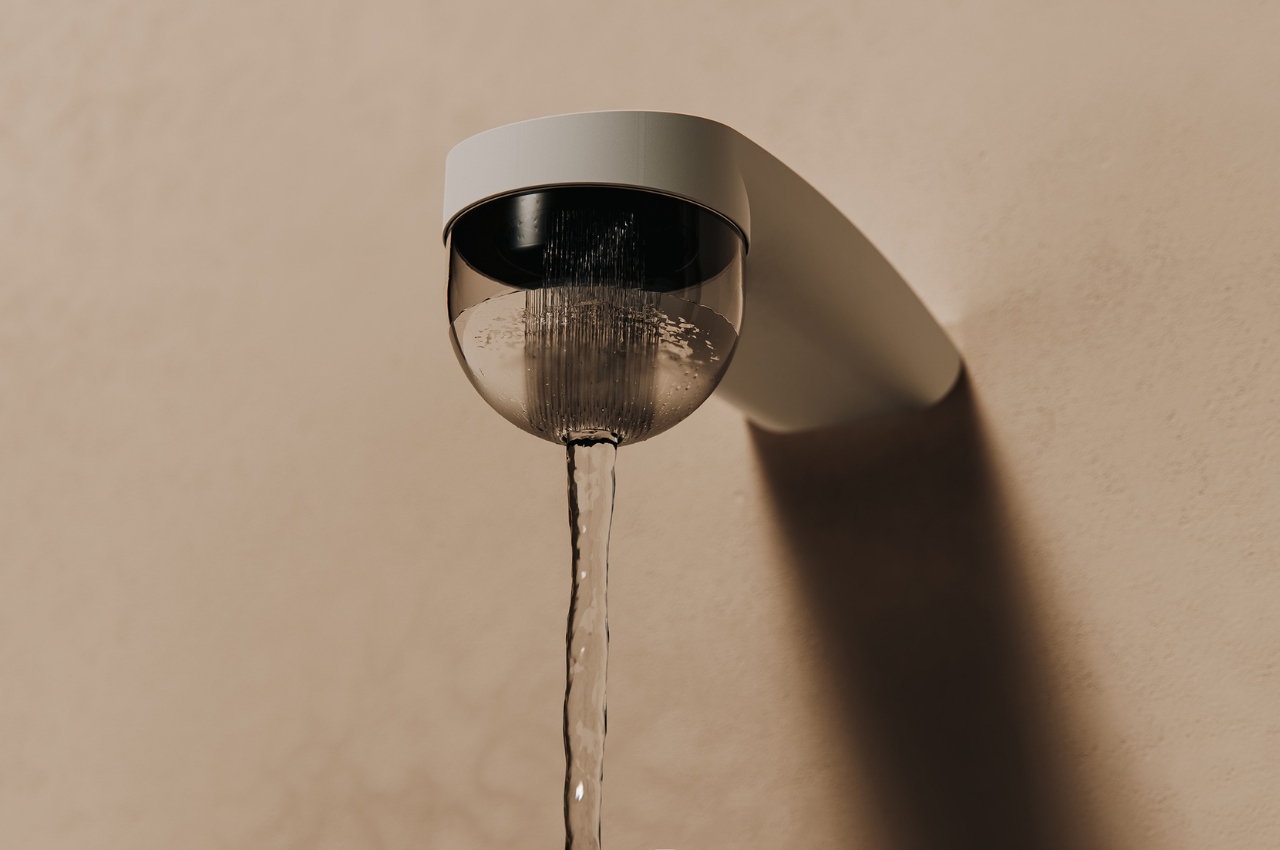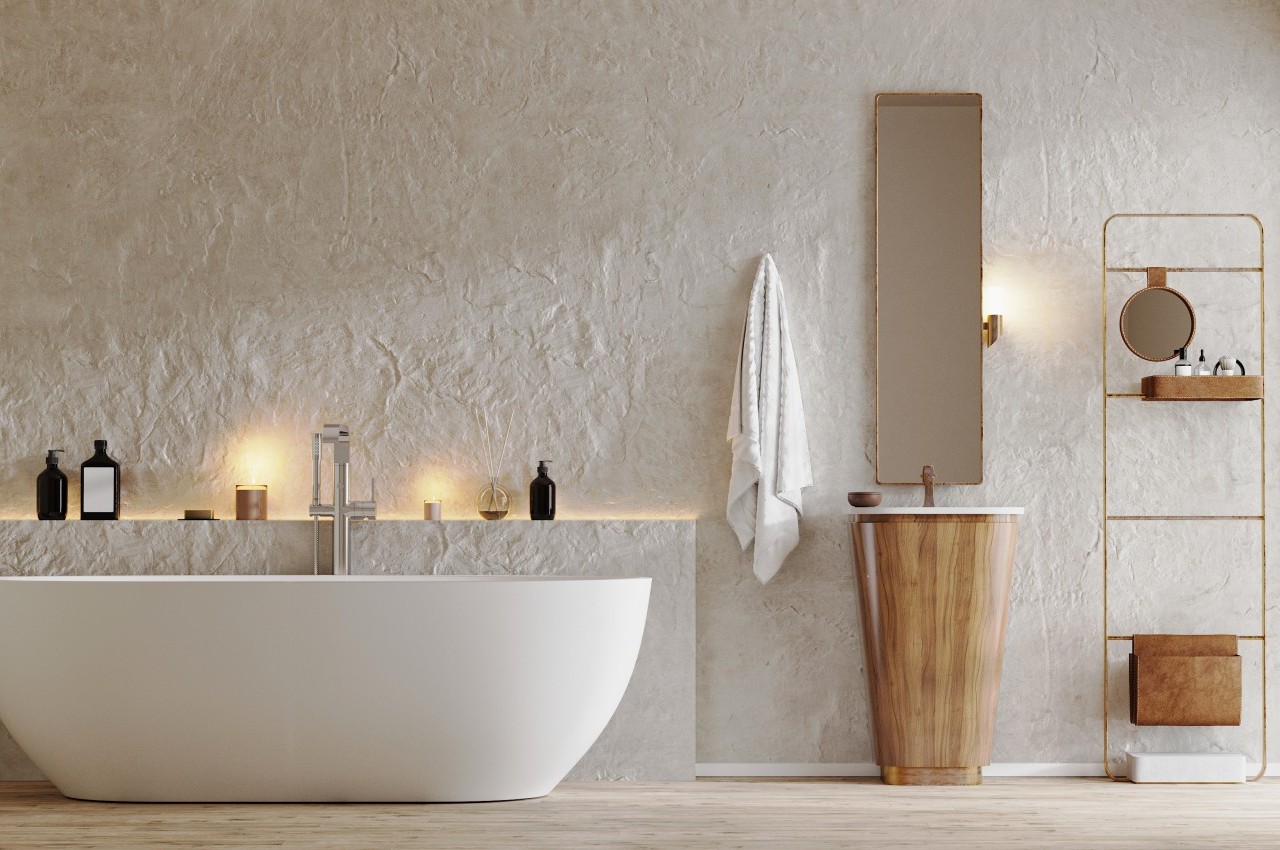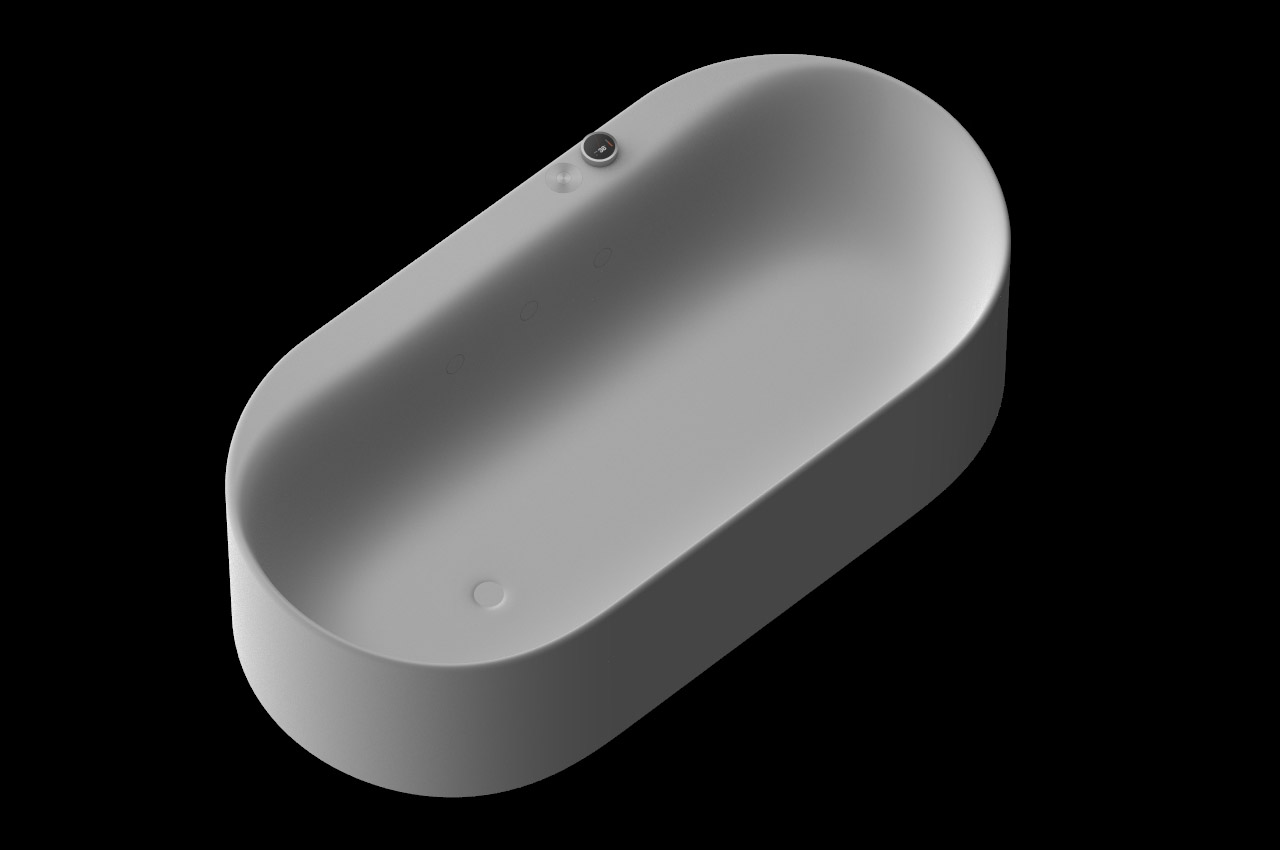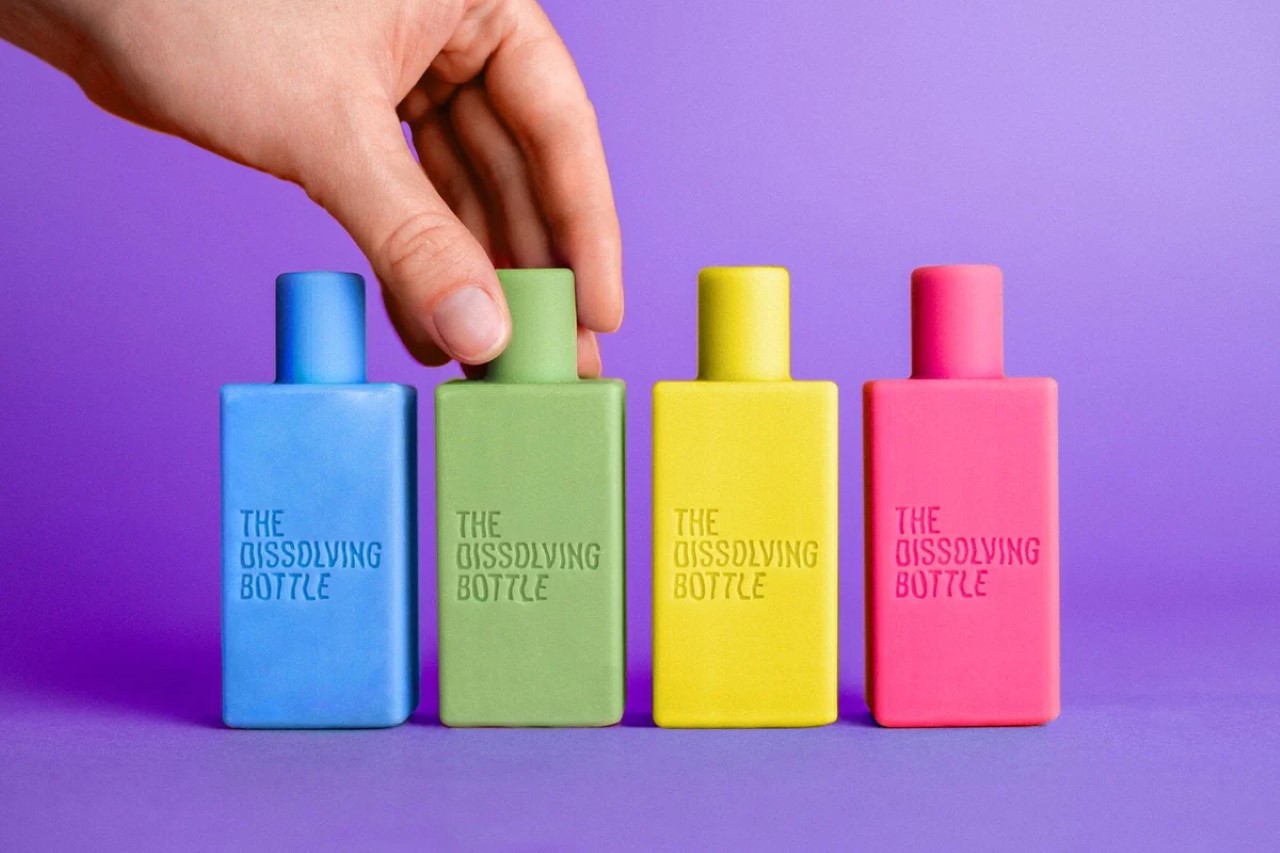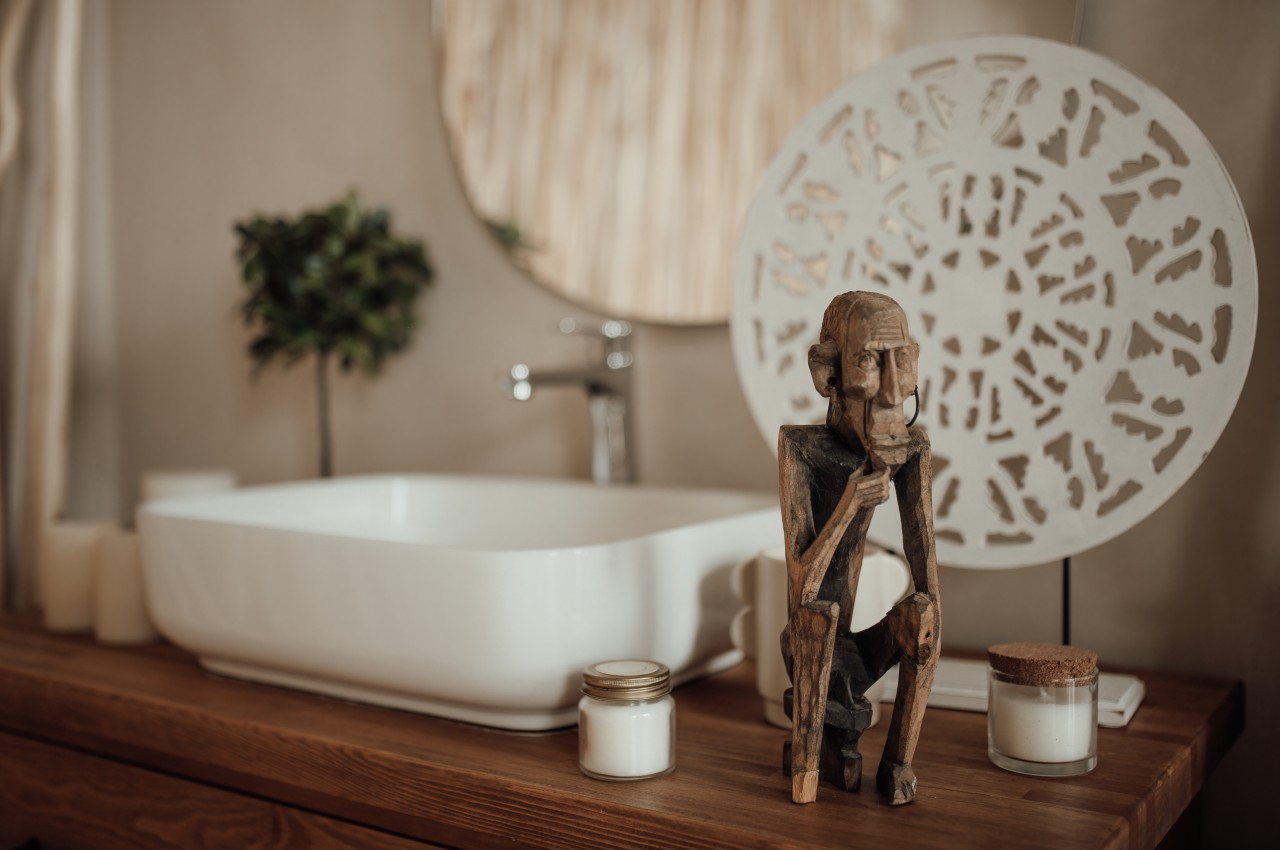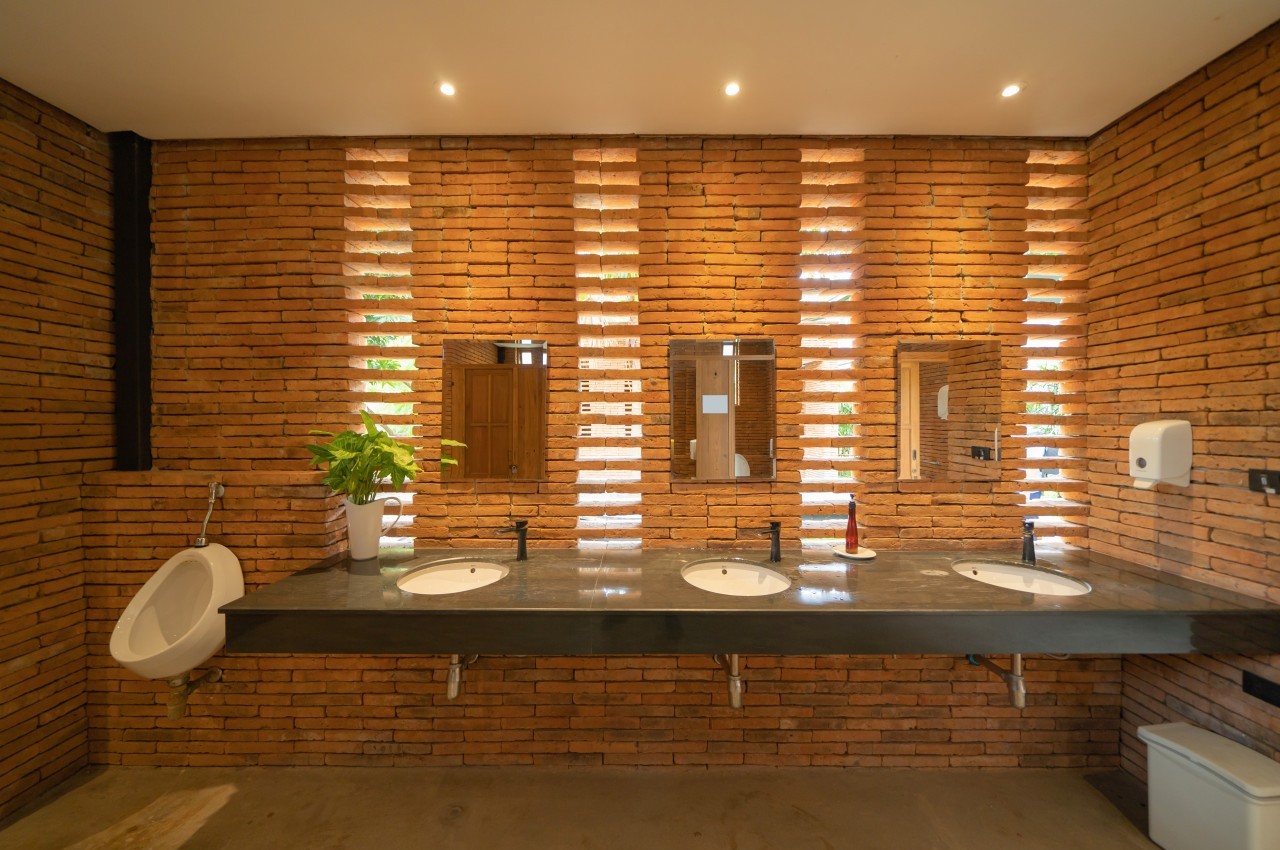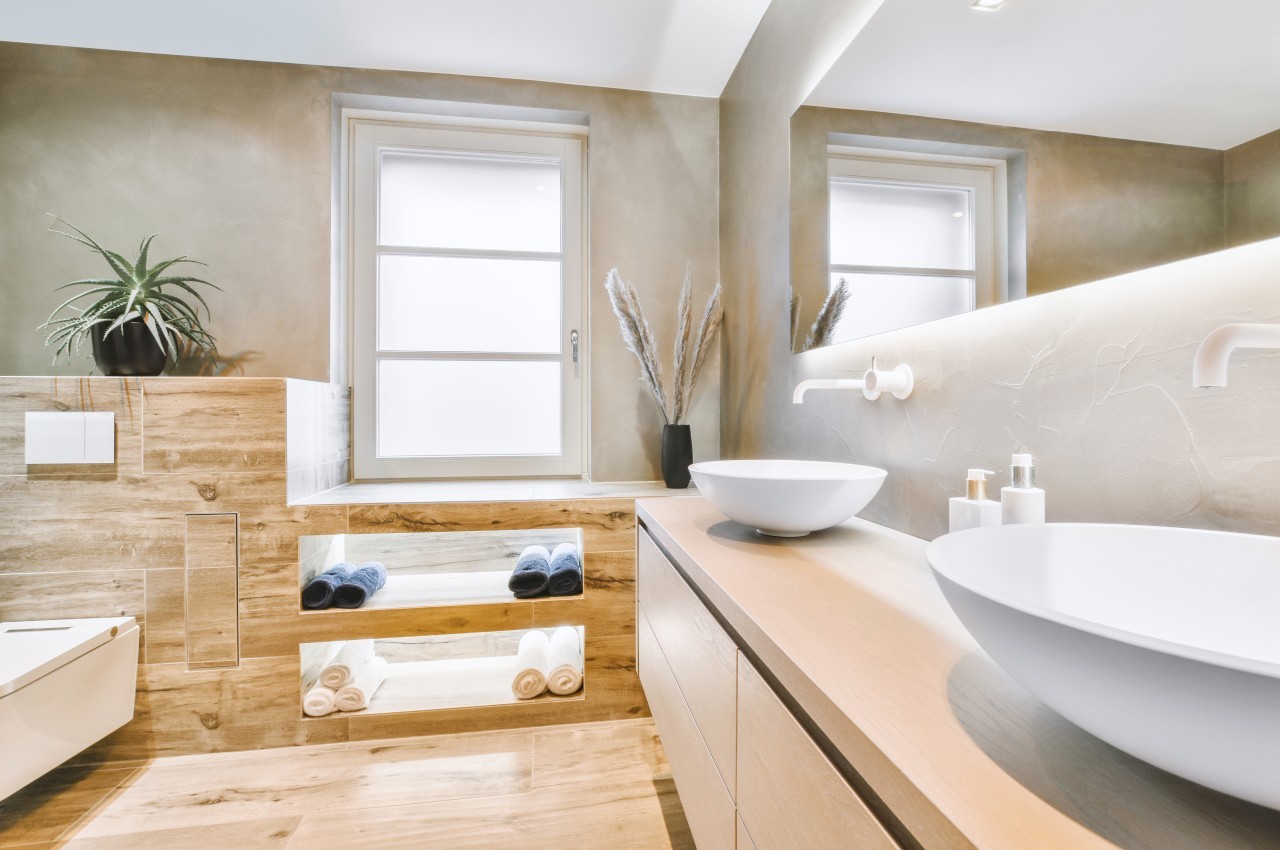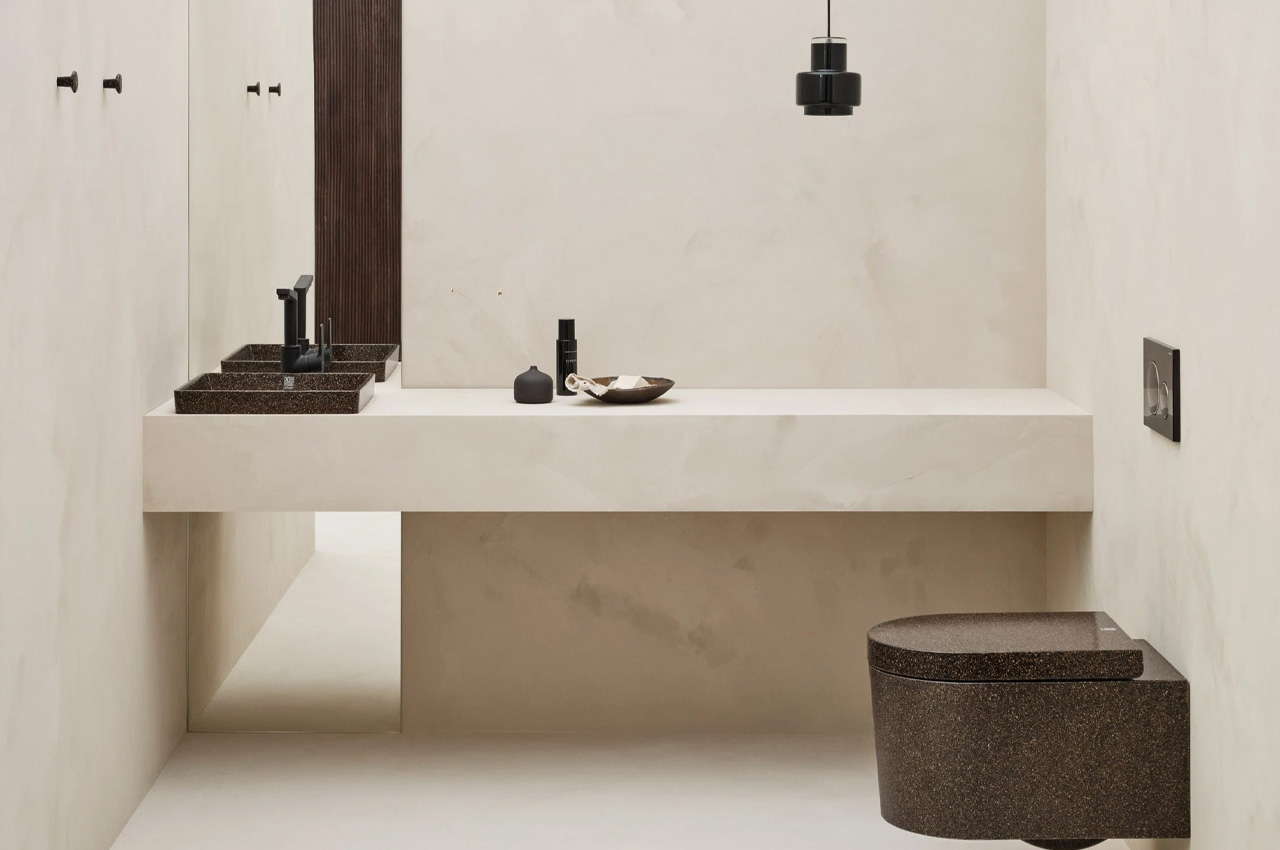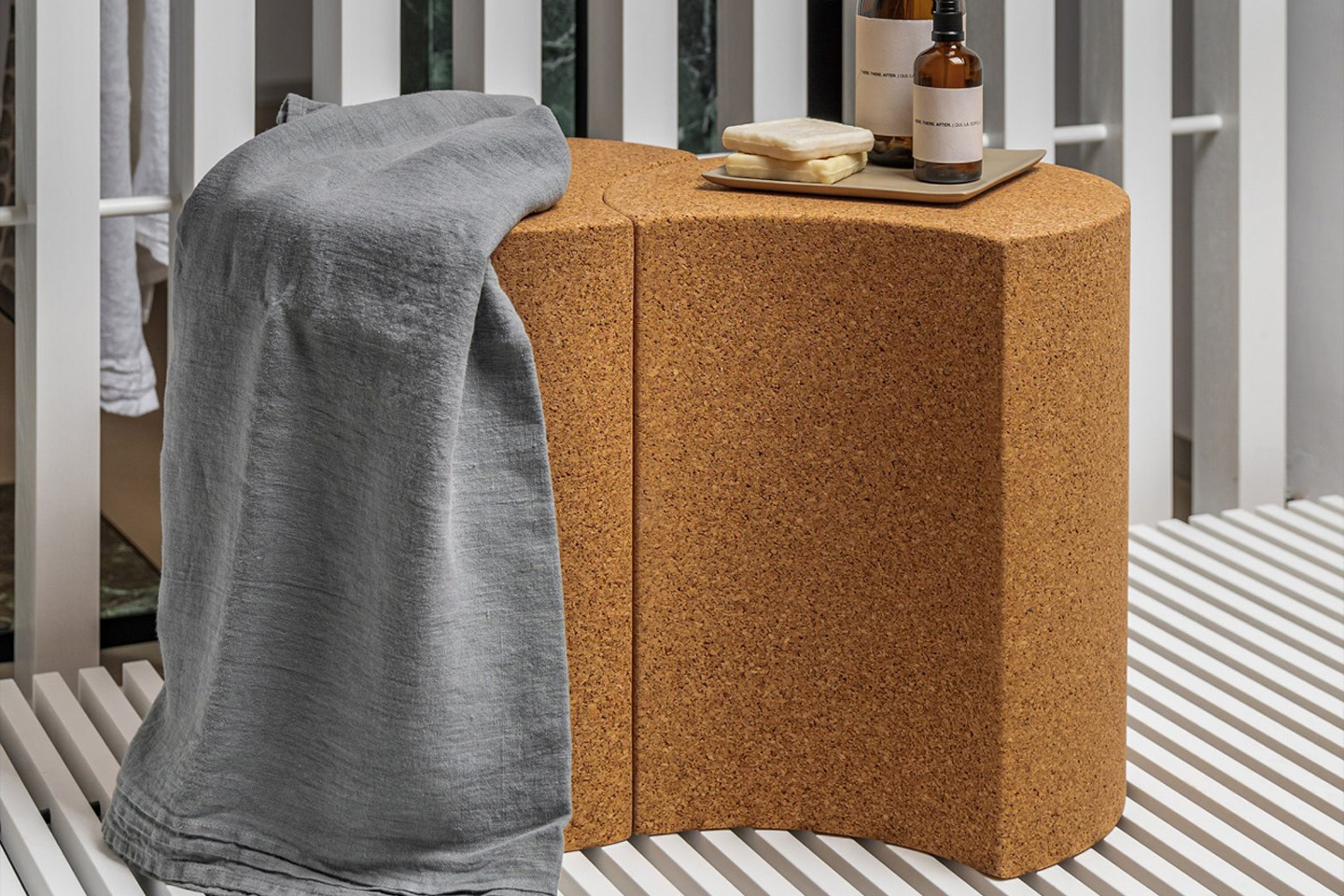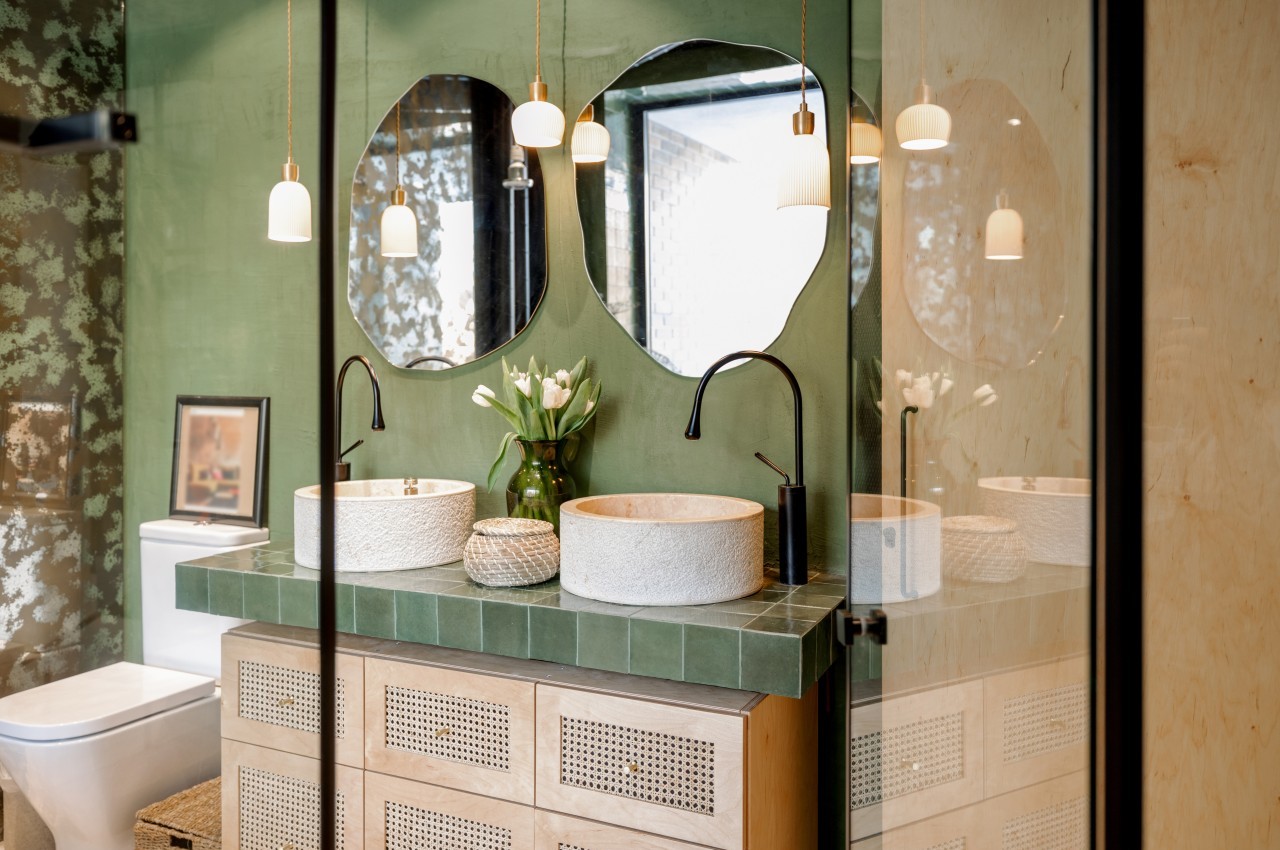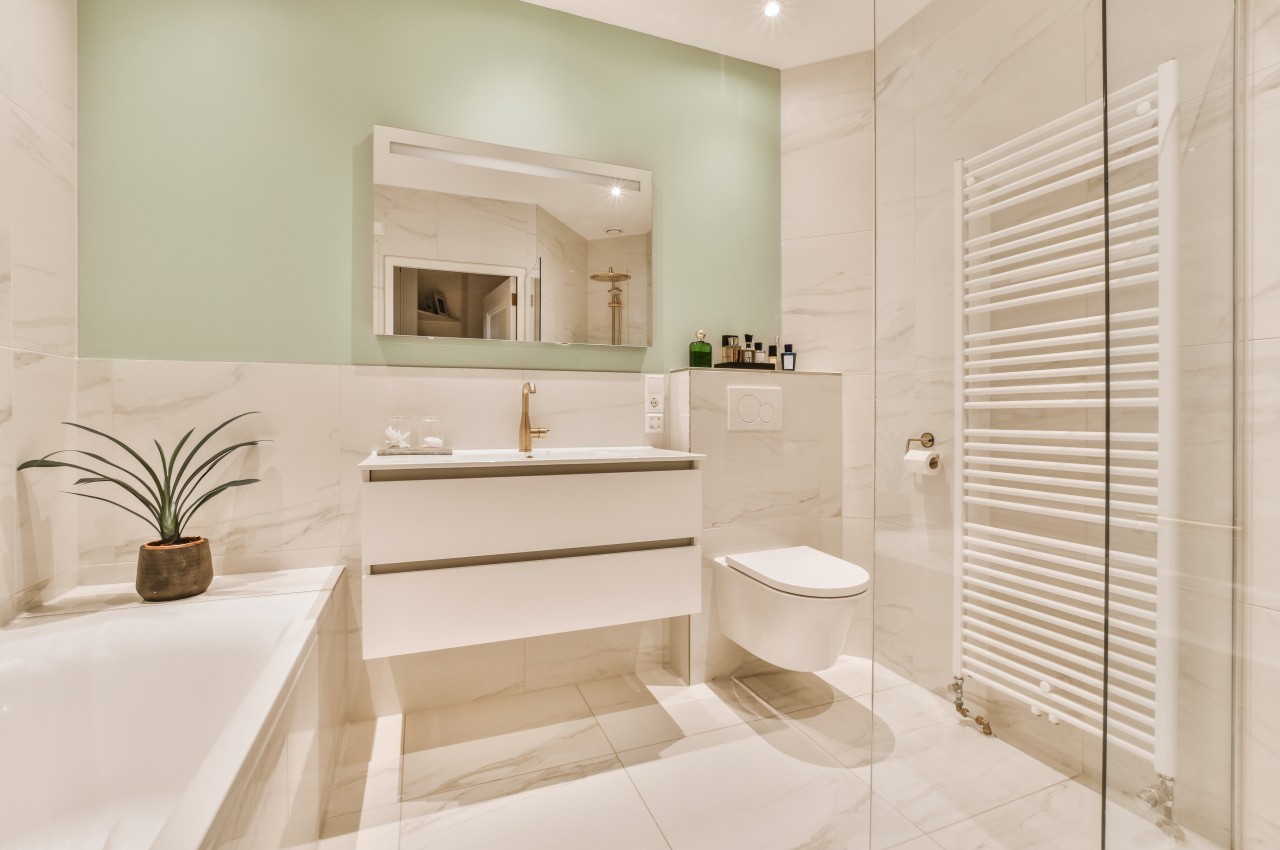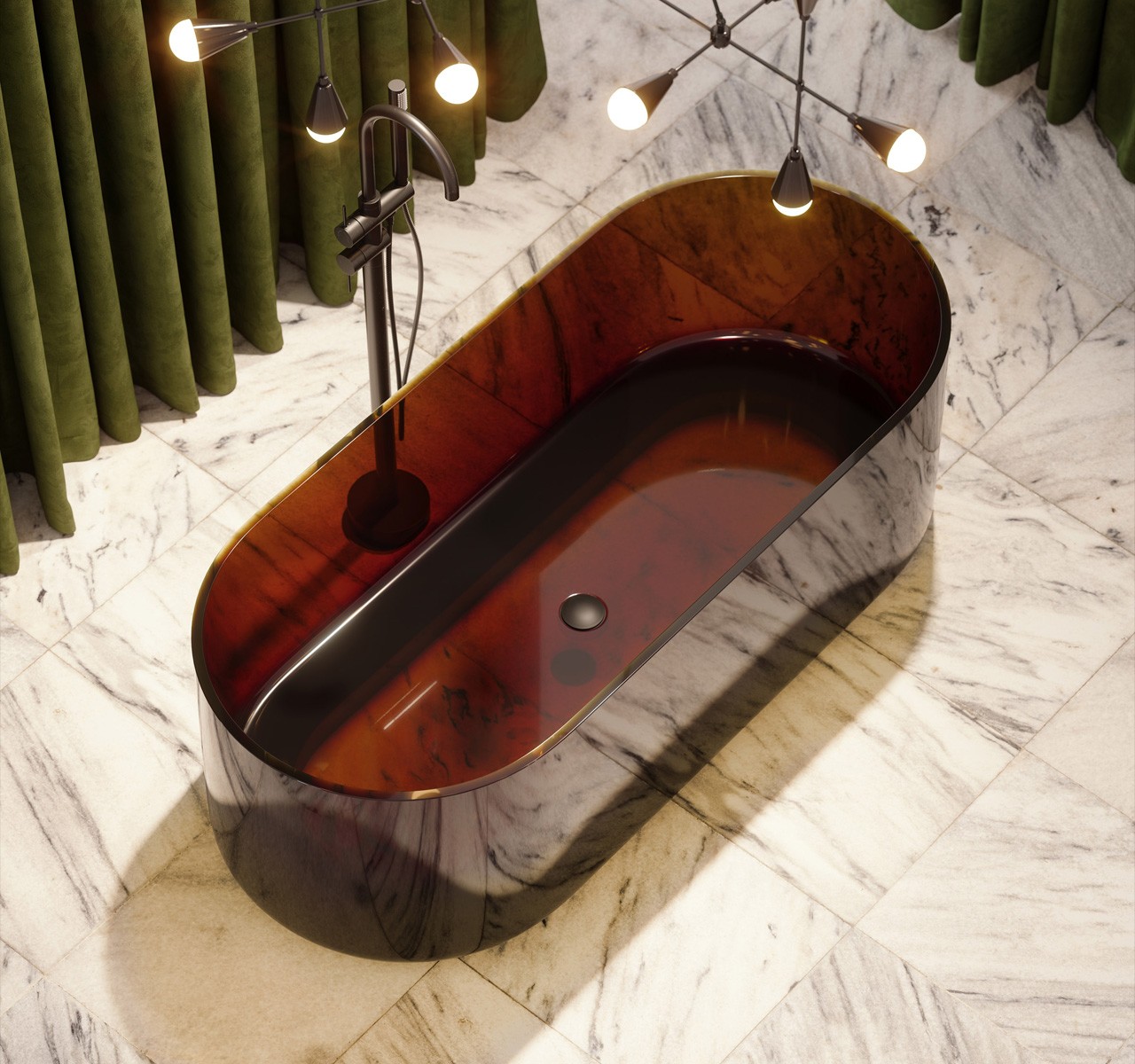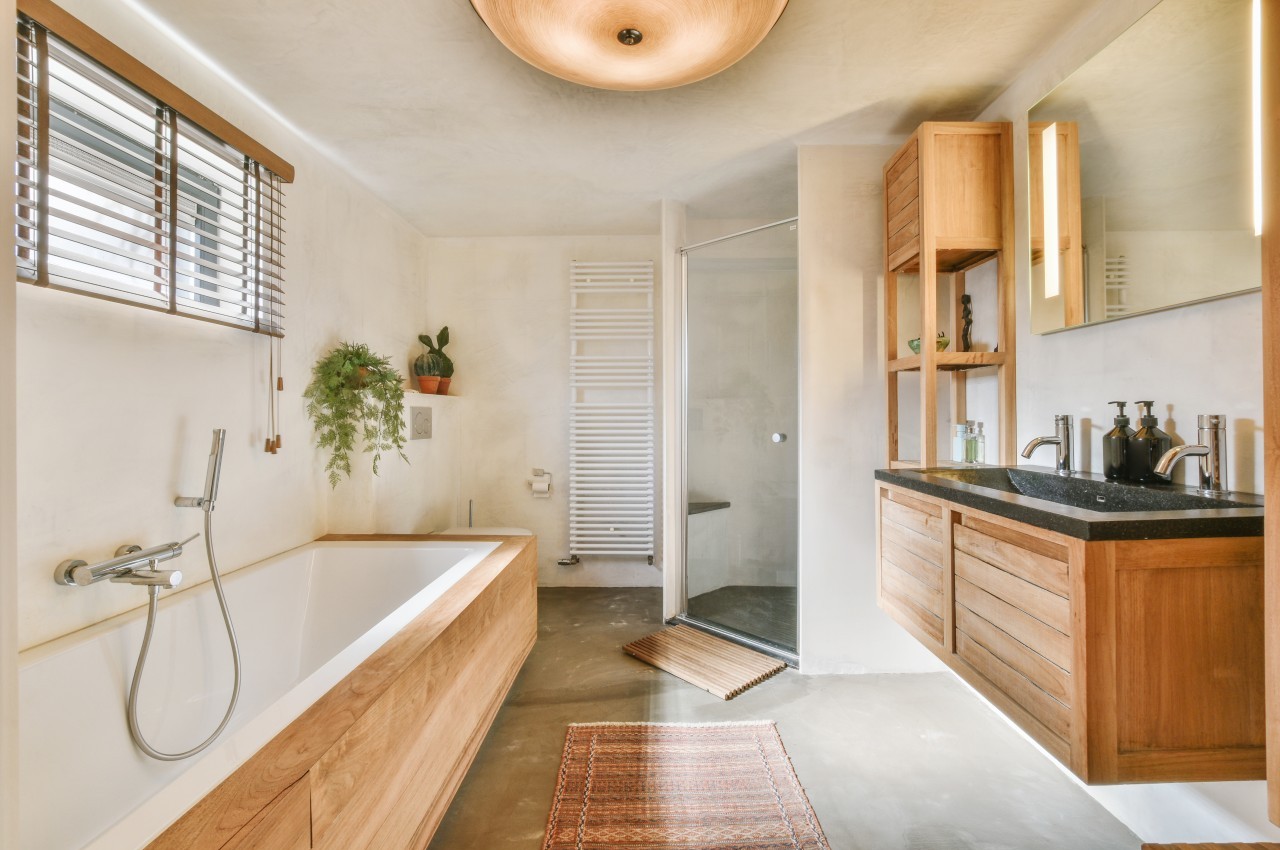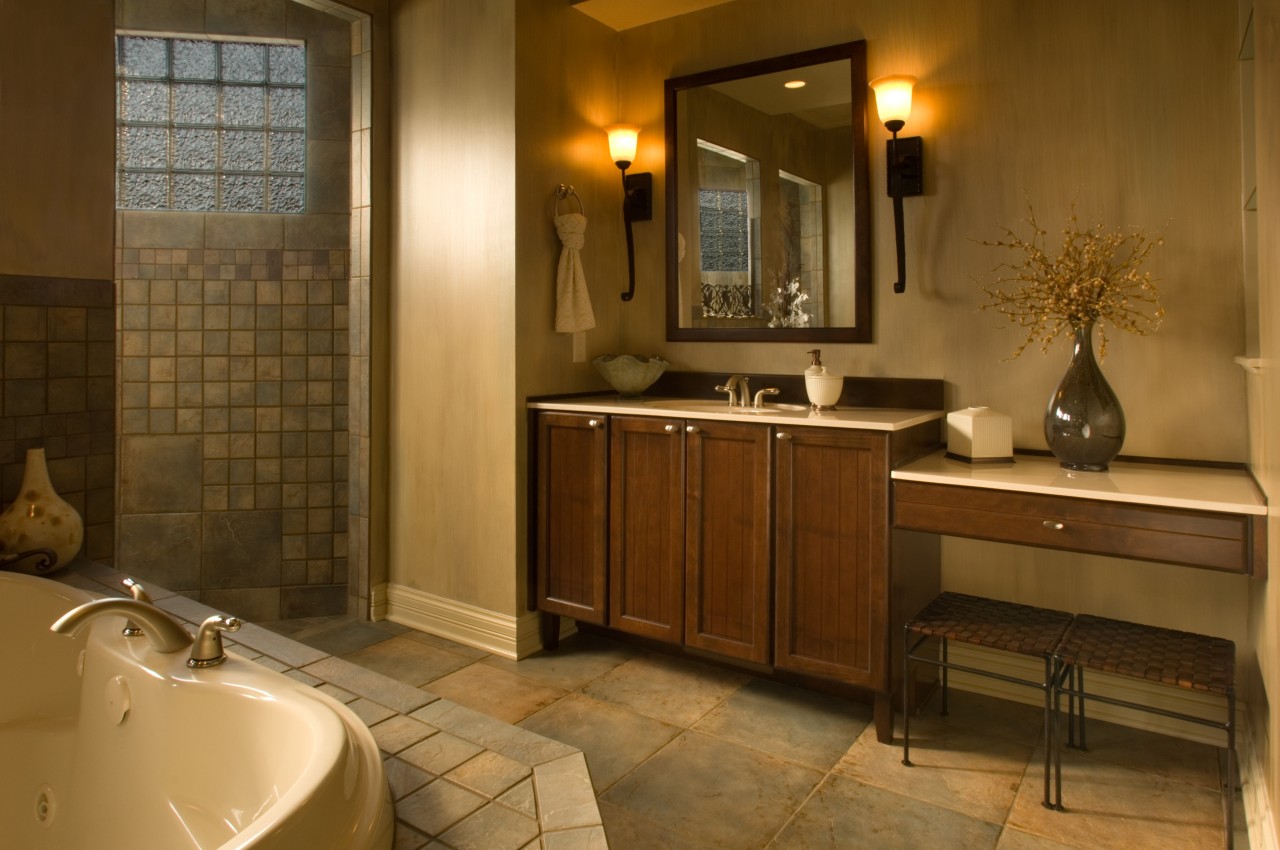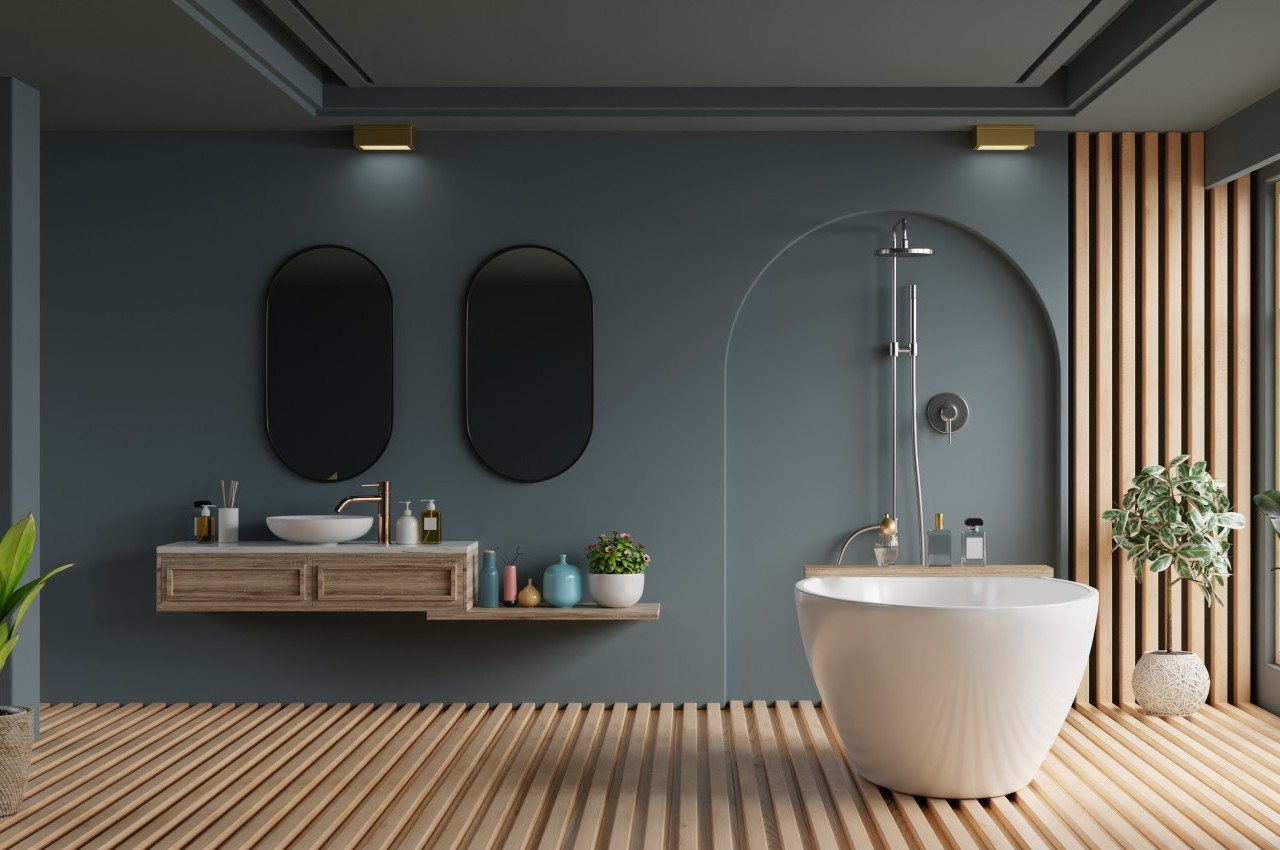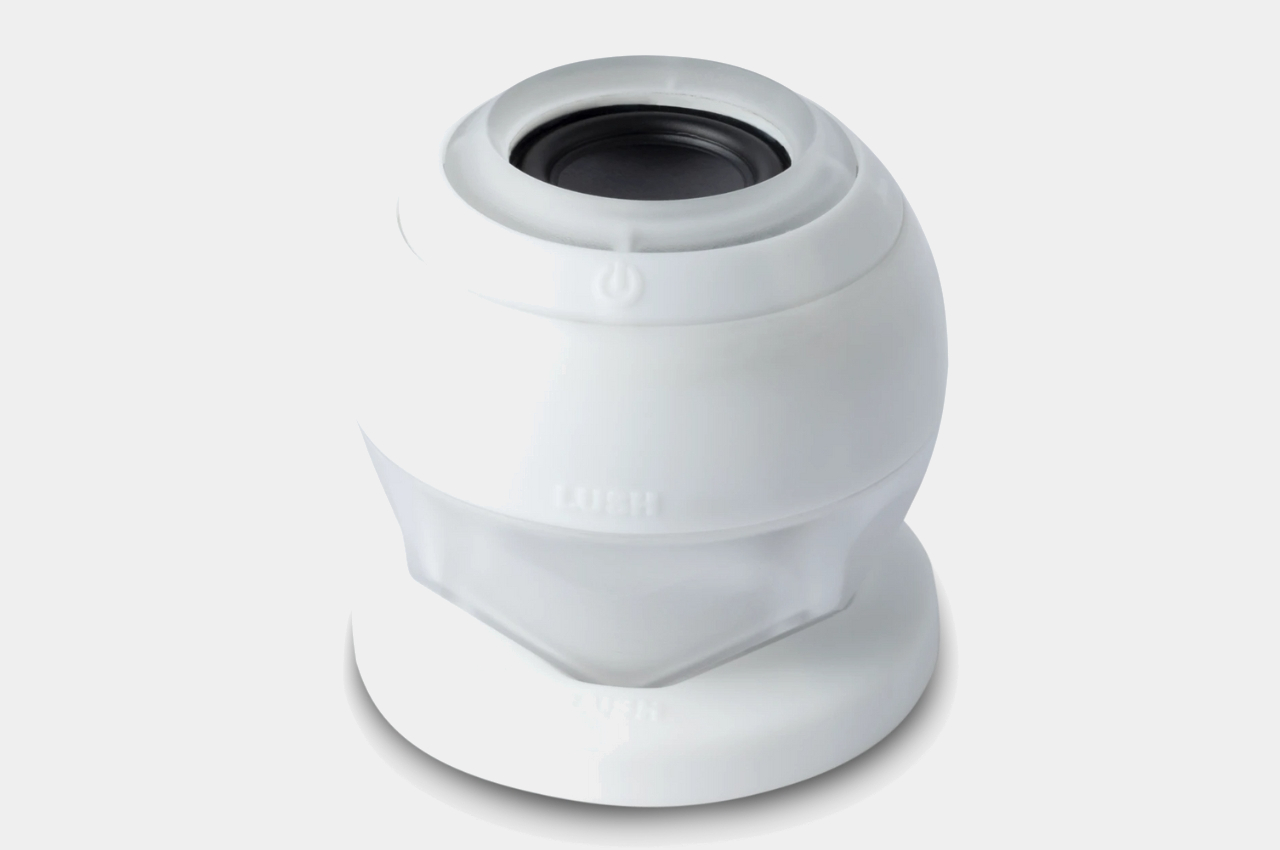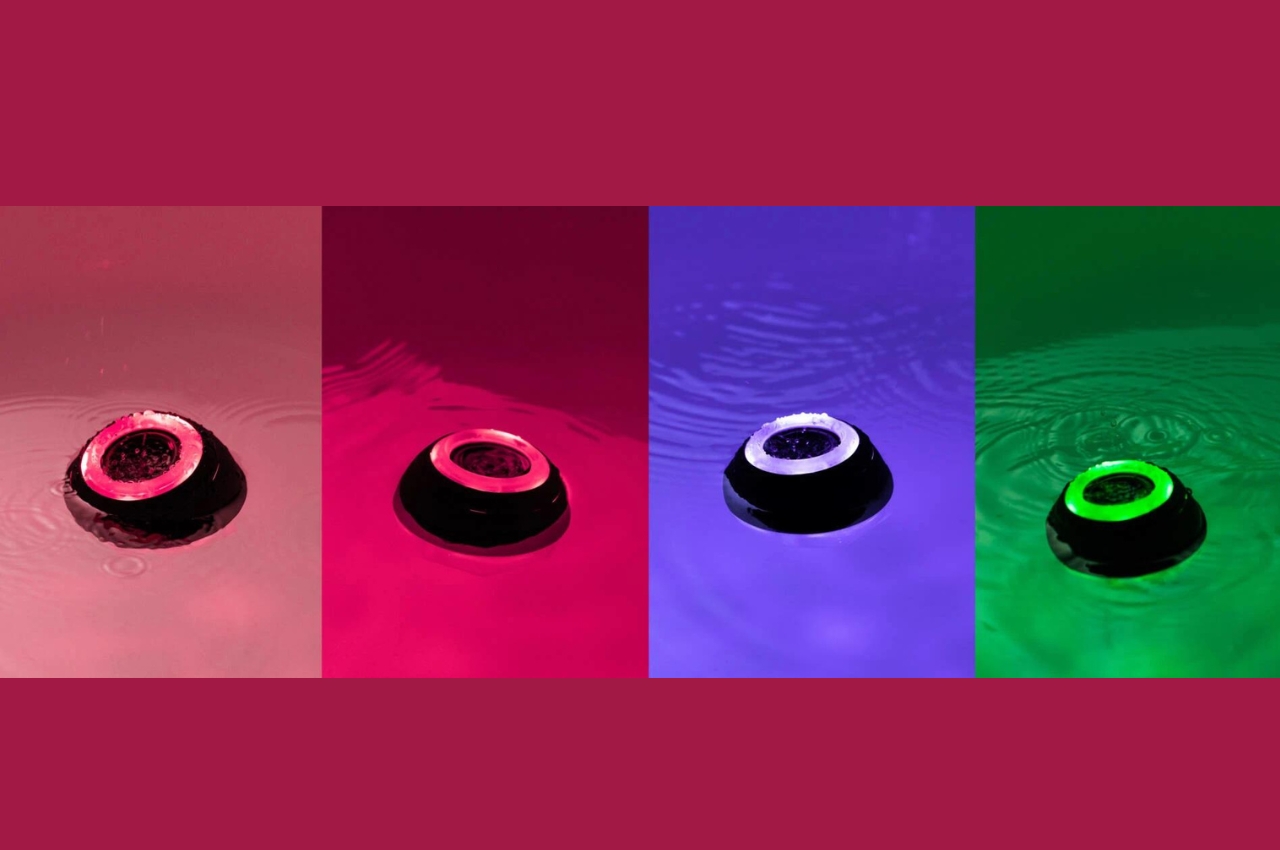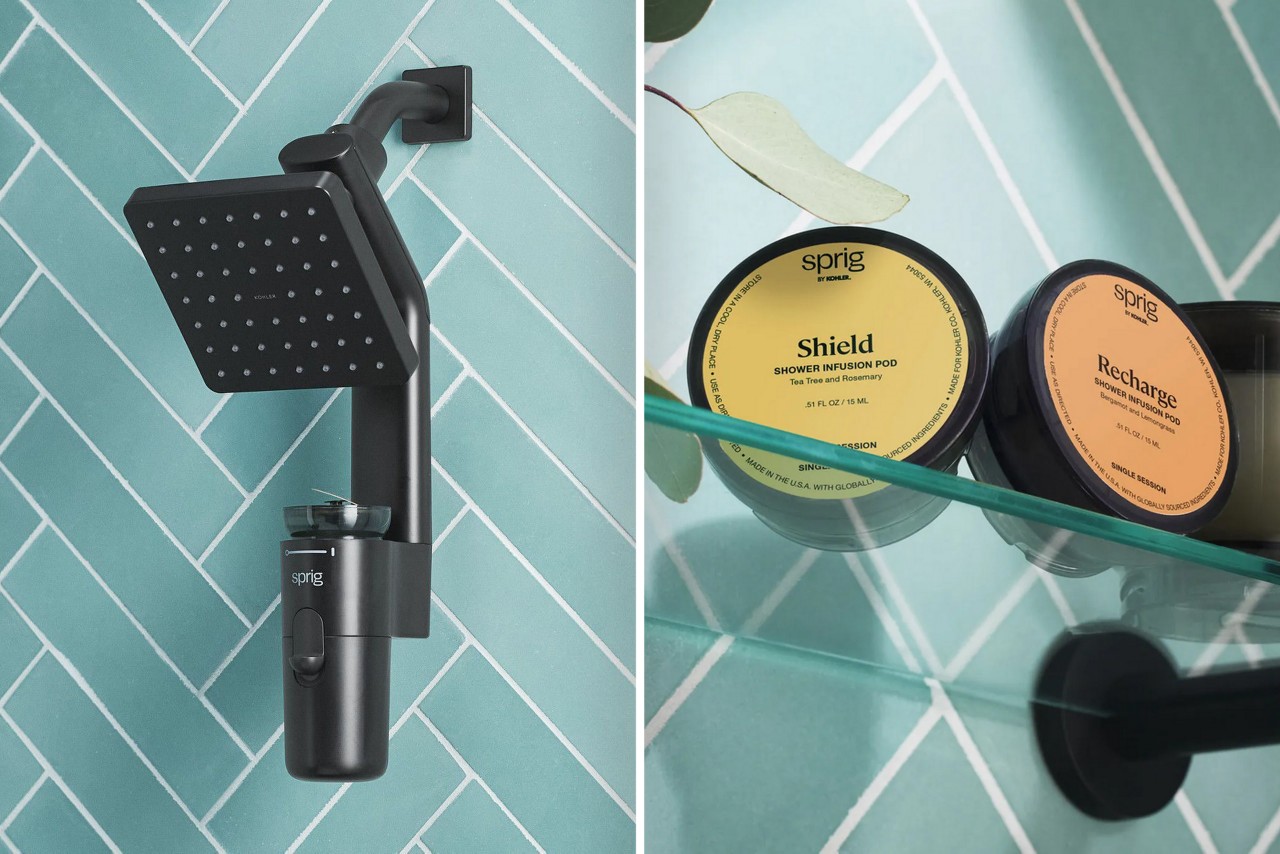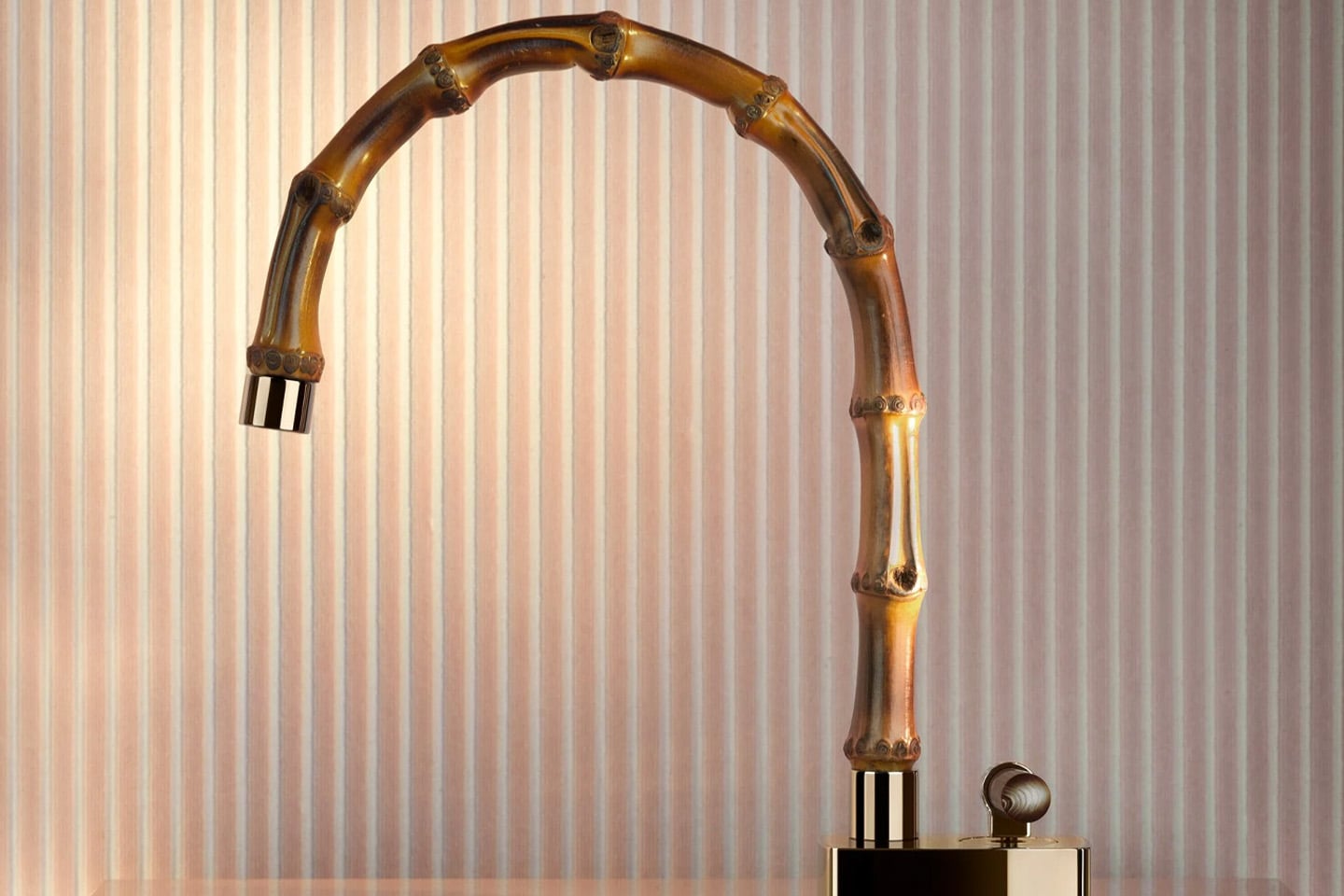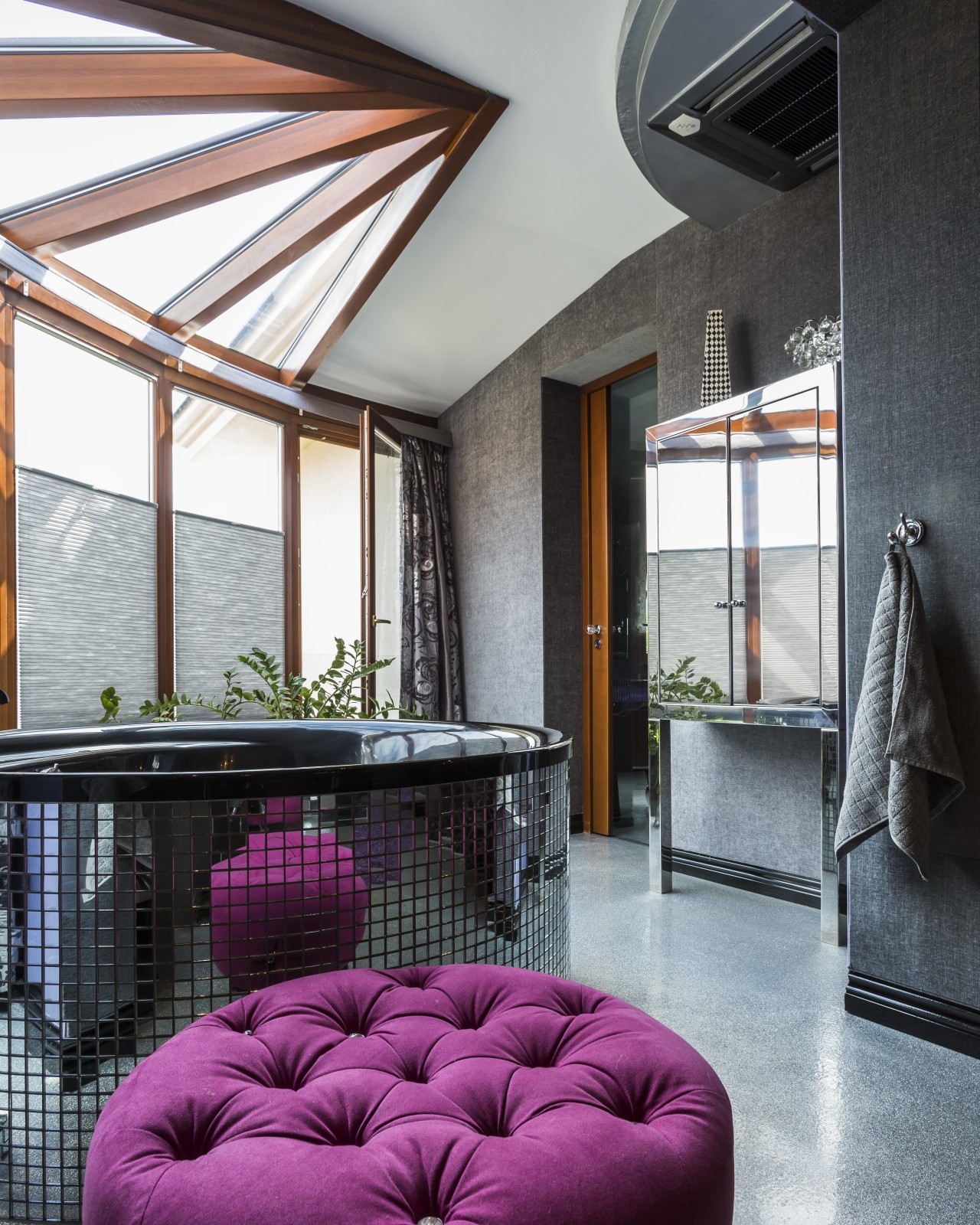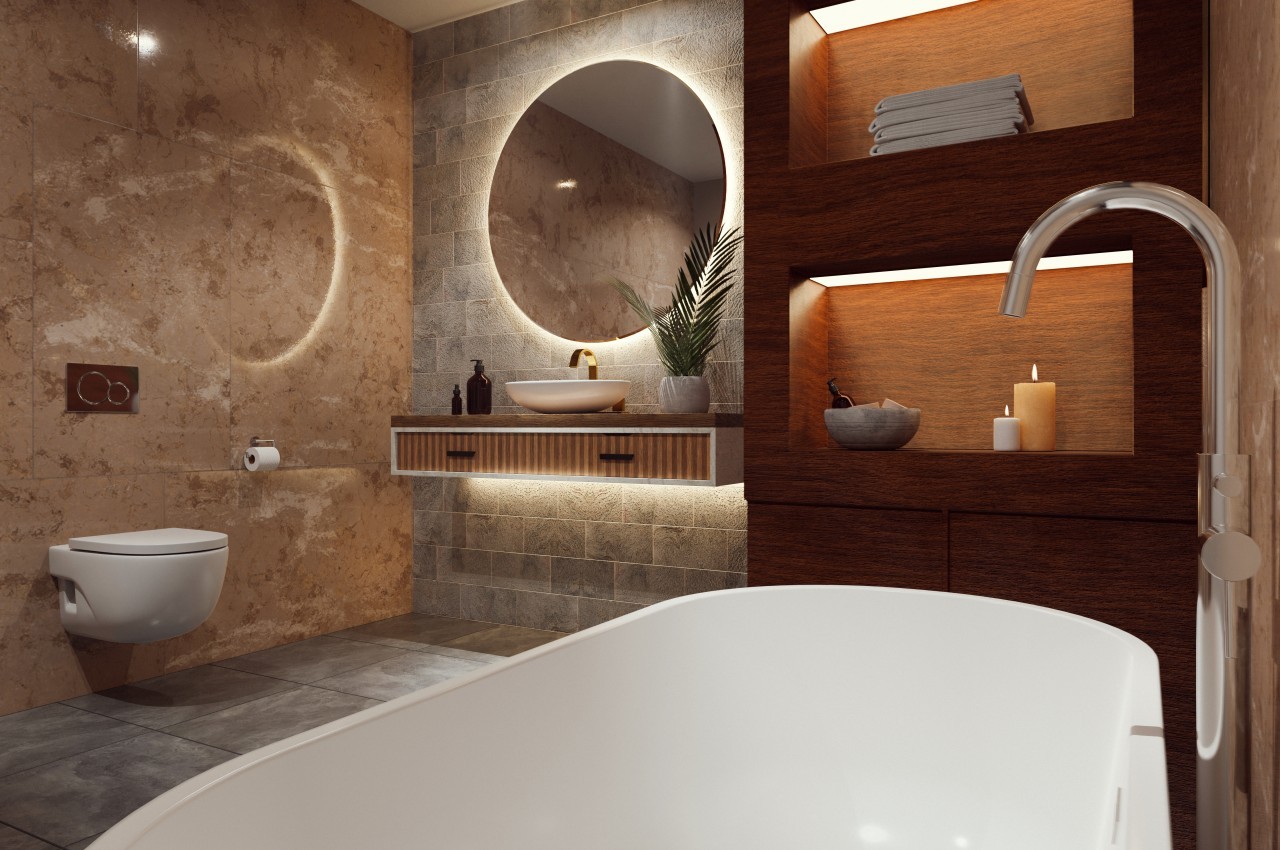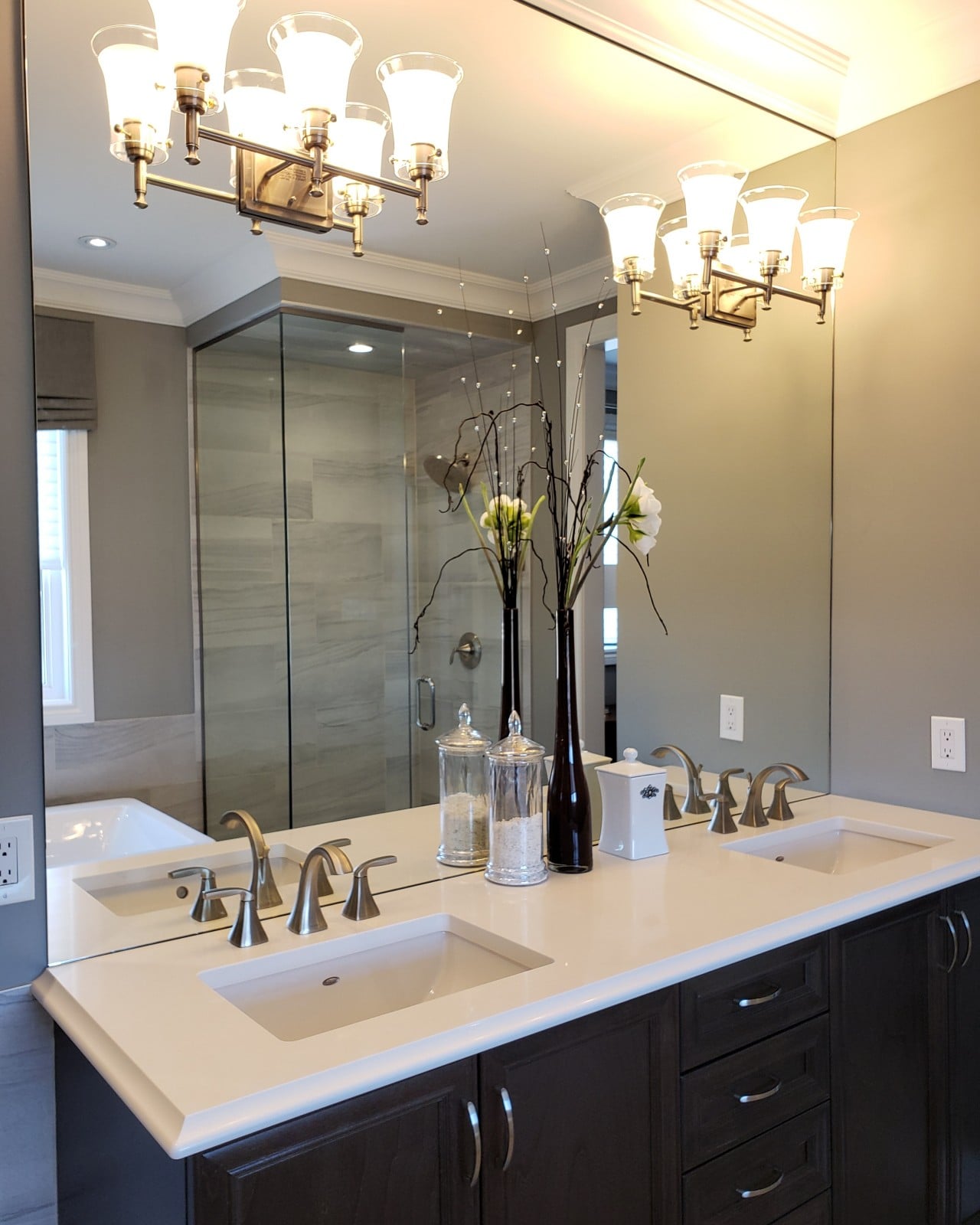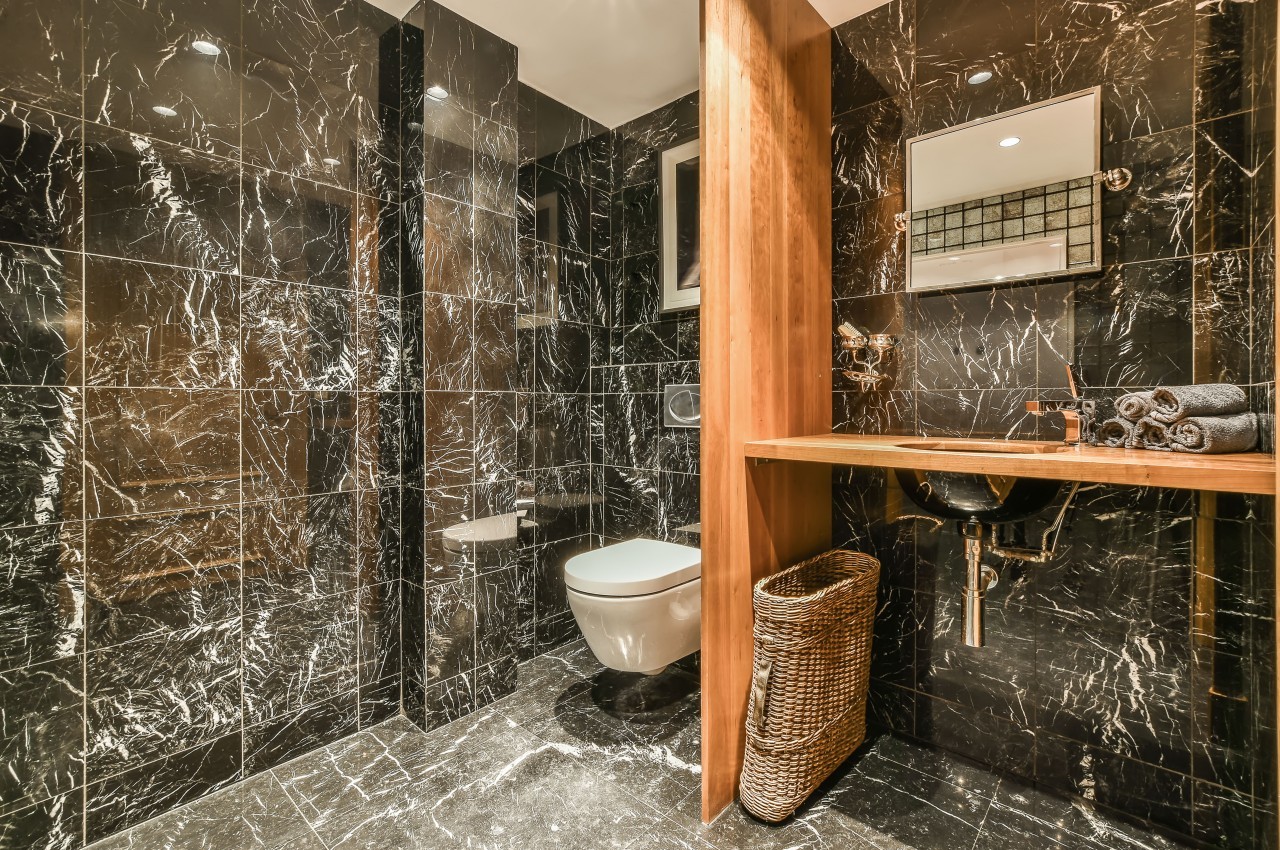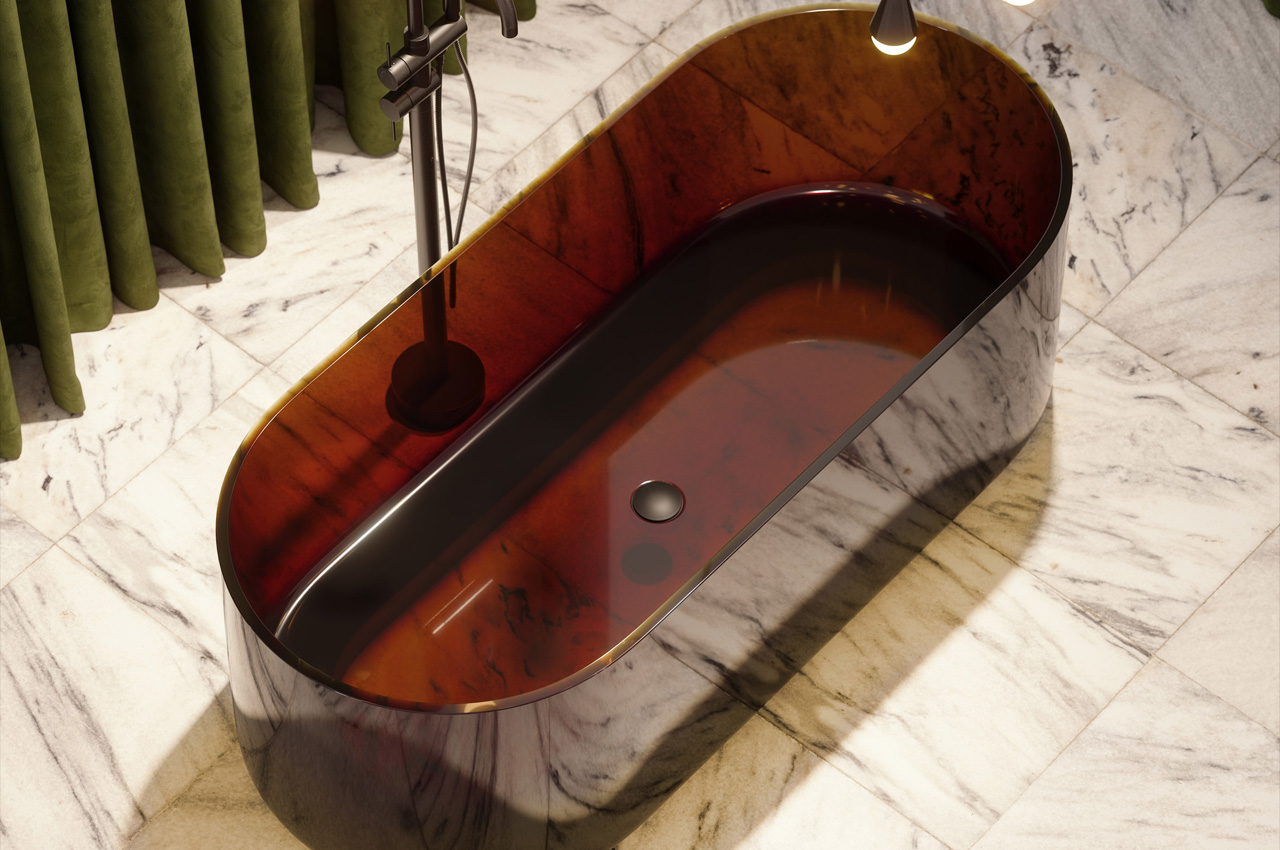
Designing a bathroom can be challenging due to the need to cater to various functions and utilities such as bathing, plumbing, maintaining a proper slope to prevent water stagnation, storage, and accommodating grooming activities. Here are solutions to some common issues that will help you to solve the bathroom design challenges that you face daily.
Designer: Lusso
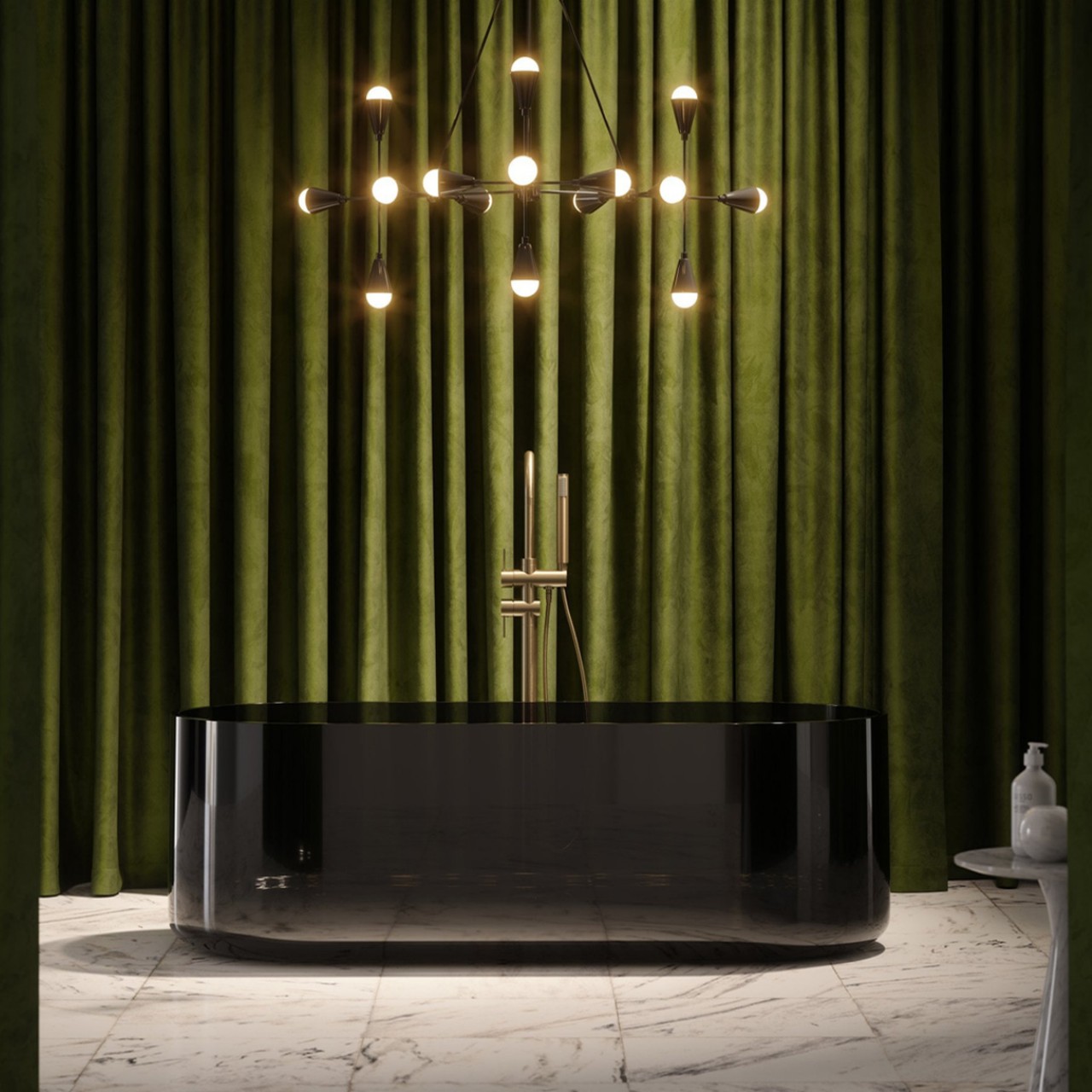
Problem 1: Compact Bathroom
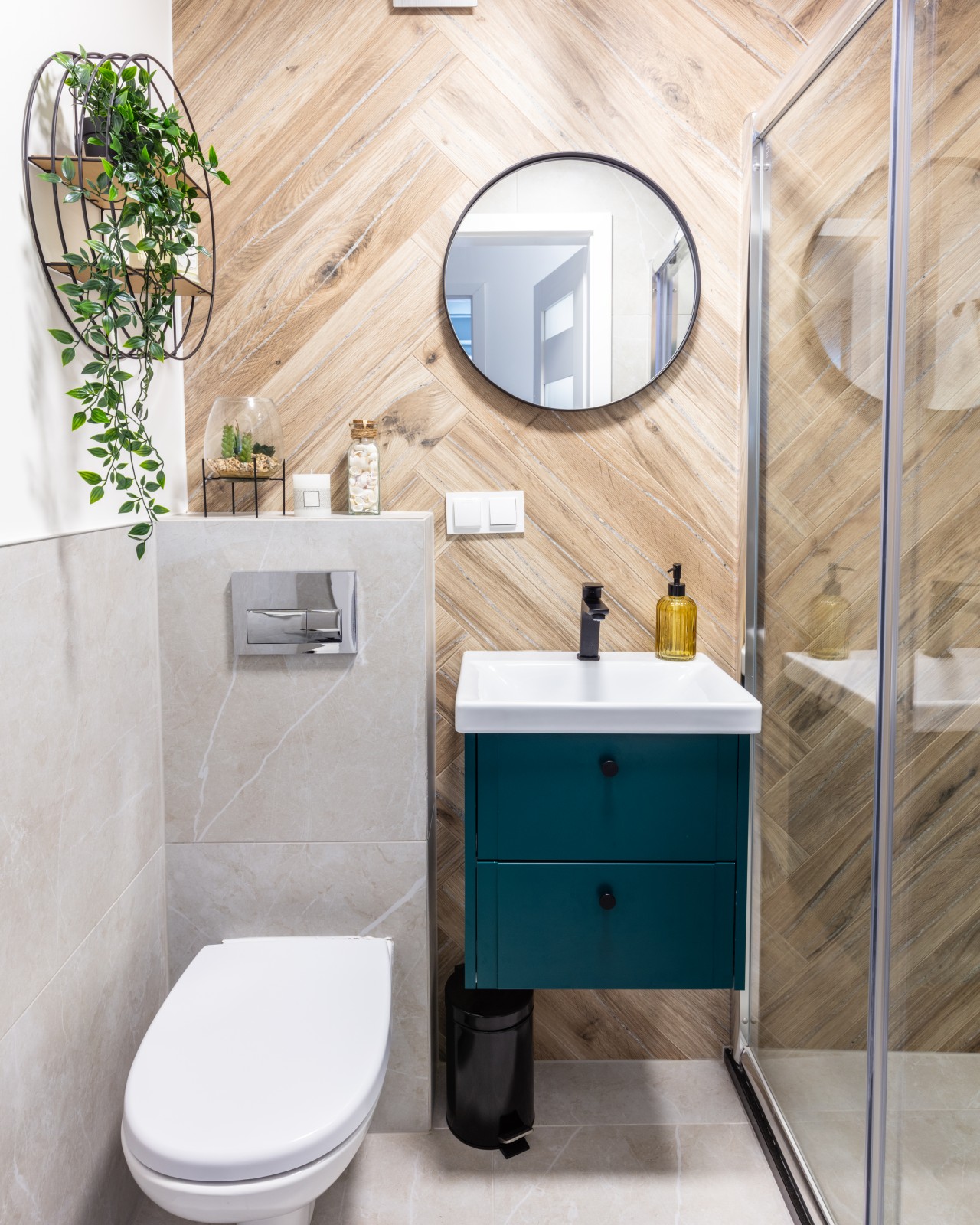
Image courtesy of: photocreo
Some bathrooms are so small that making space for a WC, sink, and shower can be challenging. In such an instance you can create a sense of spaciousness by freeing up the floor space and choosing wall-mounted sinks and toilets that are fixed above the ground. This is one of the best ways to give your washroom an open and airy ambiance and it also allows space for versatile storage below the sink.
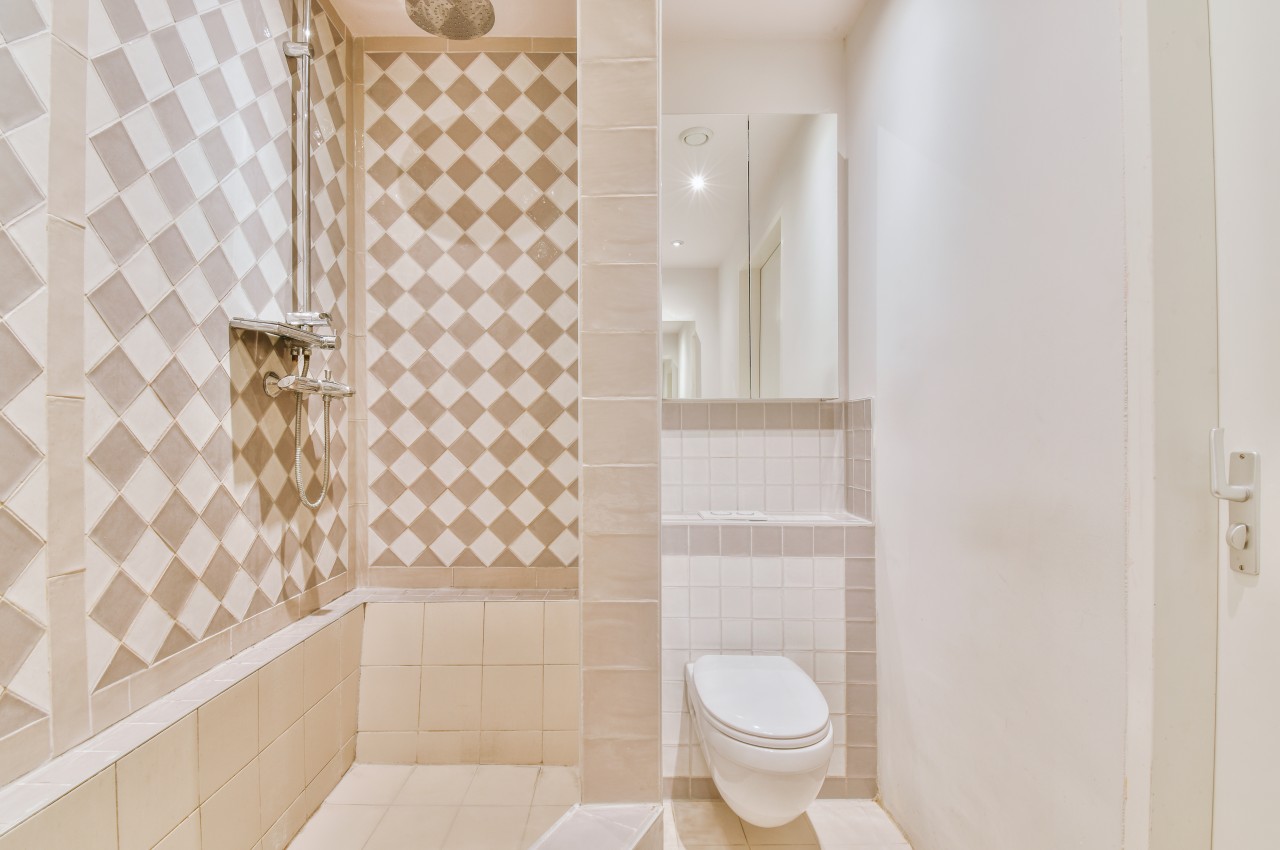
Image courtesy of: pro_creator
To make the bathroom look more spacious, install wall-to-wall mirrors to bounce light and visually double the space. Also, opt for paint colors such as light shades of blue, pastels, and white in semi- or high-gloss finishes to reflect light and give the impression of a larger bathroom.
Problem 2: No Window
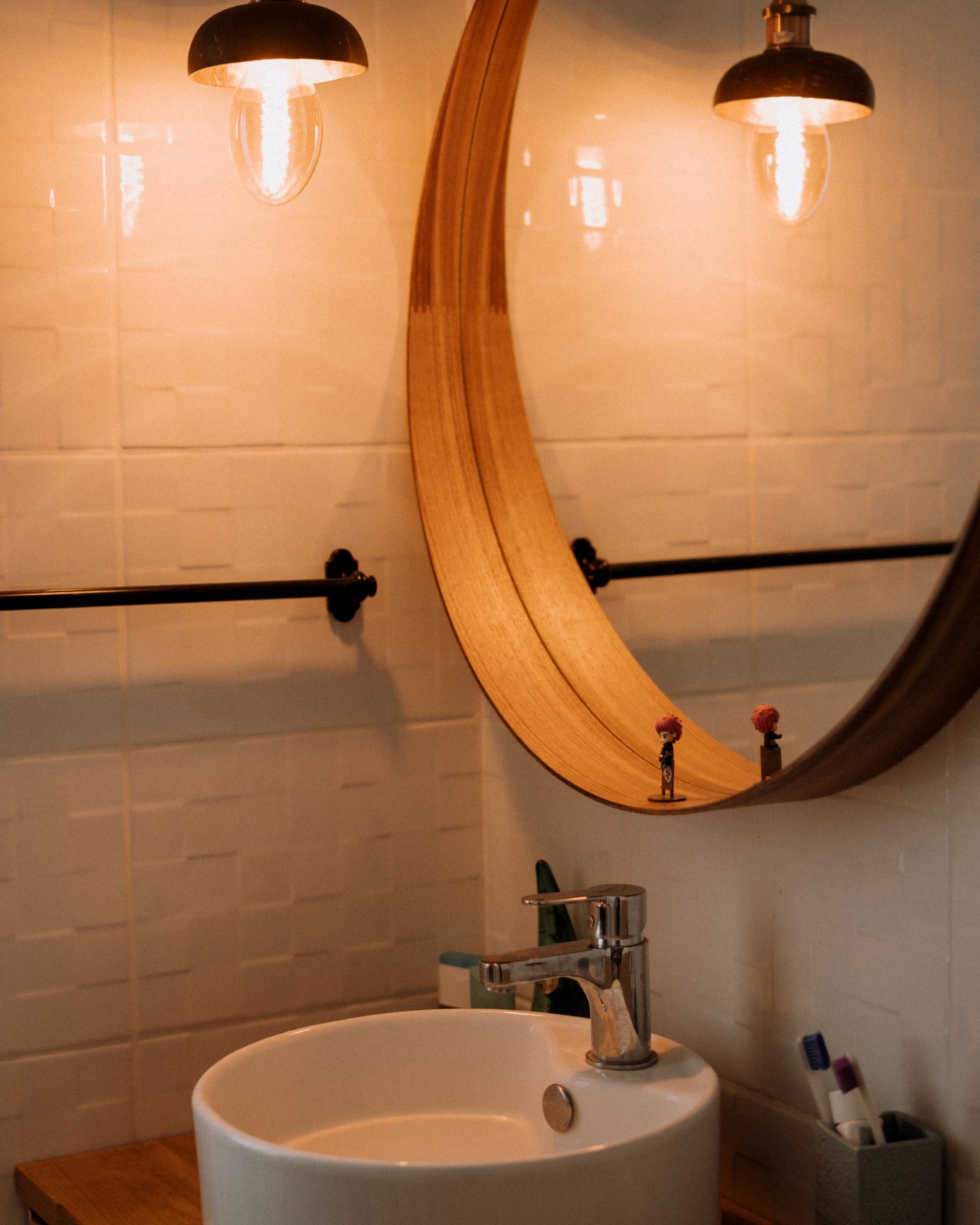
Image courtesy of: LesiaScotch
If your bathroom does not have a window, the space tends to look and feel dim. In such an instance it is important to enhance the lighting design to maximize illumination. Make it a point to integrate both overhead light fixtures and those around the mirror to distribute light throughout the bathroom.
Problem 3: Bad Ventilation
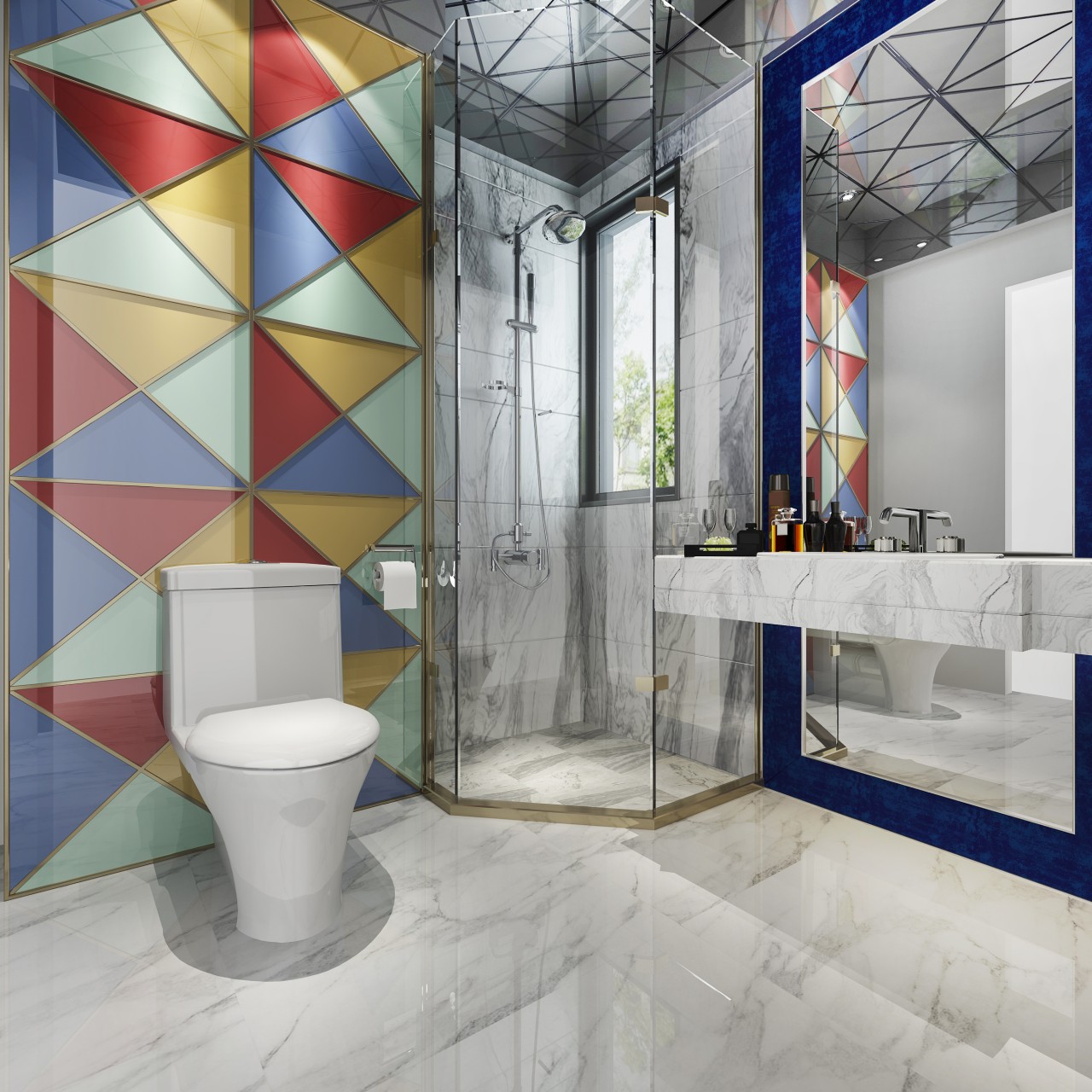
Image courtesy of: dit26978
Ventilation issues are common in older bathrooms despite having windows. Consider installing a shower exhaust fan with a built-in light. This promotes air circulation, dries the bathroom after each shower, and reduces the growth of mold and mildew. As a result, the bathroom stays fresh with minimal mold growth on the shower door. Additionally, make sure to keep the bathroom dry after each shower.
Problem 4: Insufficient Storage
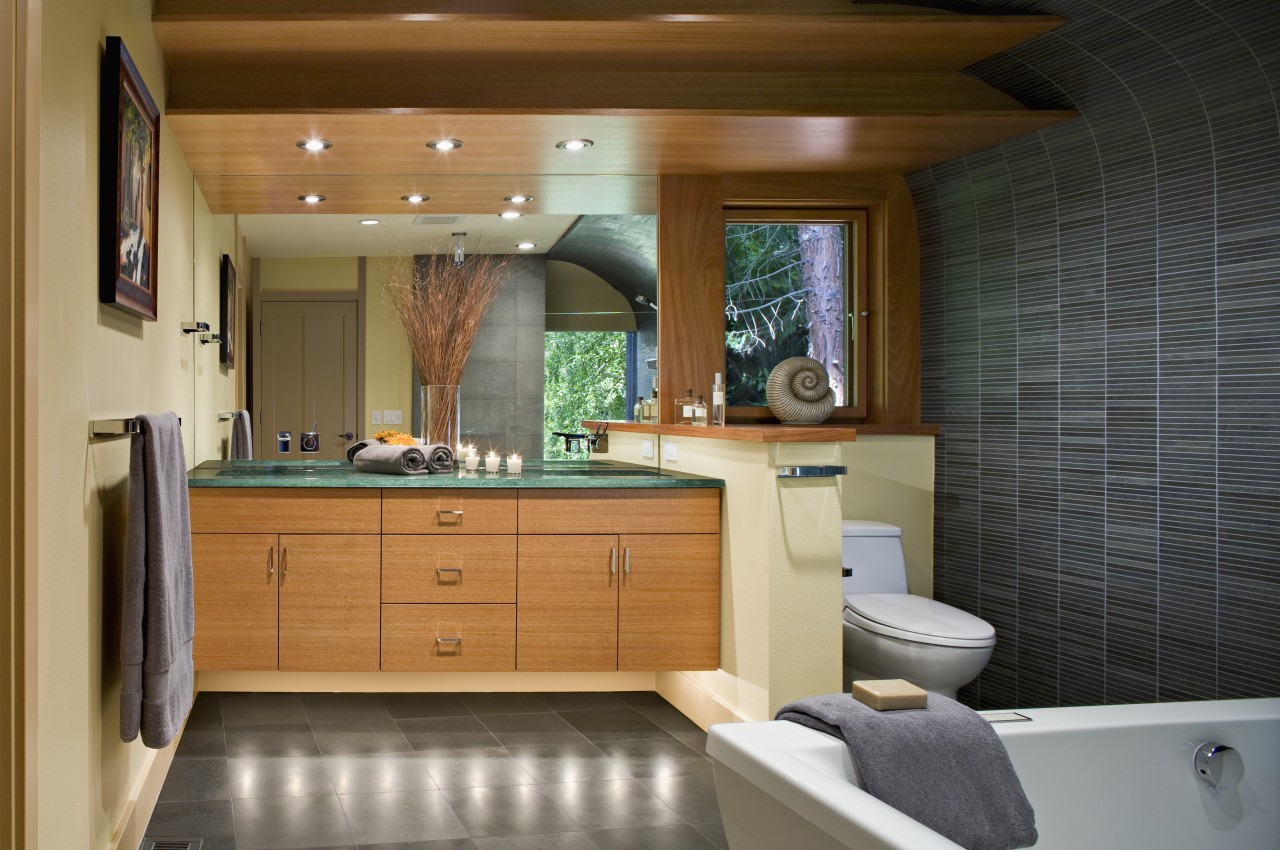
Image courtesy of: Mint_Images
Since small and mid-size bathrooms tend to be cluttered, the most cost-effective and practical bathroom storage solution is to upgrade standard mirrors to cabinet mirrors or medicine cabinets. The best part about these storage cabinets is that they are available in a variety of styles that not only enhance the bathroom décor but the items are not within reach of the children. It is highly recommended to upgrade to a vanity with drawers and cabinets with doors and add shelves over the toilet. This quick and easy conversion makes provision for extra storage for storing toiletries, razors, towels, etc without the hassle of a major renovation of storage.
Explore your storage preferences, from a single drawer to various compartments or open shelves for efficient storage. Extend cabinets vertically if needed and introduce unconventional solutions like baskets, wall shelves, freestanding cabinets, or a ladder for towels.
Problem 5: Underutilized Bathtub
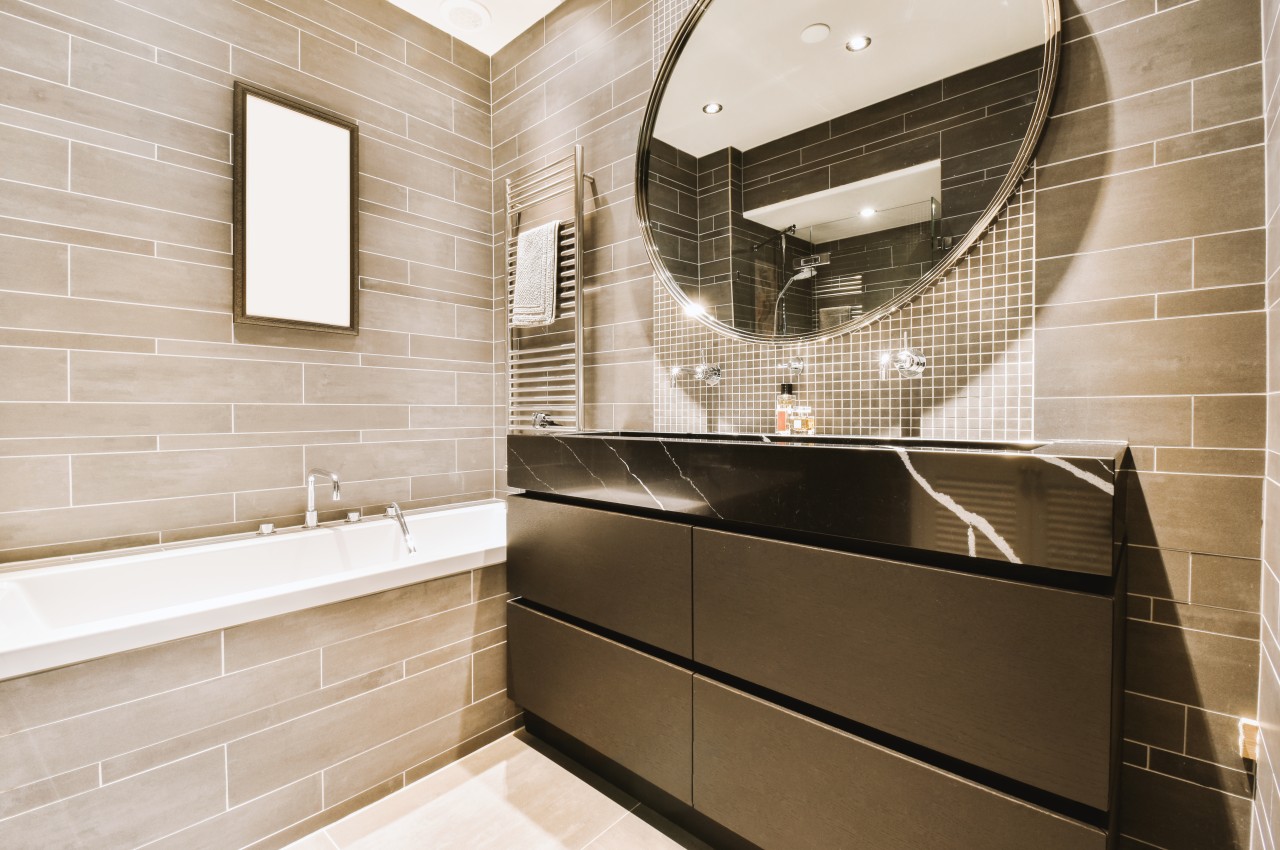
Image courtesy of: pro_creator
Using the bathtub can be difficult, especially for the elderly, so consider removing the bathtub and going for a walk-in shower instead for maximum accessibility. This addition increases floor space, creating a wider drainage area below the rainfall head. For a more refined look, you can bring in body steam for a spa-like addition, and replace the wall panels around the bathtub, without touching the rest of the bathroom tiles.
Problem 6: Insufficient Lighting
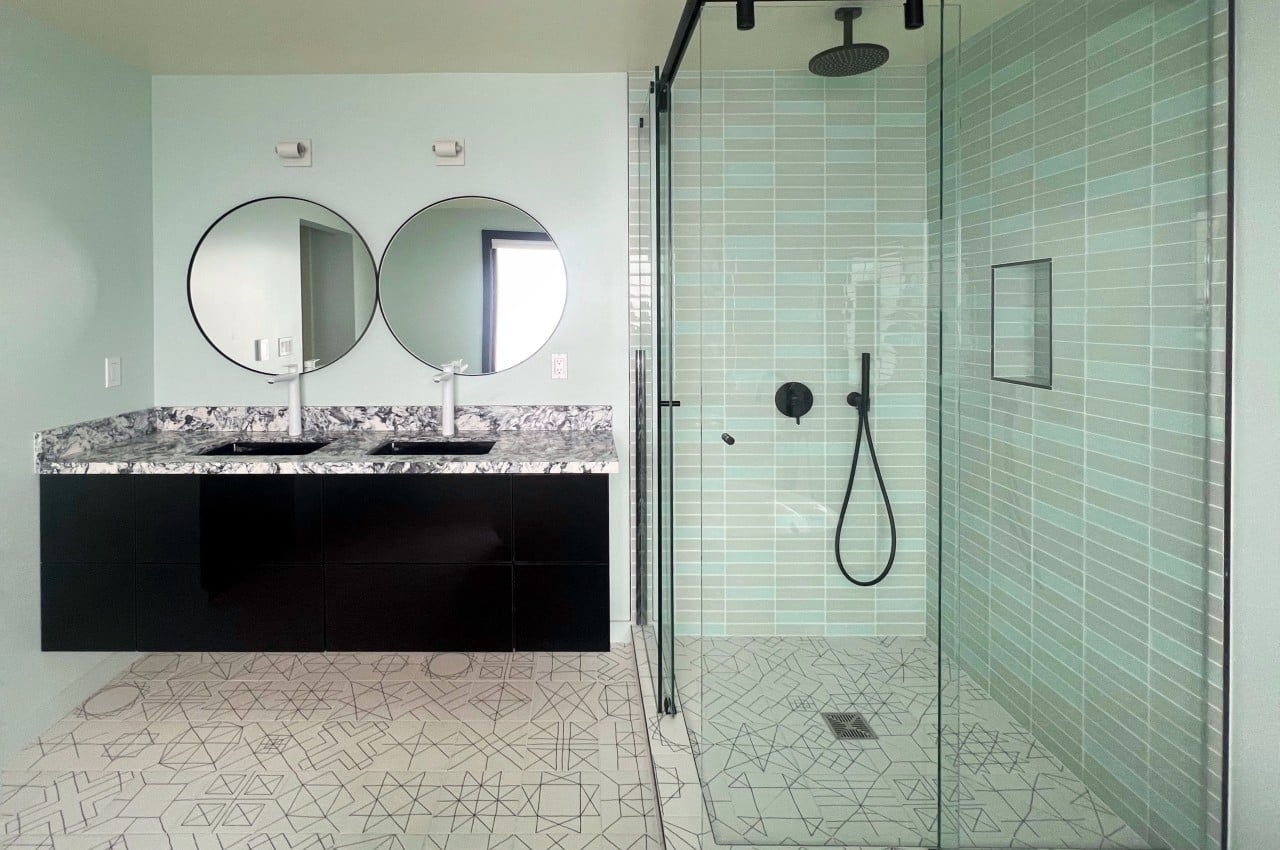
Image courtesy of: statuslapa
A dim bathroom can be very uncomfortable, especially without a window. One of the best ways is to brighten the space with a layered approach. Note that the light fixtures ensure adequate lighting for different purposes. Here are examples of each type of layered lighting scheme.
• Ambient lighting illuminates the entire bathroom and some examples of ambient lighting include ceiling fixtures, pendant lighting, and recessed lighting.
• Task lighting creates additional light in specific areas, such as over the vanity or in the shower. Wall lamps or lamps can brighten up specific areas. This light is designed for specific tasks such as shaving, makeup, combing, and hair styling. Light fixtures include mirrors with lights, wall lights, or pendant lights.
• Accent lighting emphasizes a special feature, such as highlighting a particular design or simply placing a chandelier over a soaking tub.
Choose energy-efficient LED downlights in bathrooms, ensure safe lighting in wet areas, and efficient lighting on basins. Enhance the overall atmosphere by placing bathroom wall lights on both sides of the mirror in windowless areas
Problem 7: Humidity and Dampness
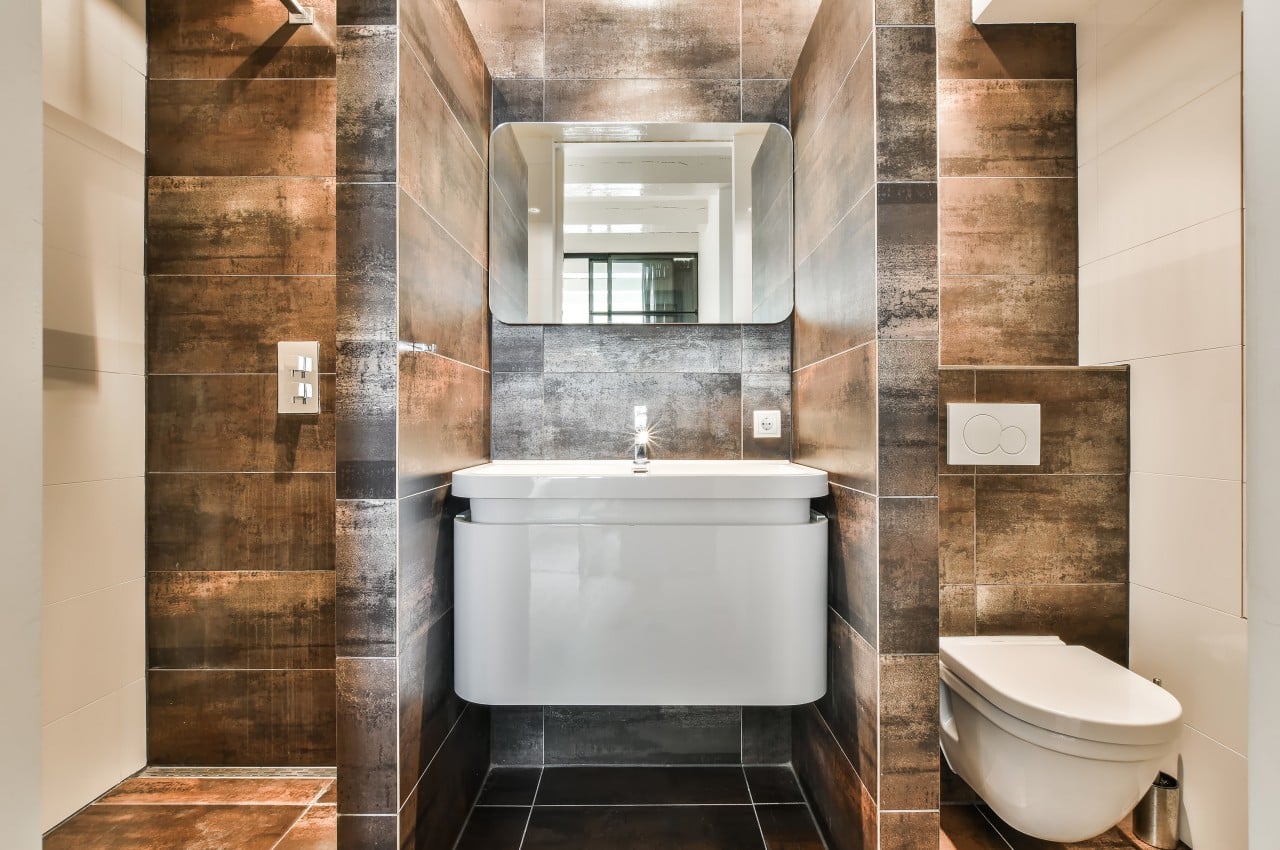
Image courtesy of: pro_creator
Fight damp bathrooms to prevent mold and health issues. When showering, leave the windows slightly open for fresh air that replaces the warm and cool air from the indoors. Make sure to clean HVAC ductwork and change filters regularly. Upgrade with air with high CFM-rated exhaust fans or choose a fan/UV light combination for better humidity control. If the bathroom doesn’t have a window, consider adding one for natural light and fresh air. Check your roof periodically for leaks that might be causing condensation within the bathroom.
Problem 8: No Wet and Dry Area
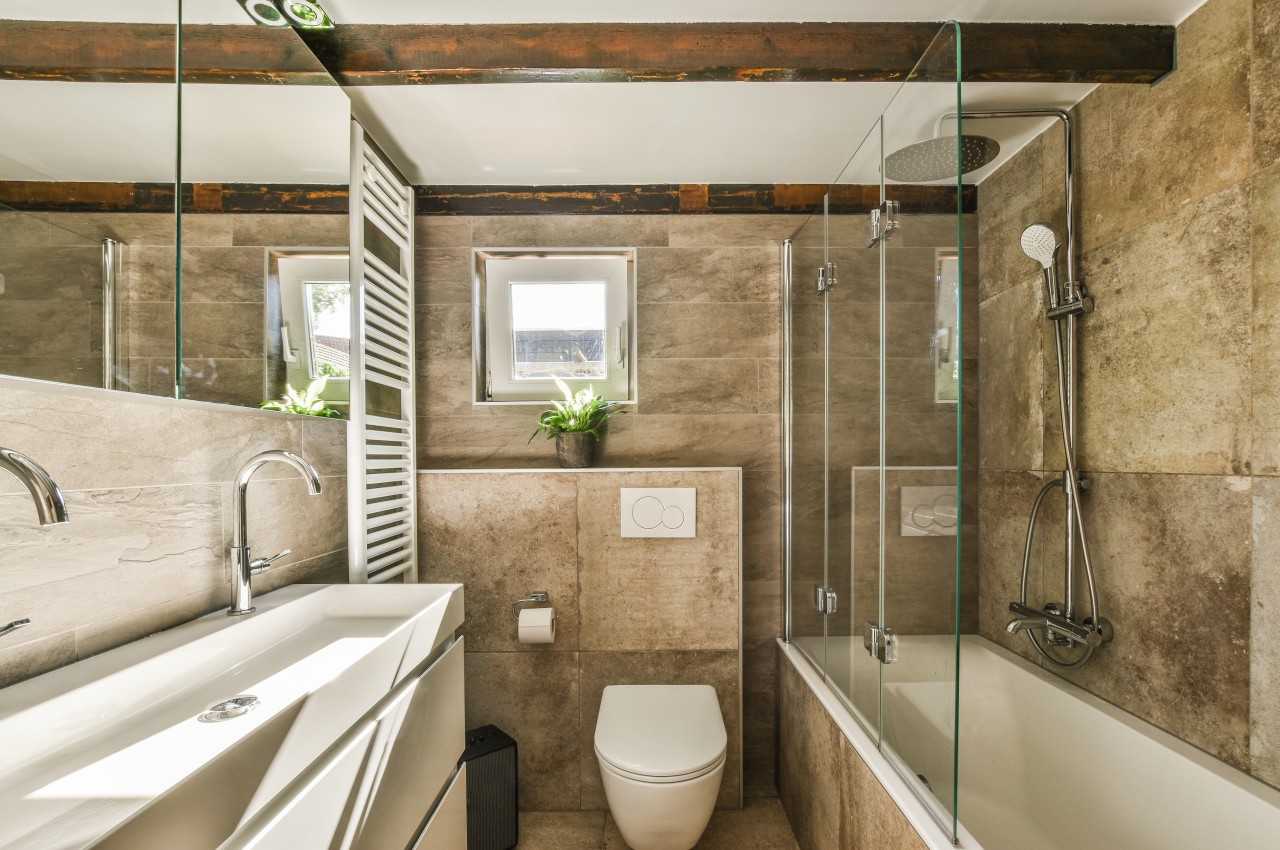
Image courtesy of: pro_creator
If the bathroom does not have a designated wet and dry area, the bathroom can get messy. Note that the wet area has a shower area, while the dry area has a WC and sink. This demarcation can be created with a glass divider that enhances the aesthetic and functional aspects of the bathroom, contributing to a better overall experience. In addition, the frameless screen ensures no visual obstruction and provides a clean, uncluttered view of the bathroom. A temporary and cost-effective way to create a dry bathroom is by using shower curtains.
Problem 9: Stagnant Water

Image courtesy of: pro_creator
When water drains slowly in the shower area, one remedy is to pour a large bowl of hot water into the drain. For a clogged drain, introduce a mixture of one cup of baking soda followed by one cup of vinegar, allowing it to sit for 30 minutes. This chemical reaction effectively reduces scum and completes the process by rinsing the drain with boiling water. Fix slow-draining showers quickly with a drain cleaner that clears clogs from hair, soap, and grime. Use enzyme-based options for a gentler solution, but follow instructions and use safety gear.
Alternately, if your showerhead has low water pressure, it may result from limescale buildup. Tie a packet of equal parts water and vinegar around the showerhead, submerging it for at least an hour, and use a soft brush to rinse the showerhead afterward.
Problem 10: Bathroom Odor
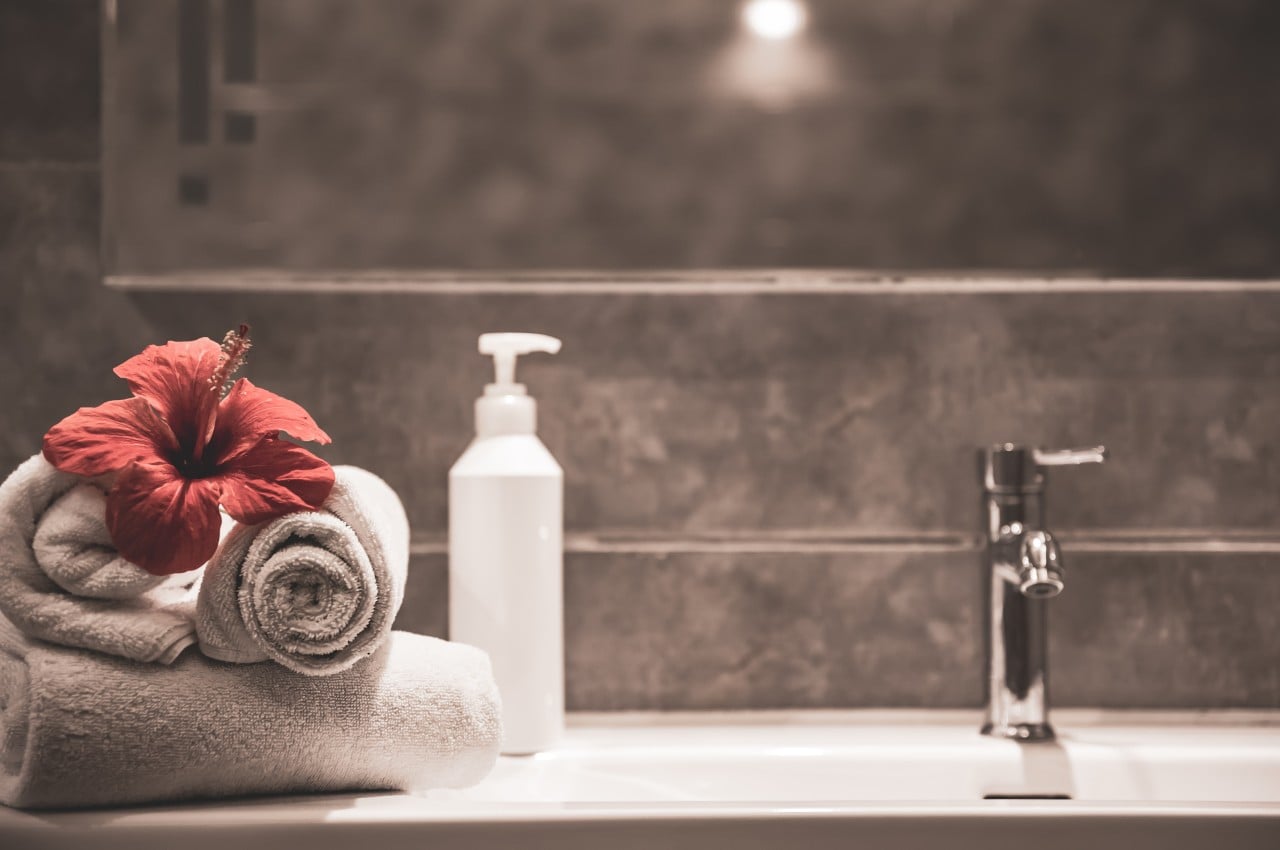
Image courtesy of: puhimec
Blocked drains, wet towels, and accumulated dirt in showers can cause unpleasant bathroom odors. Ensure proper ventilation to eliminate all odors, remove trash regularly, and have a thorough weekly cleaning schedule. Use air purifiers and essential oil diffusers to freshen up the space and make the atmosphere pleasant.
Another DIY method of removing toilet odors is to mix lemon juice with baking soda to make a paste and scrub the surrounding areas with vinegar to soak the toilet in while they are being sprayed on areas with suspicious odors. After 15 minutes, flush the toilet and use a brush dipped in vinegar to scrub off the residue. Flush again, and you’re left with a fresh-smelling bath.
These tips will turn your bathroom into an awesome place. With a little planning and smart choices, you can create a comfortable and functional bathroom with these effective solutions.
The post Top 10 Bathroom Challenges Solved With Smart Solutions first appeared on Yanko Design.













